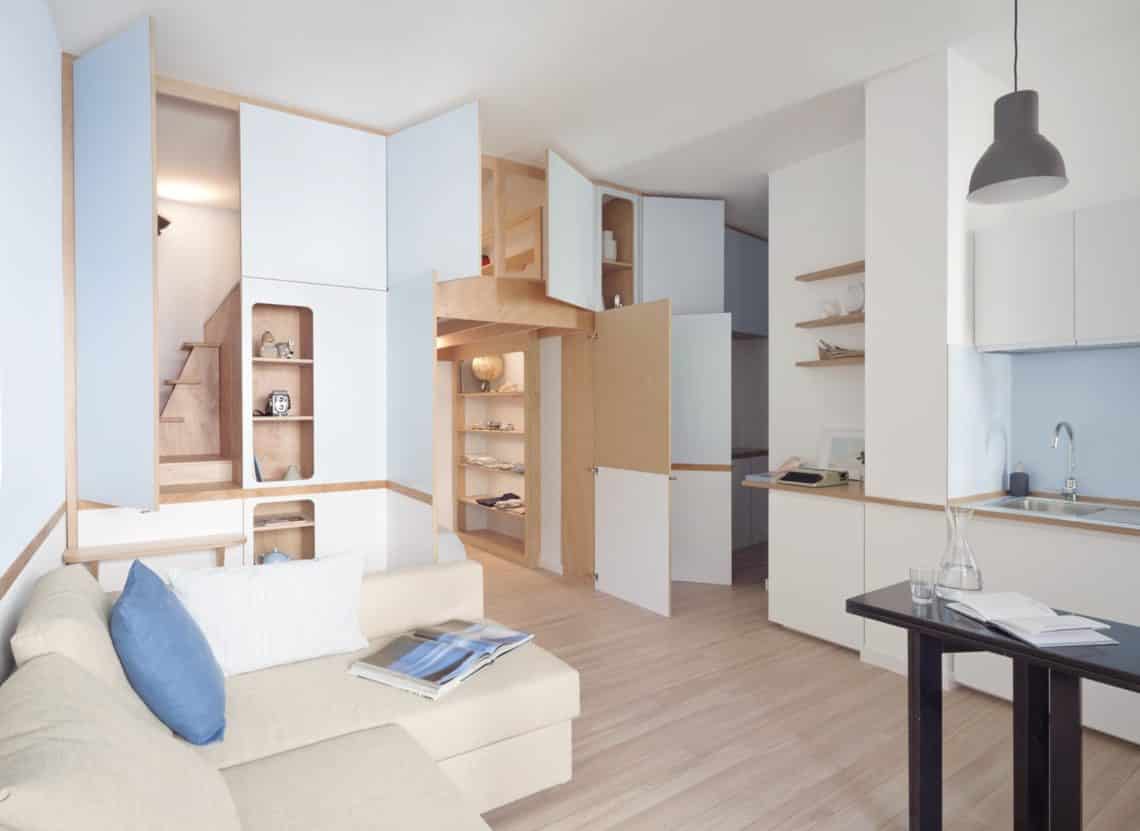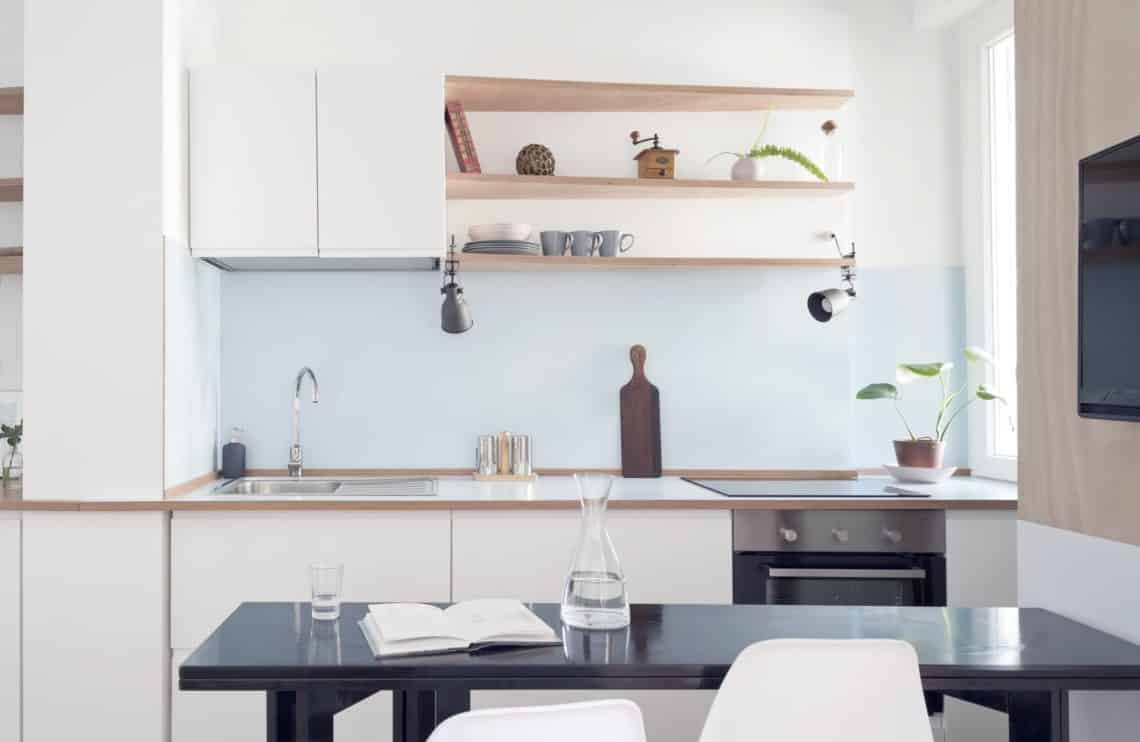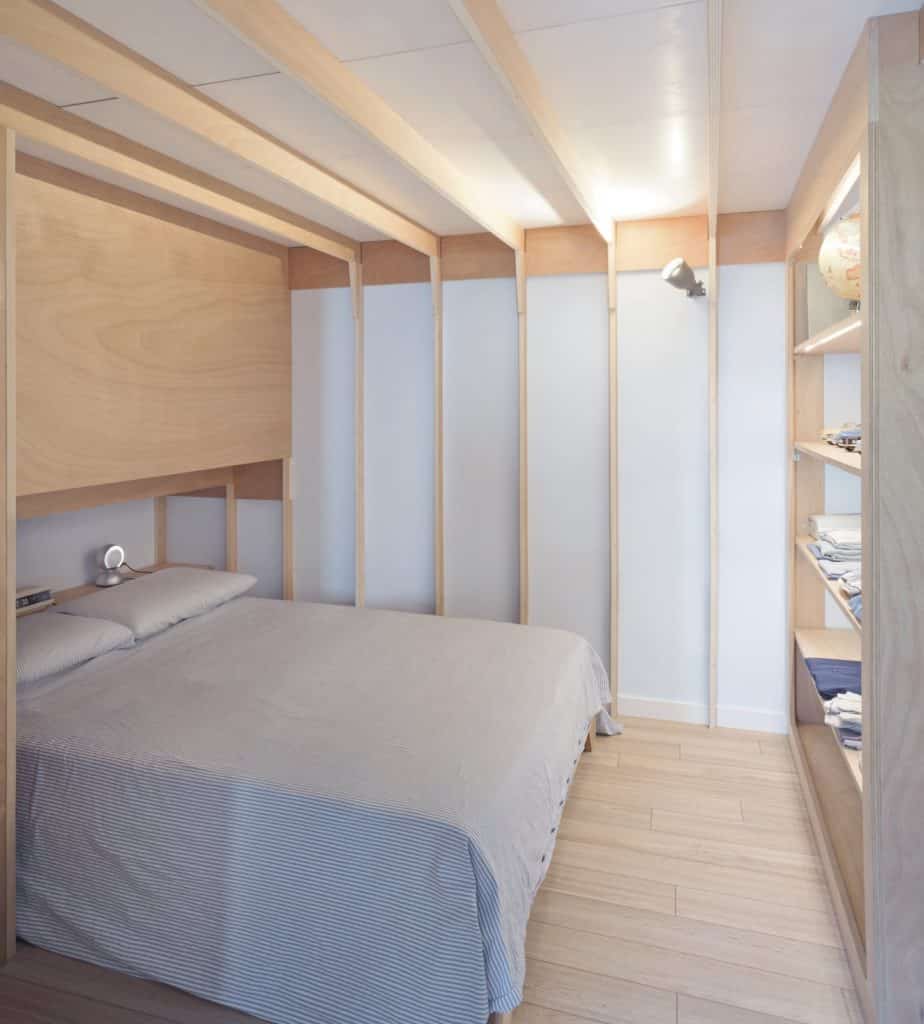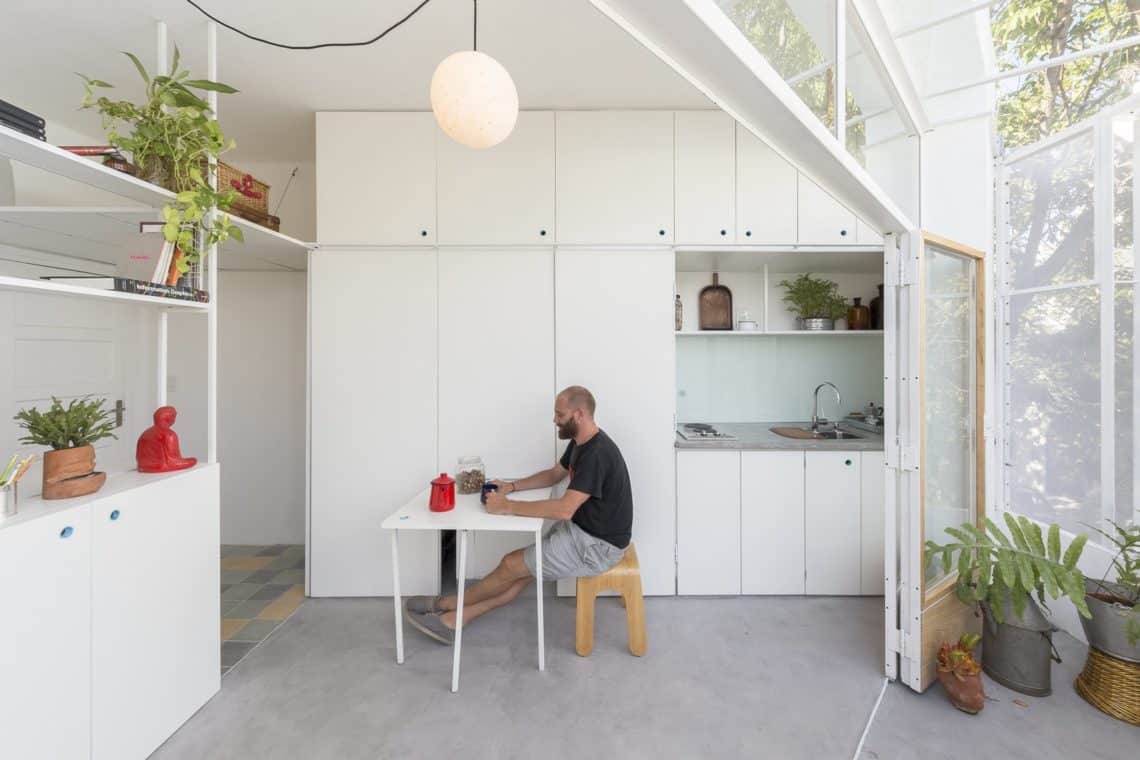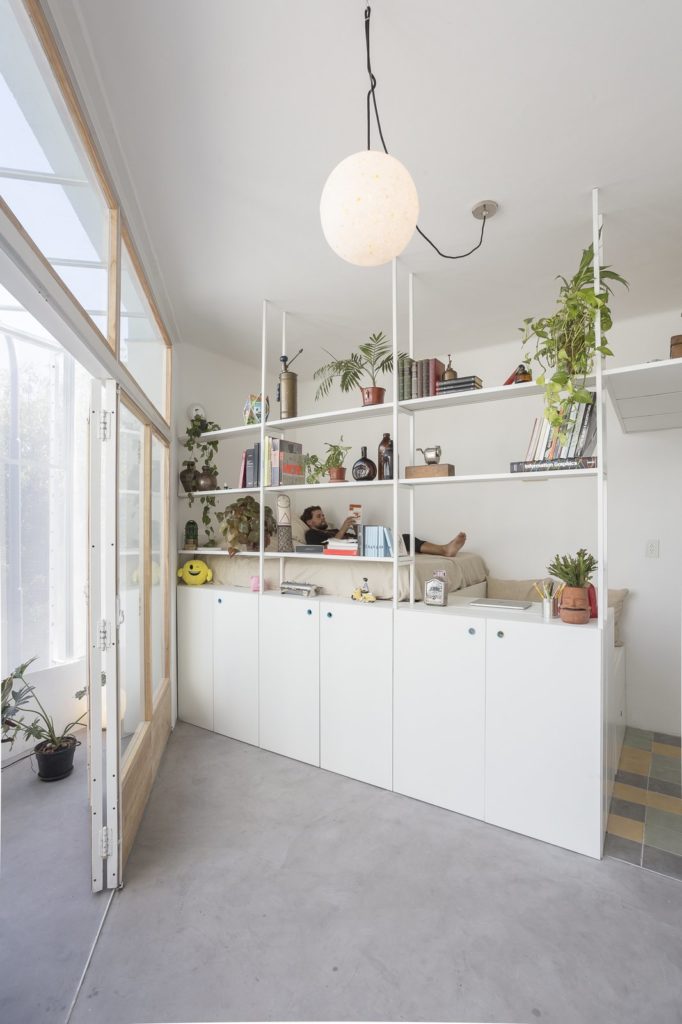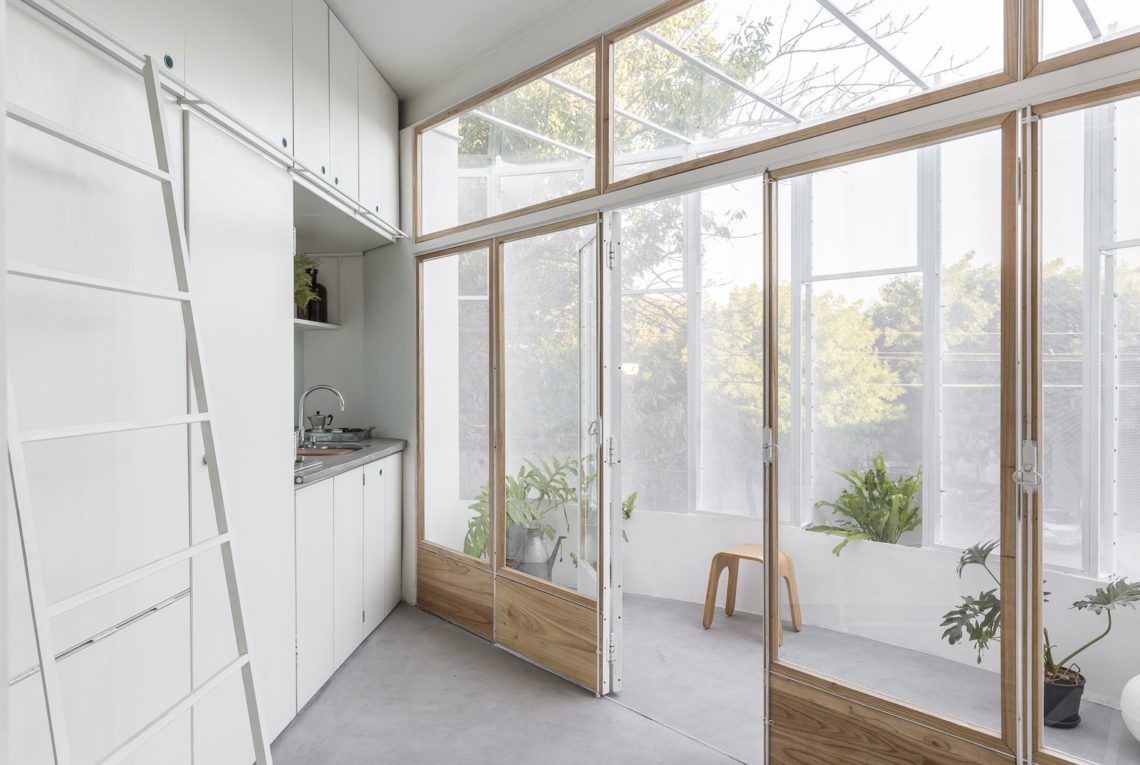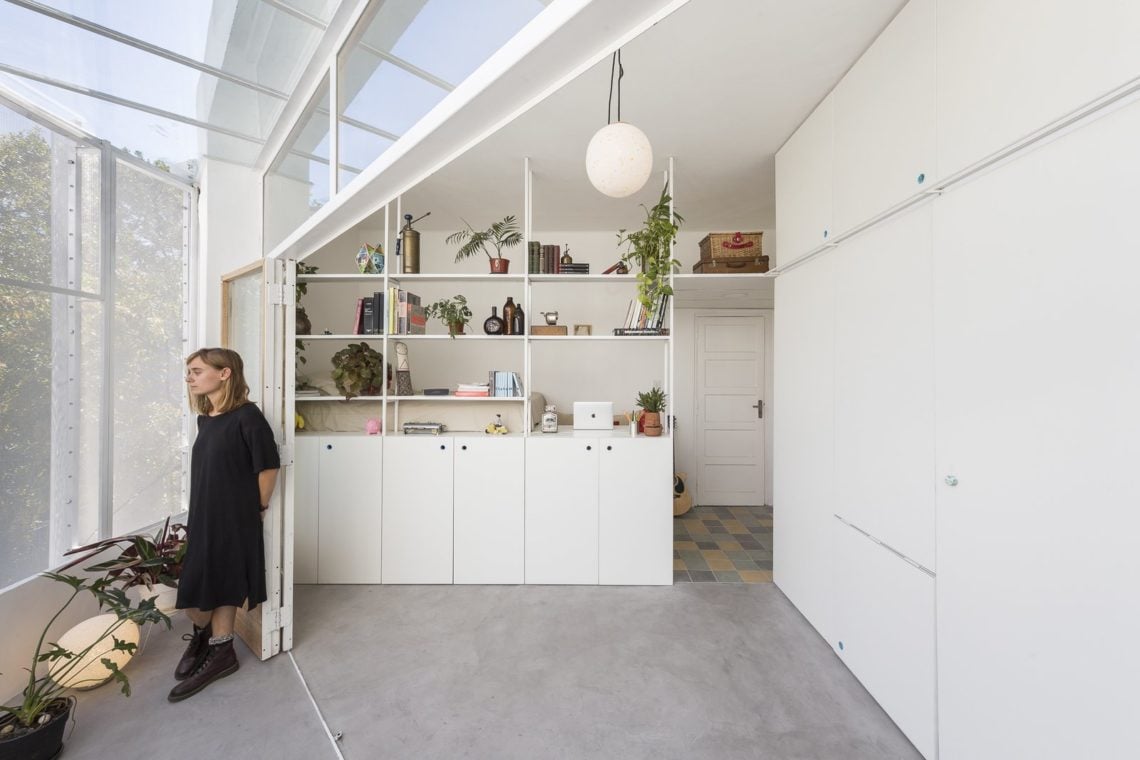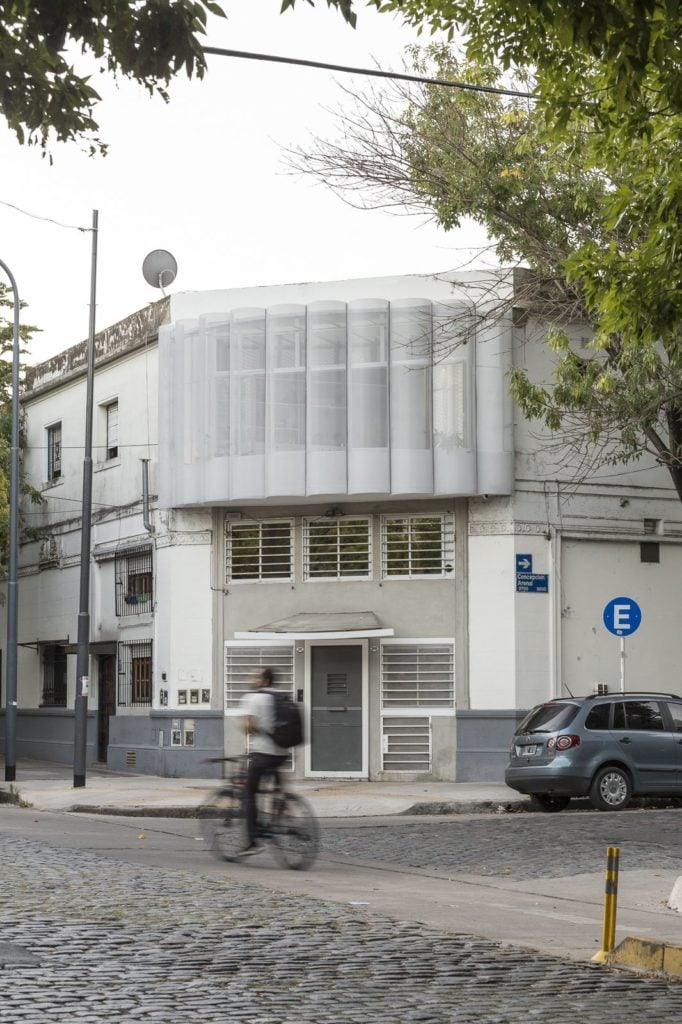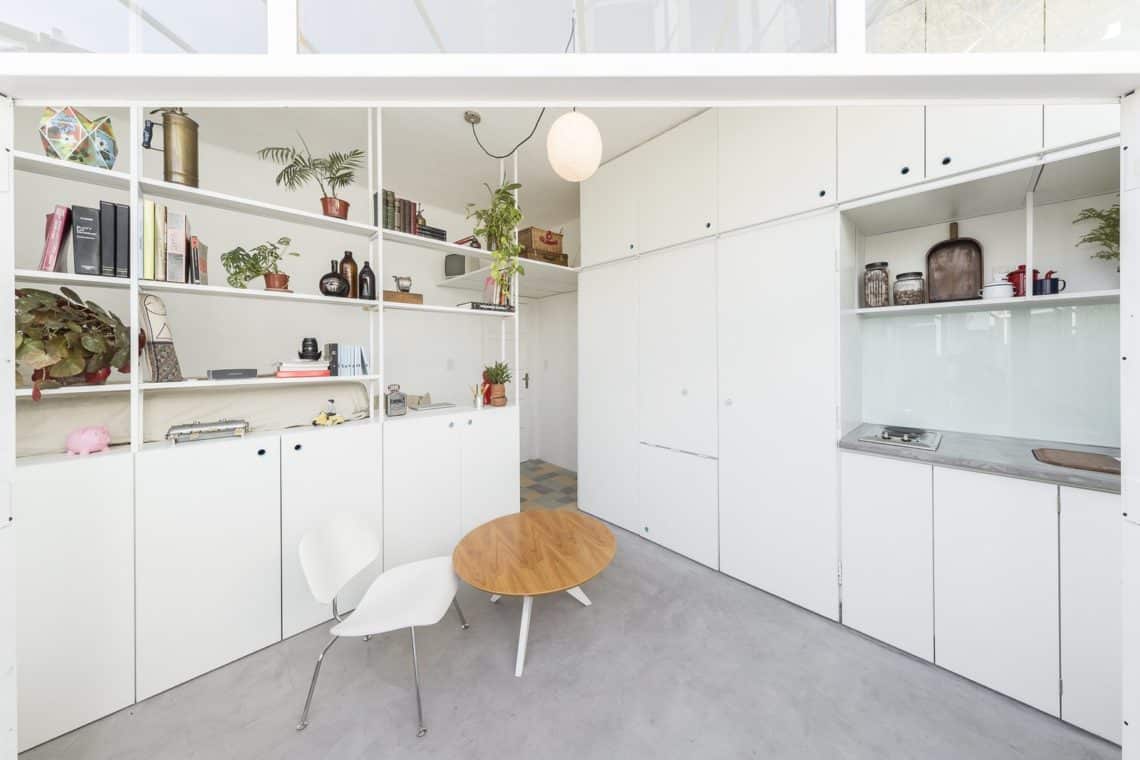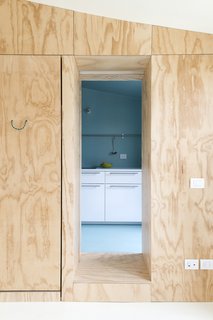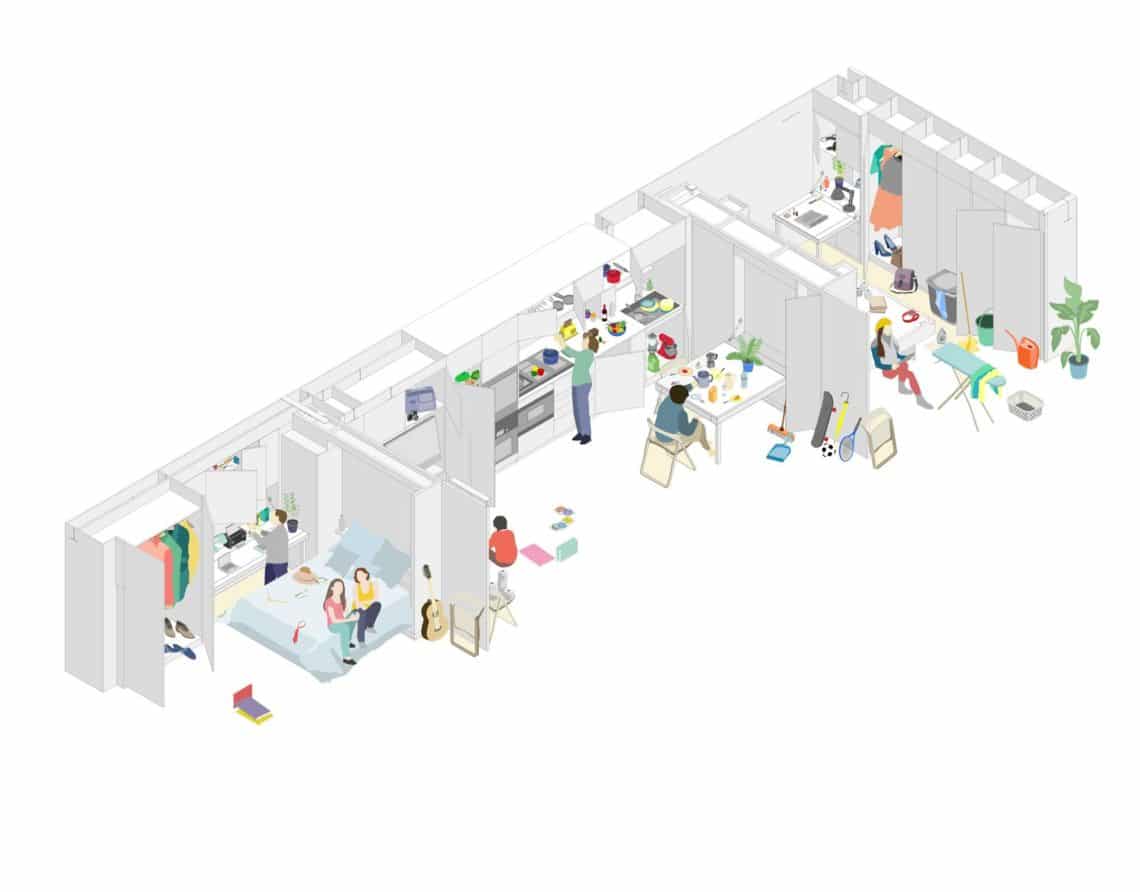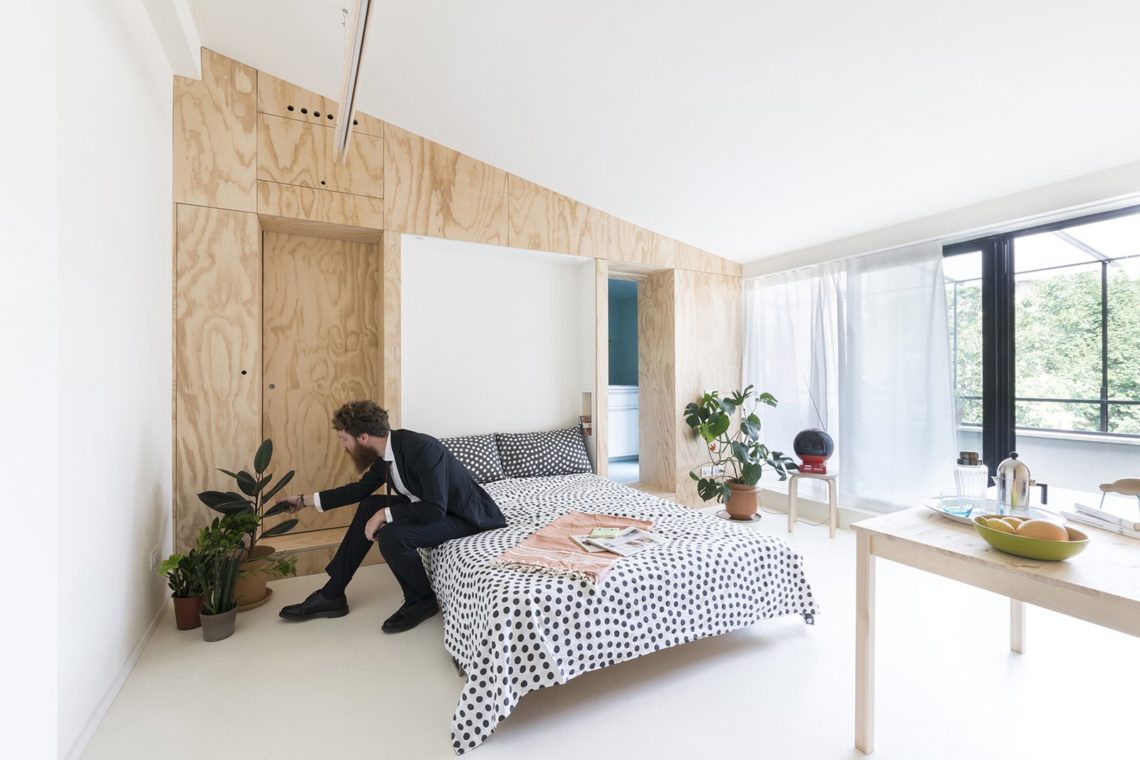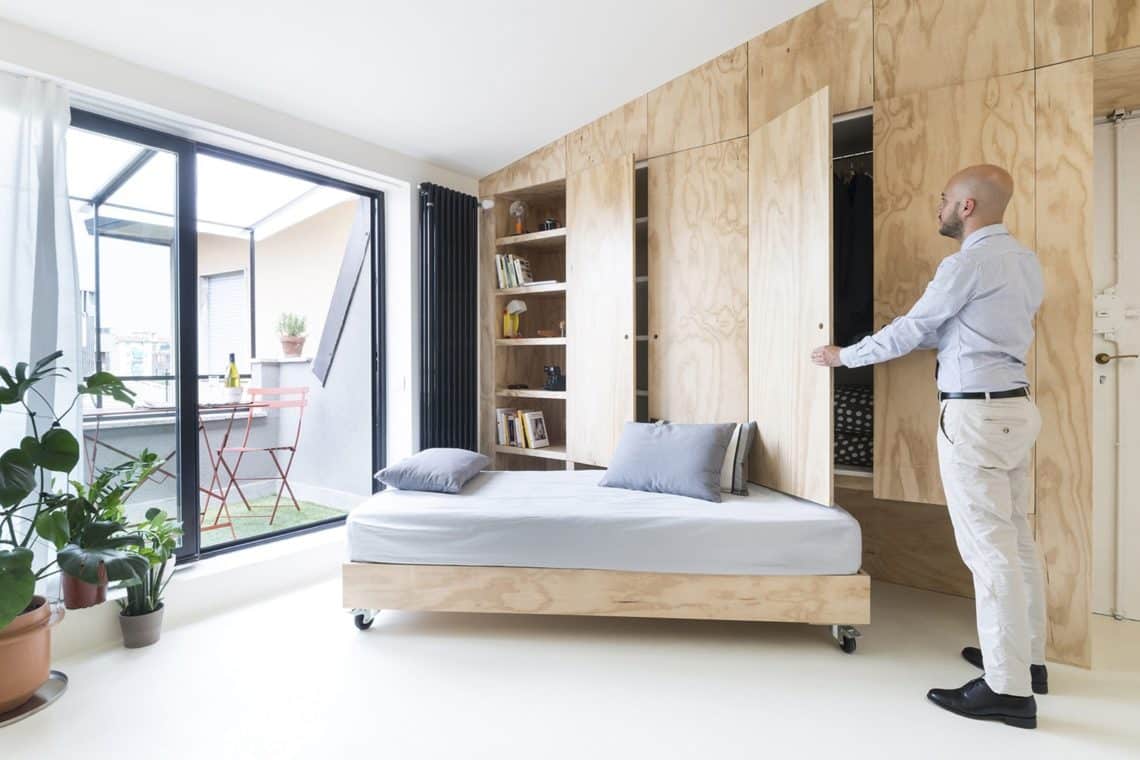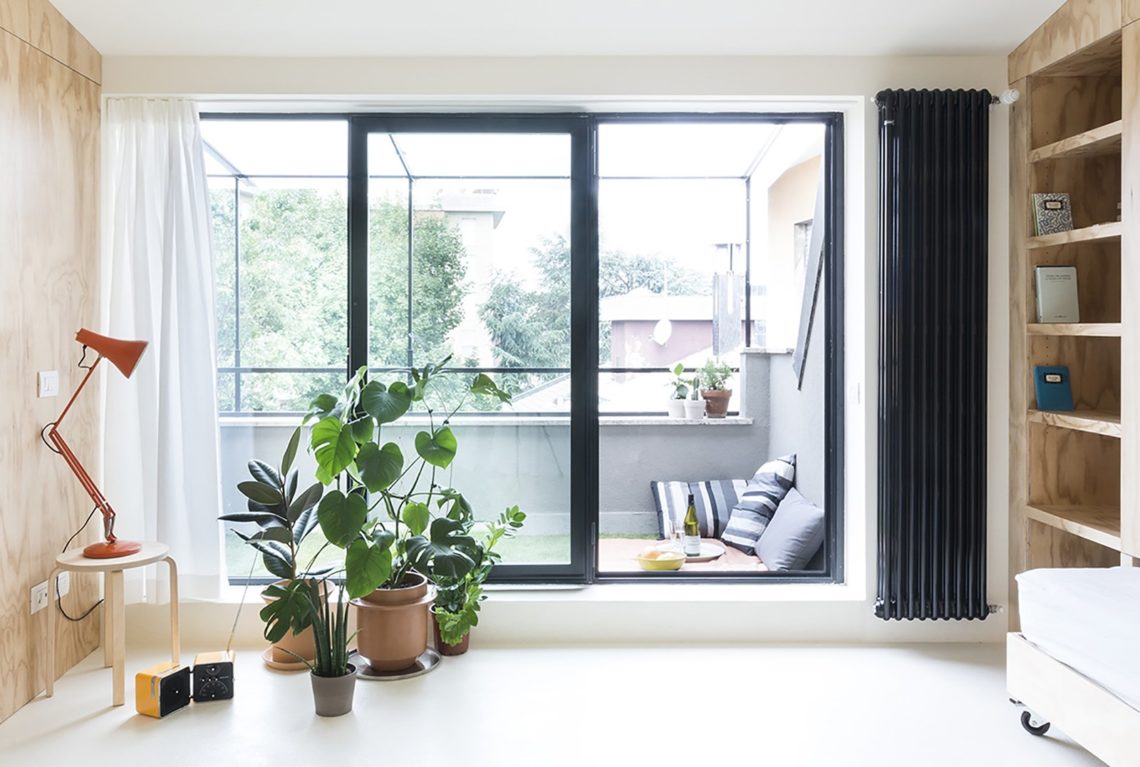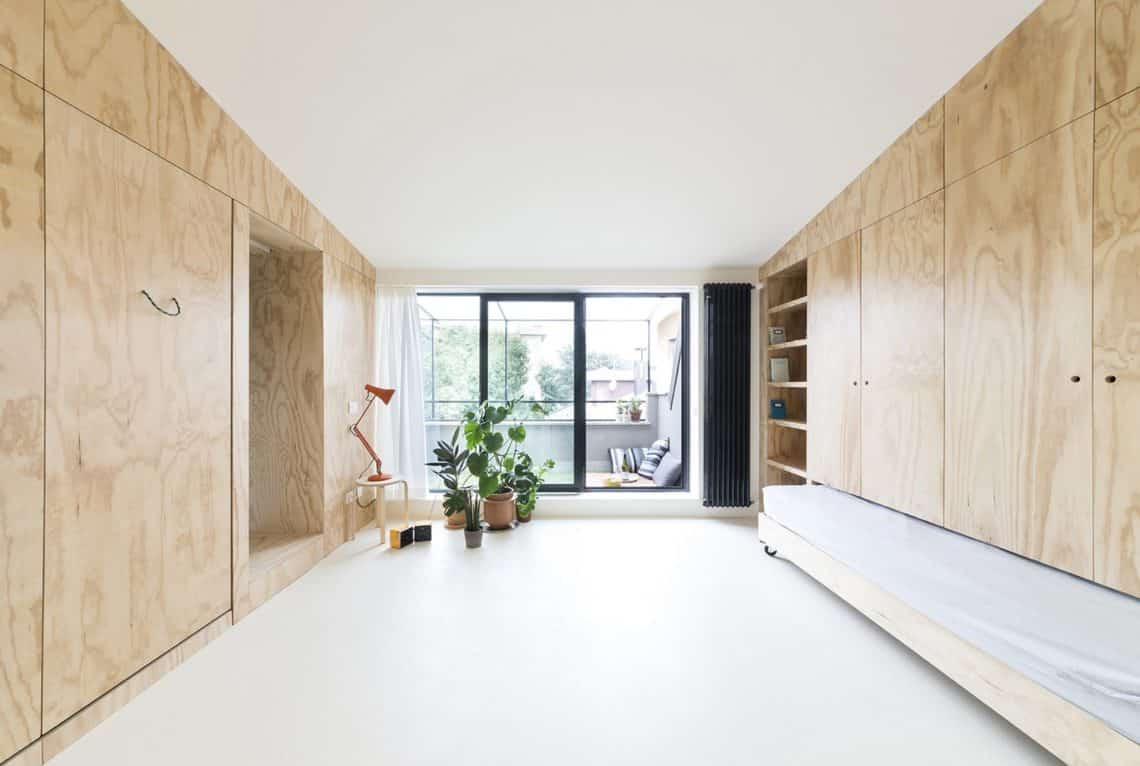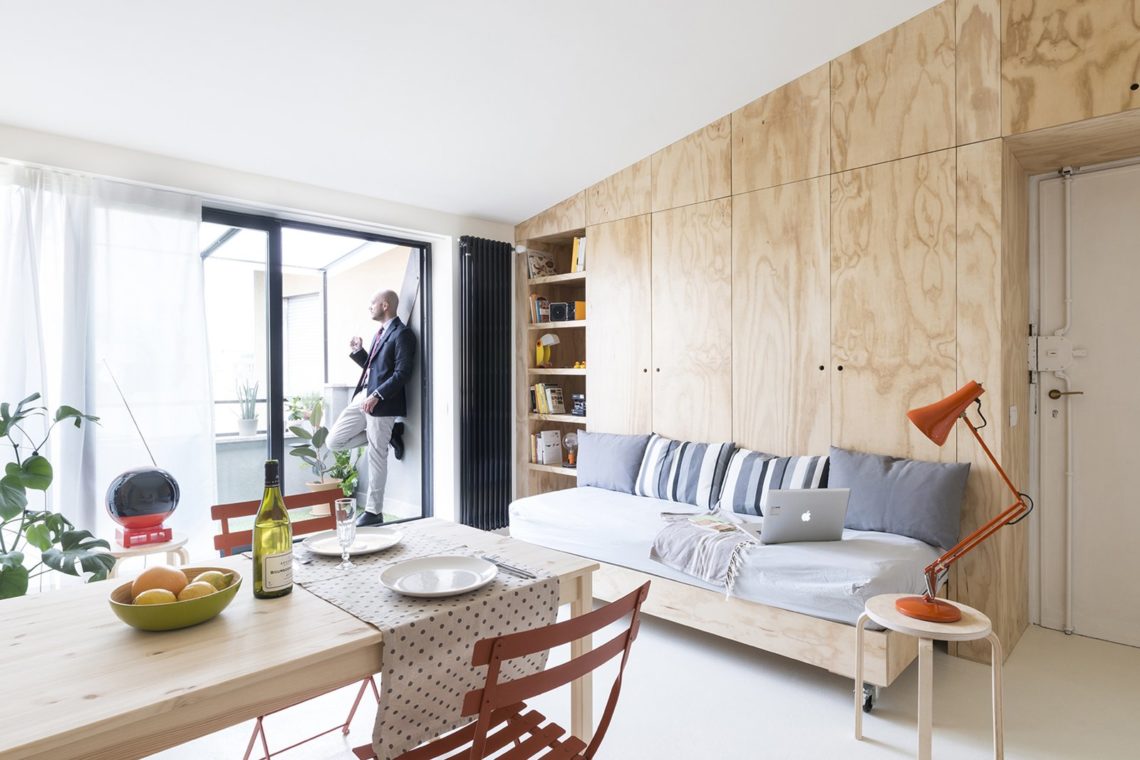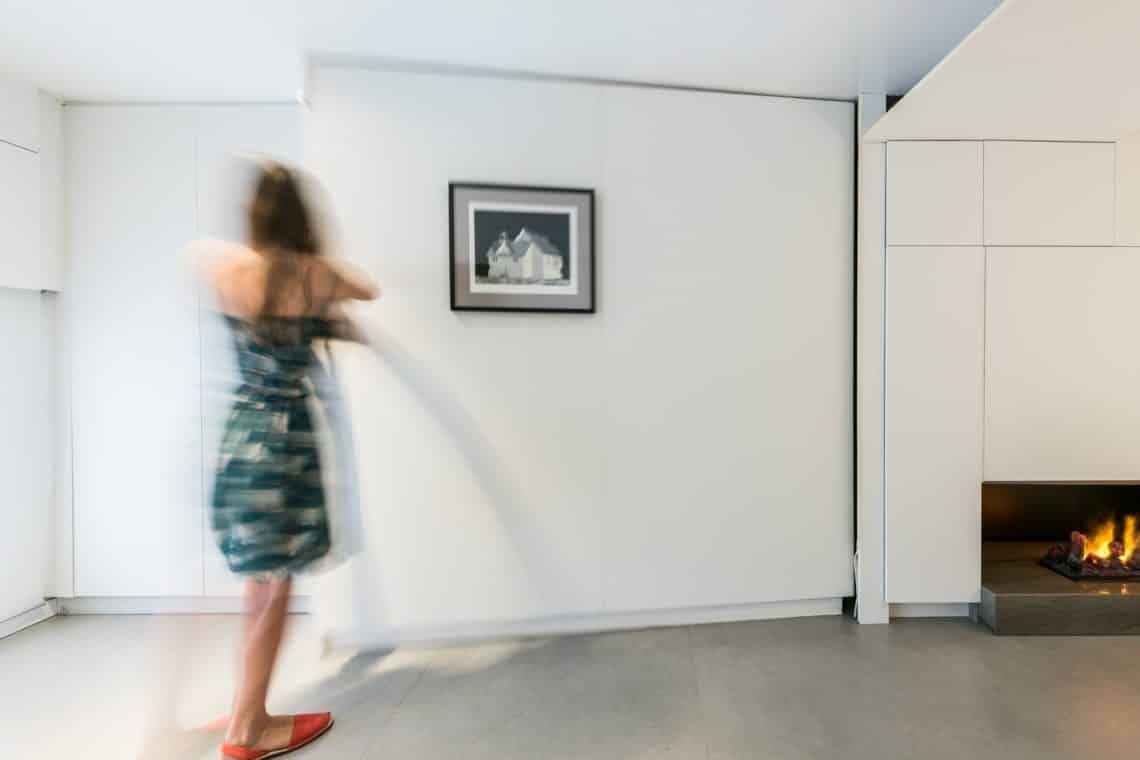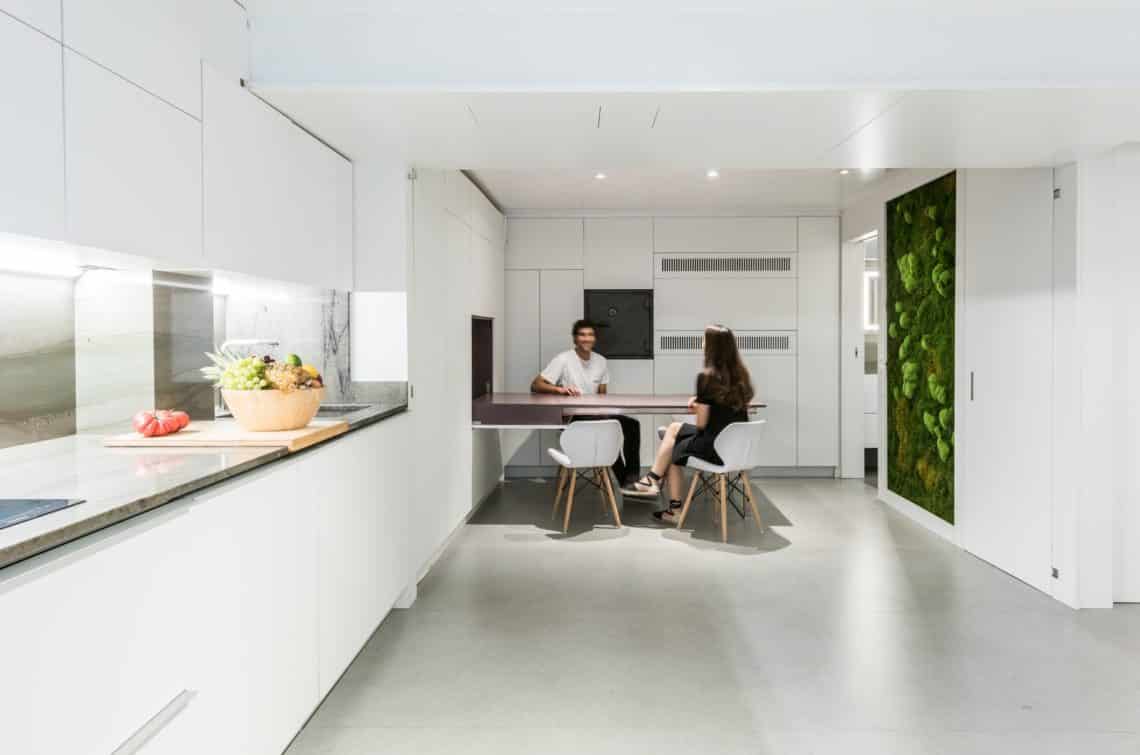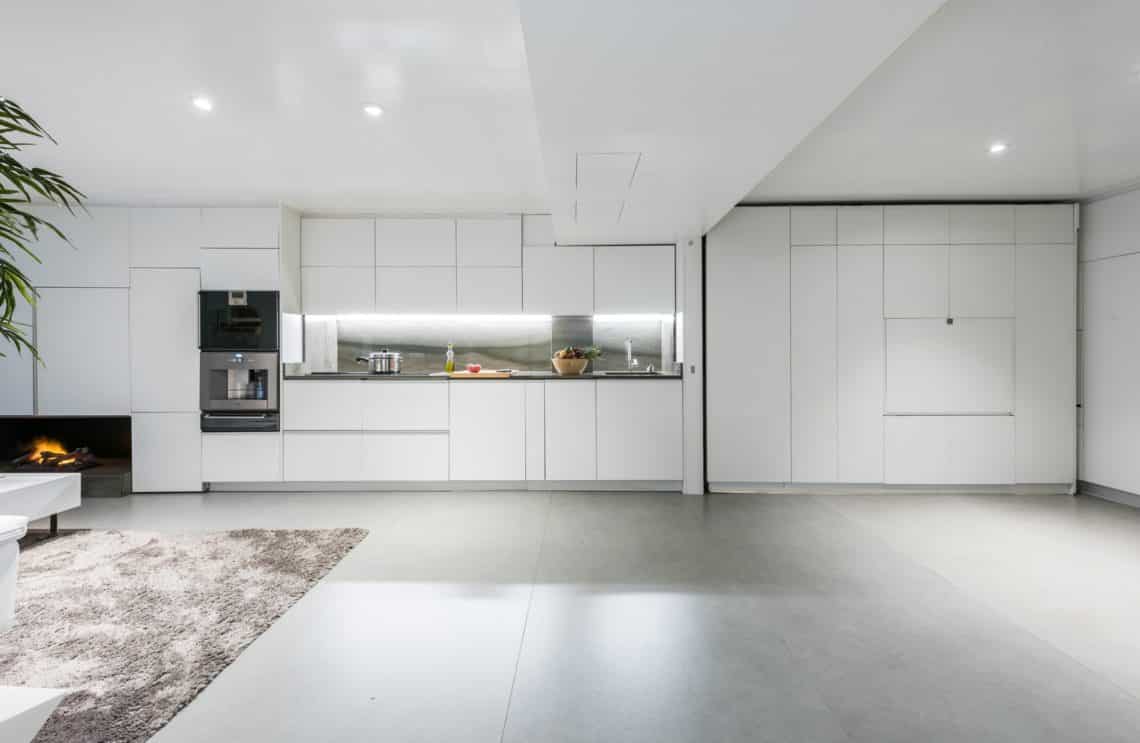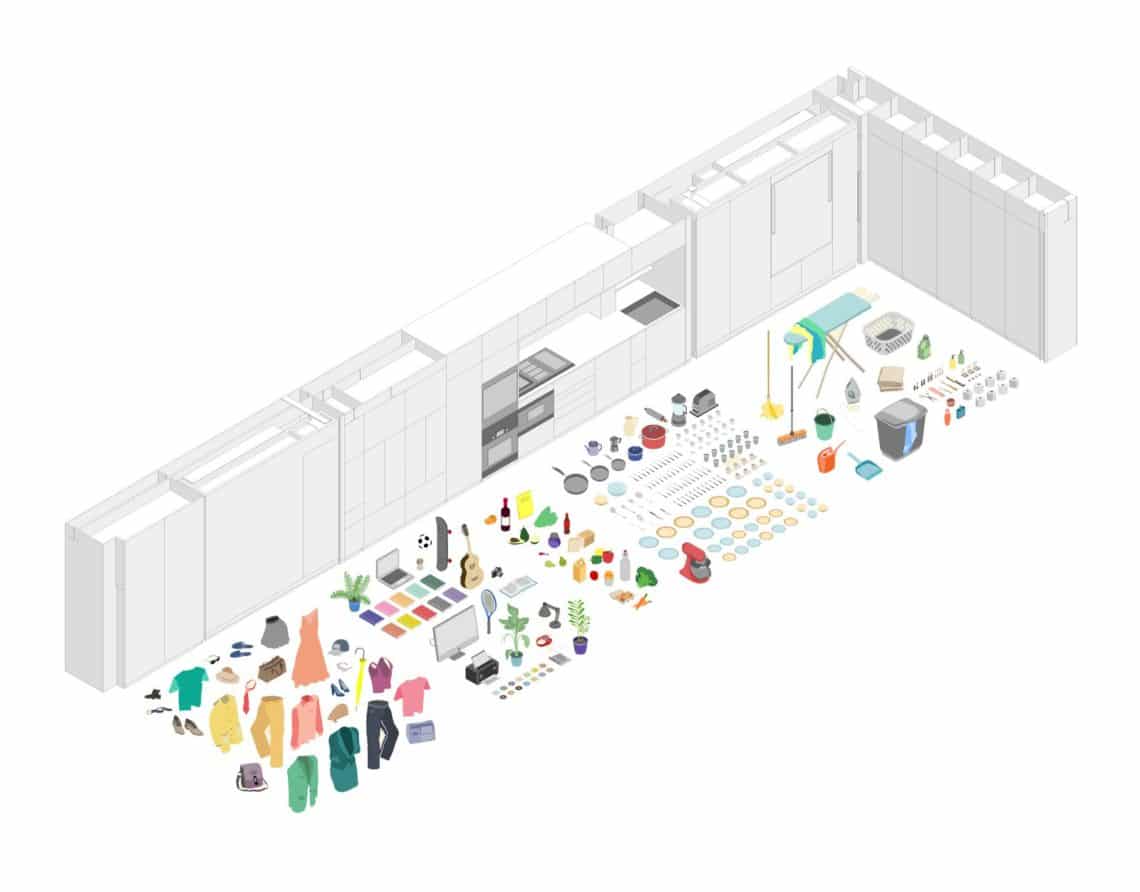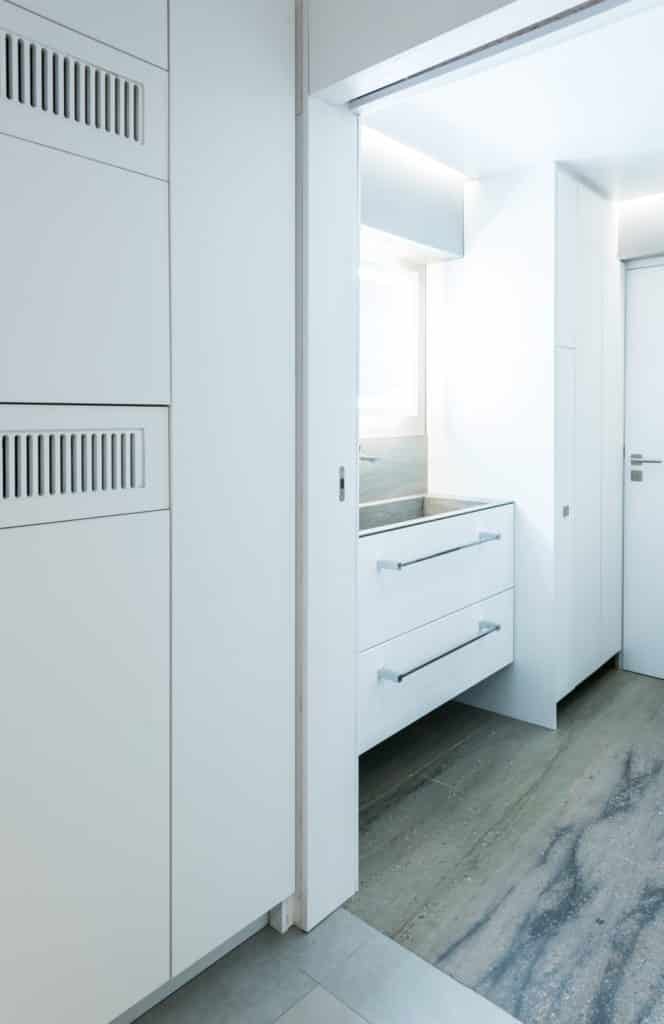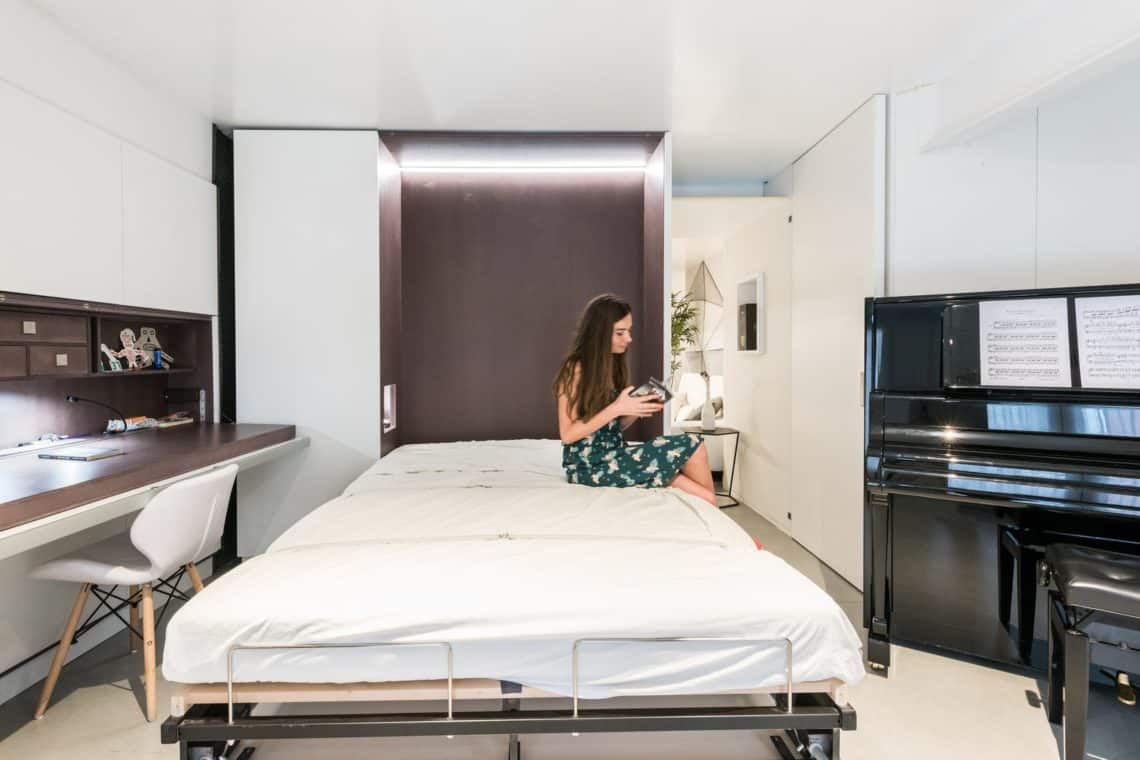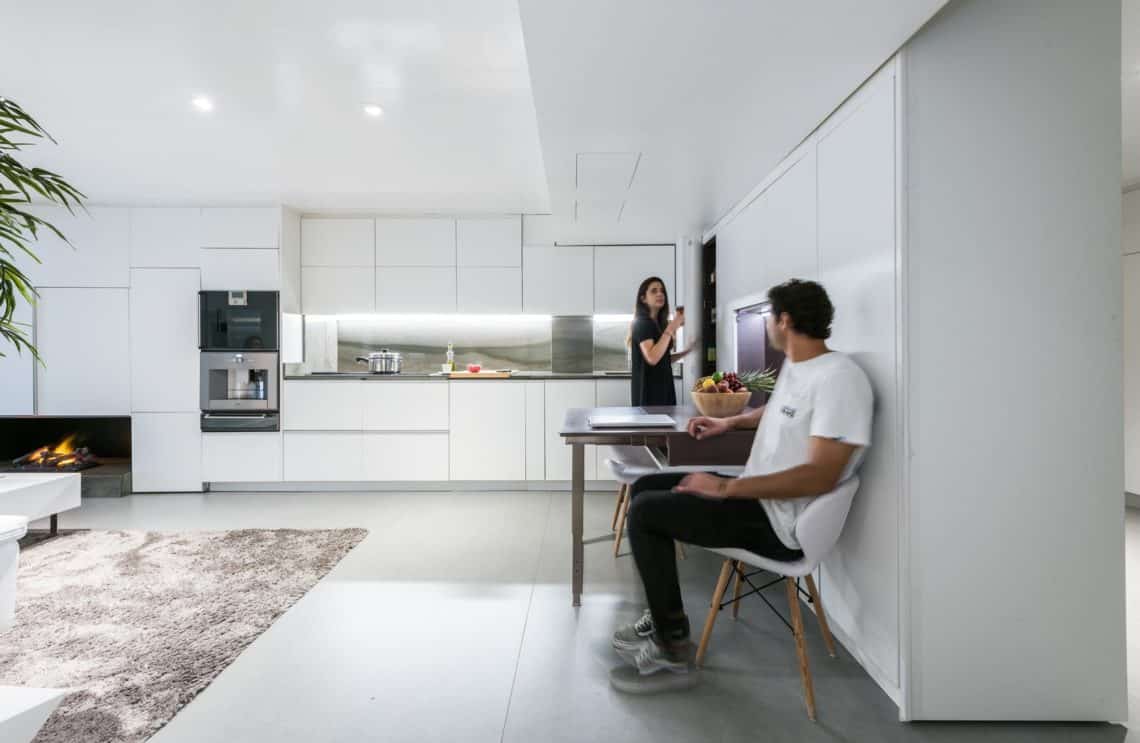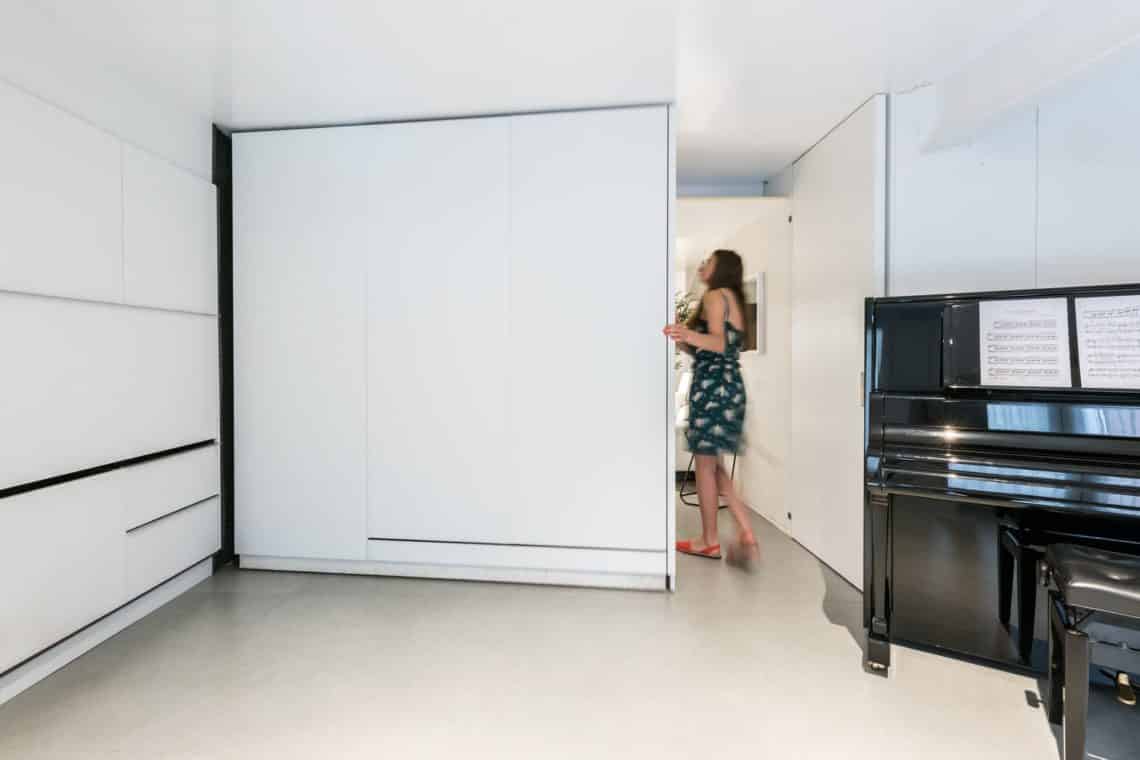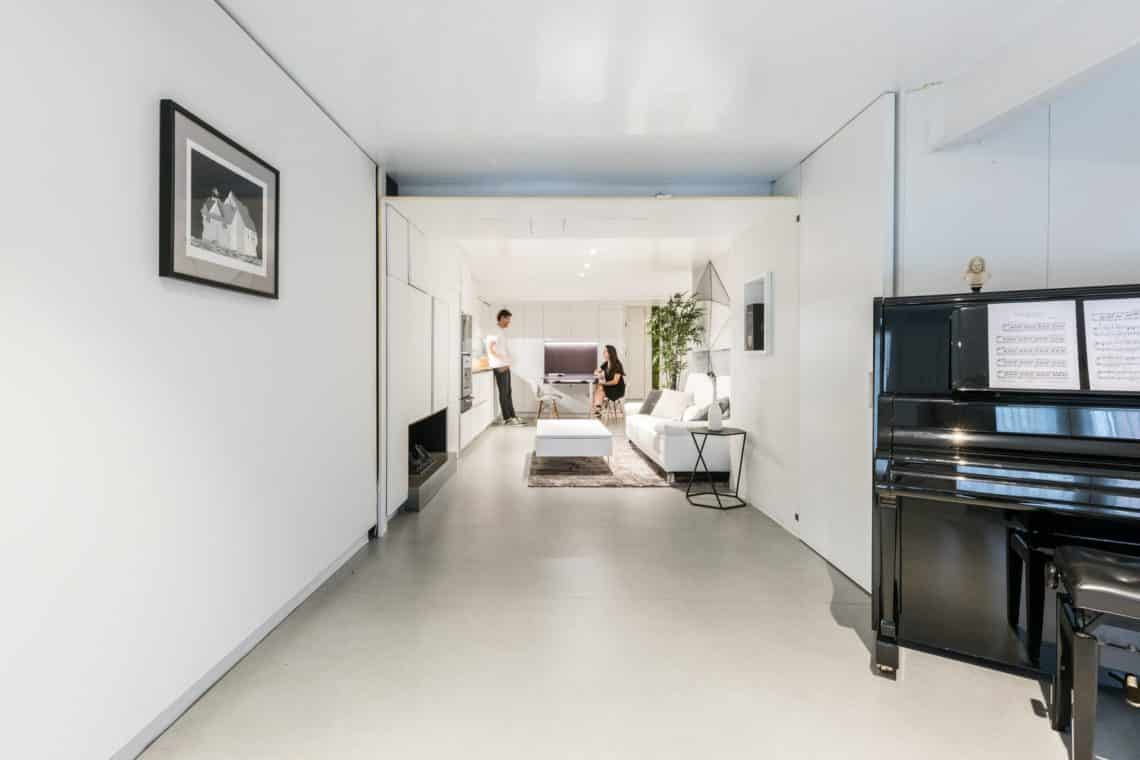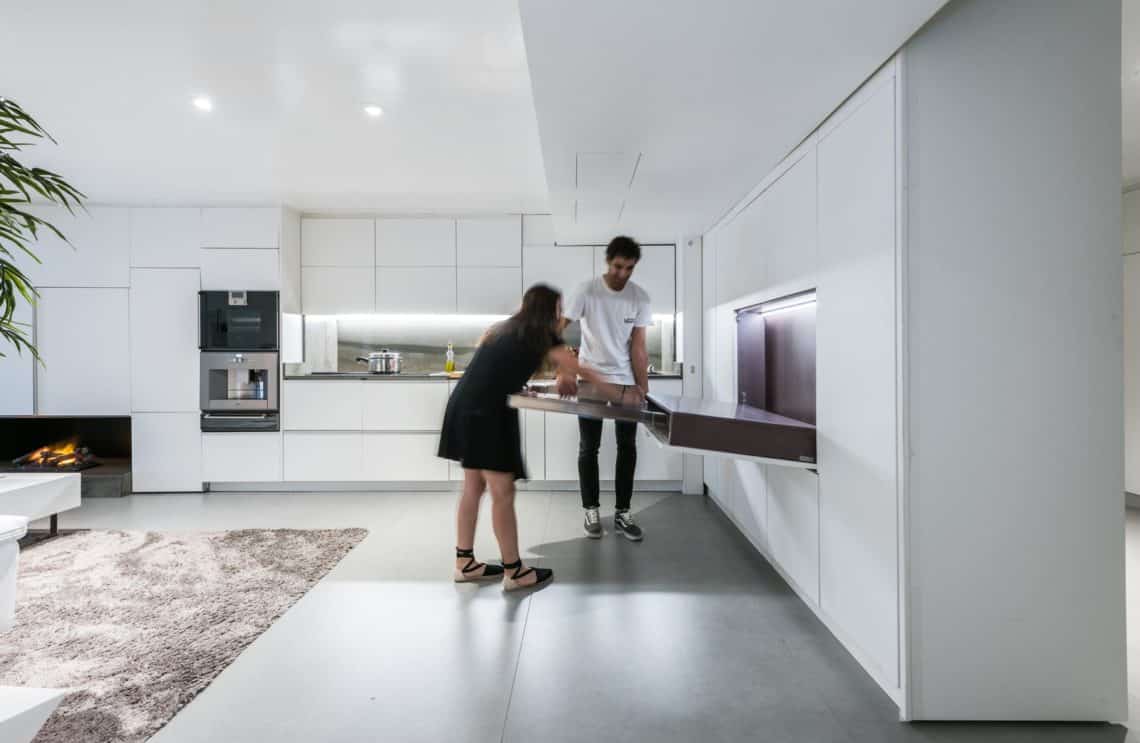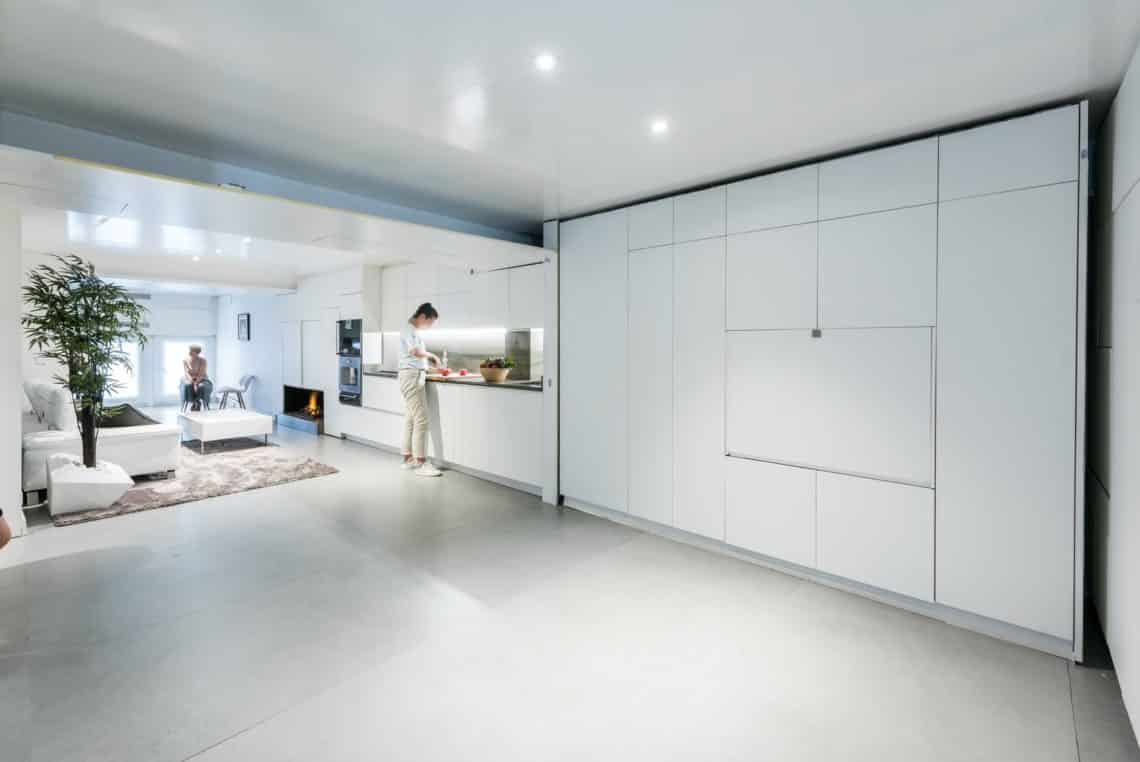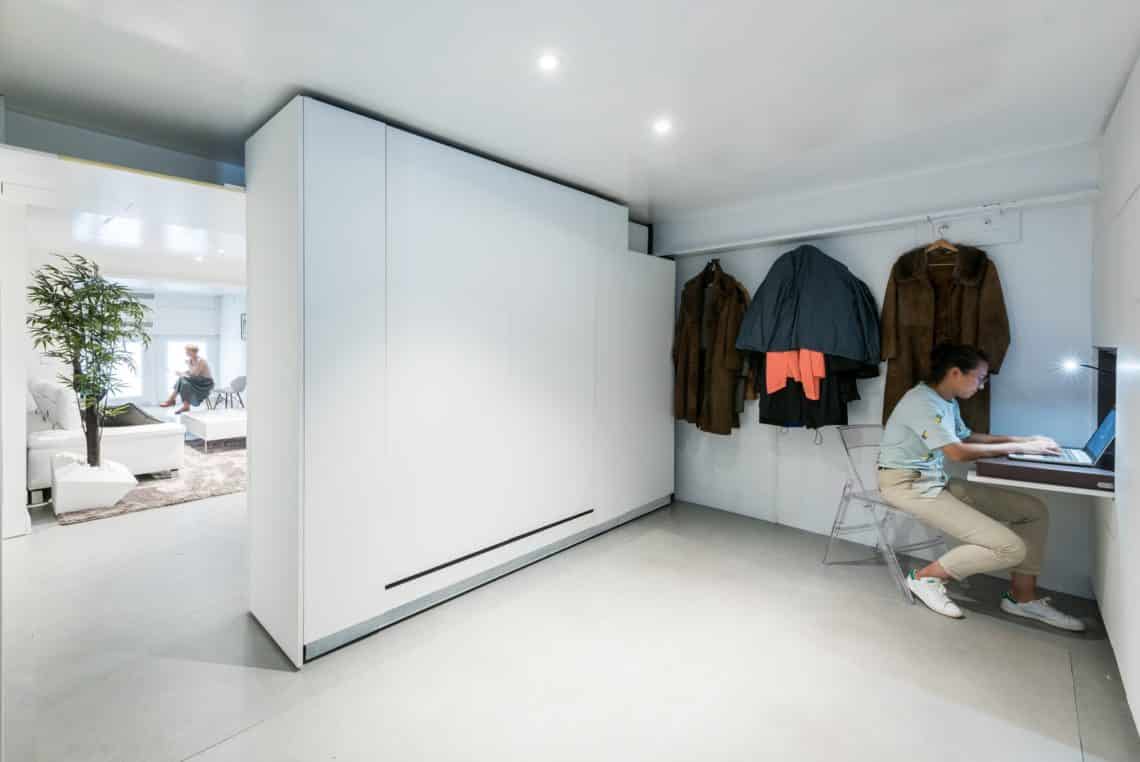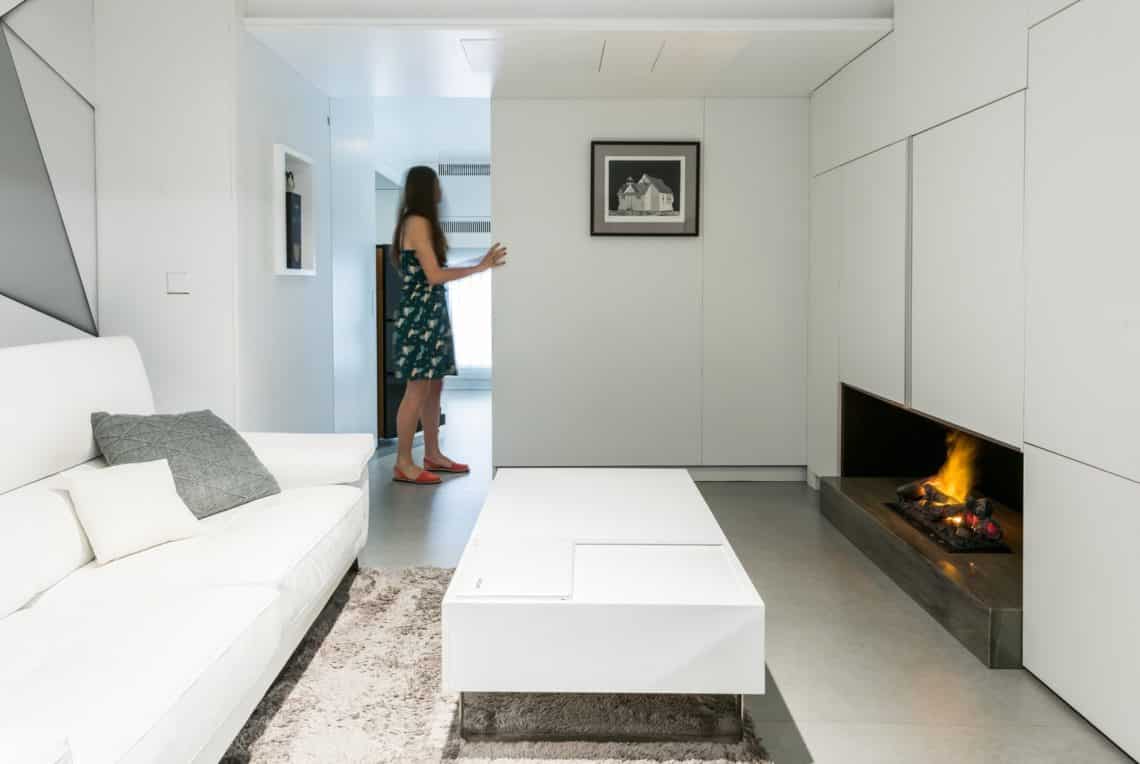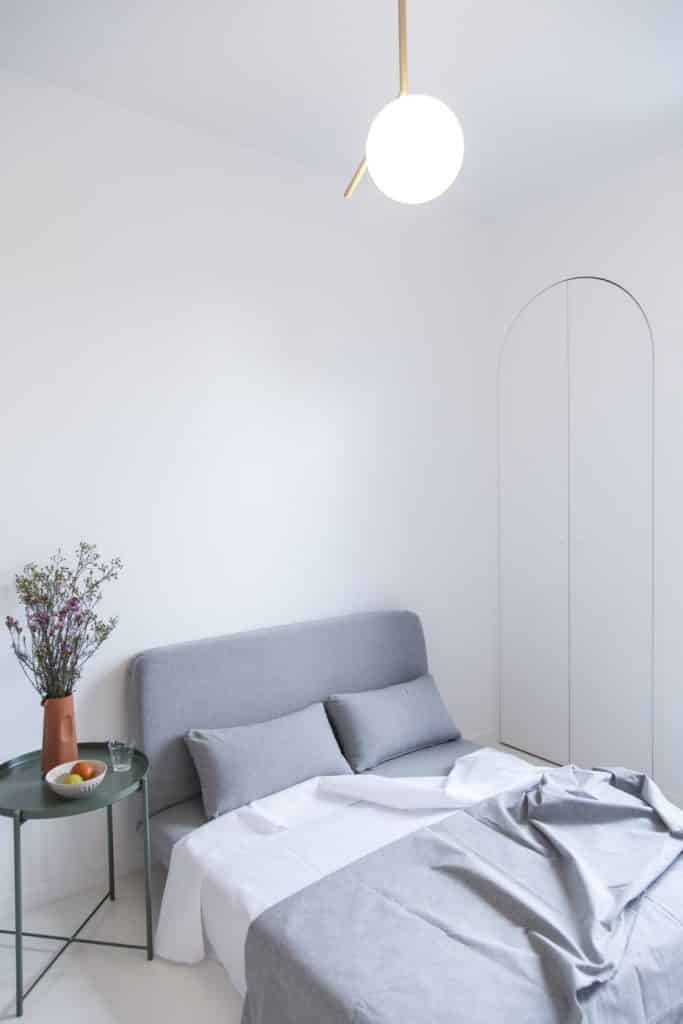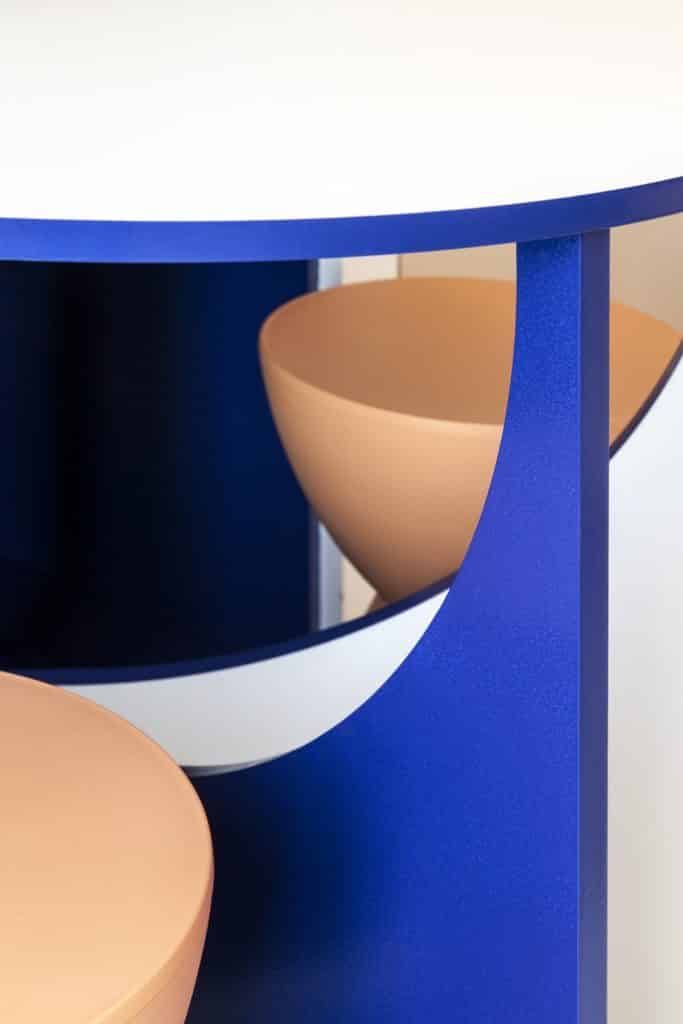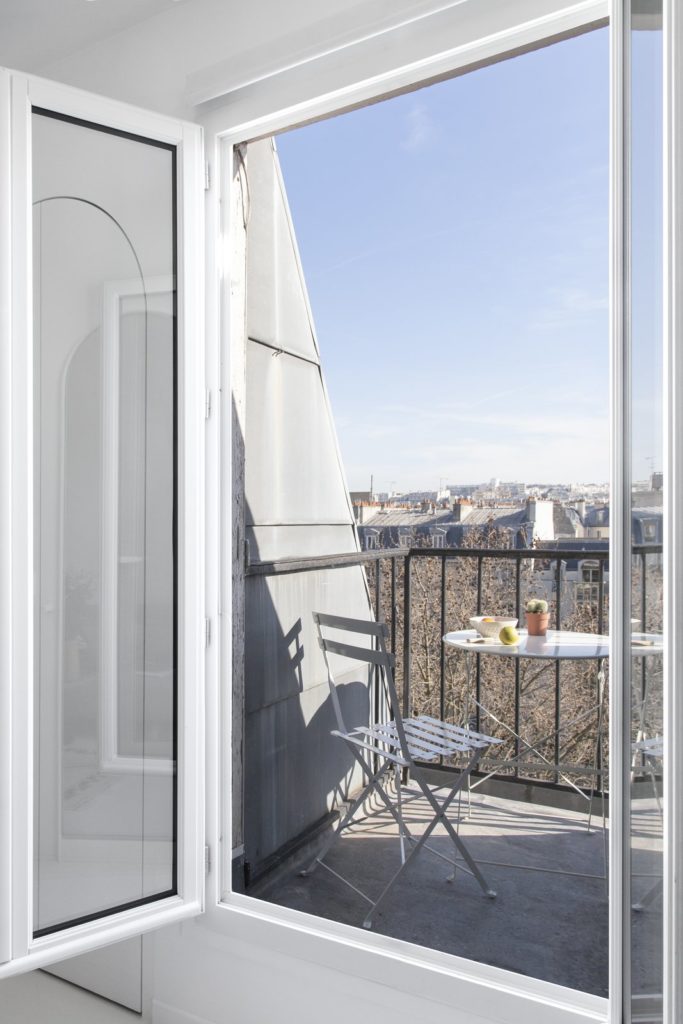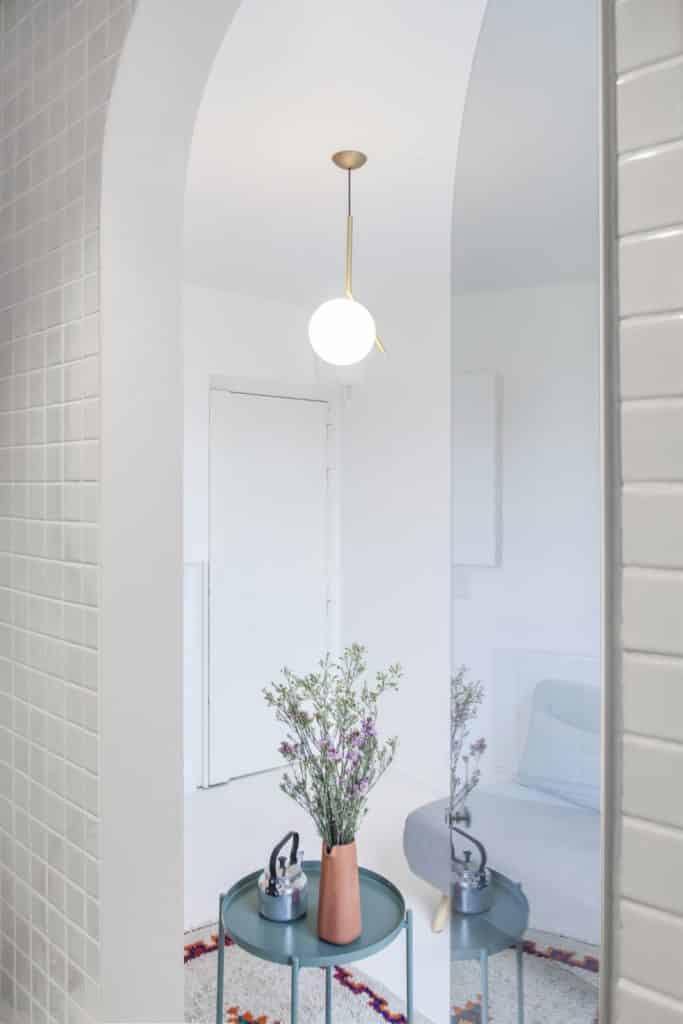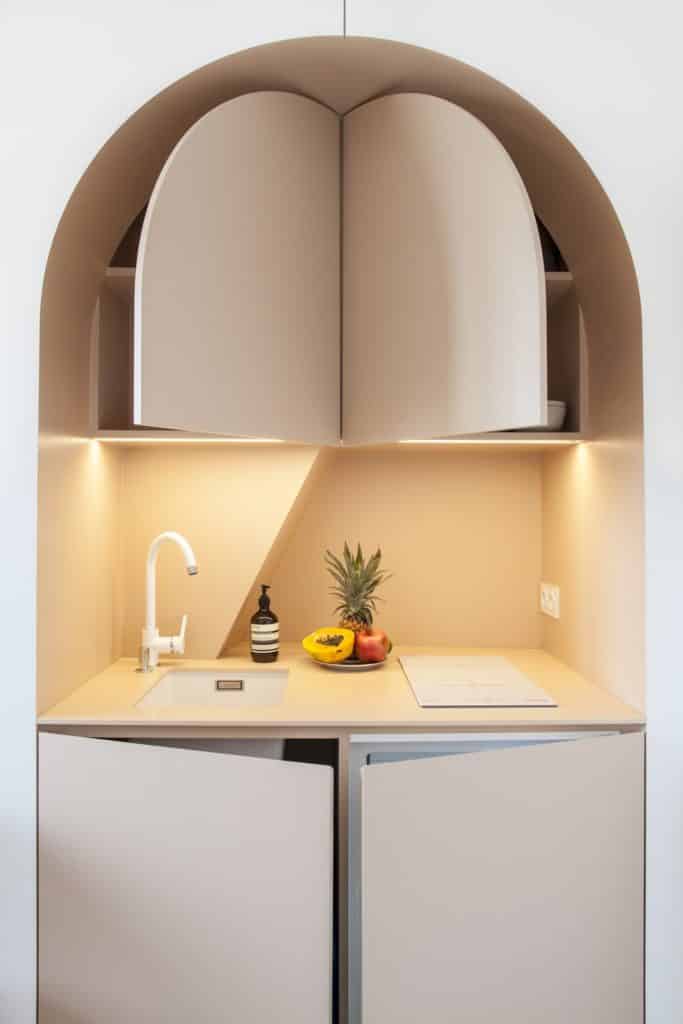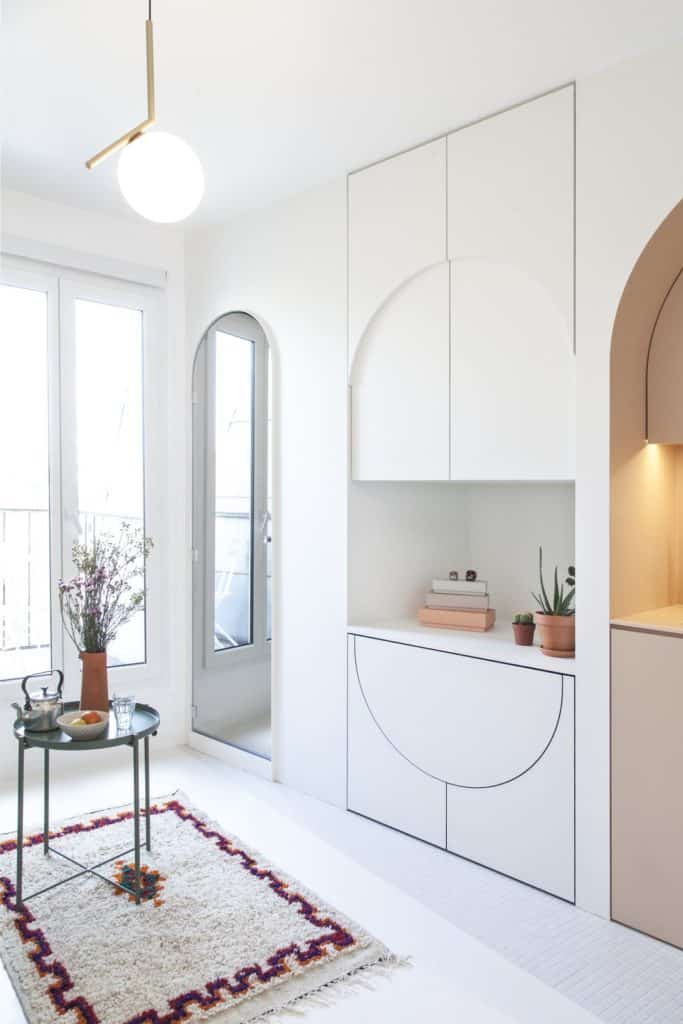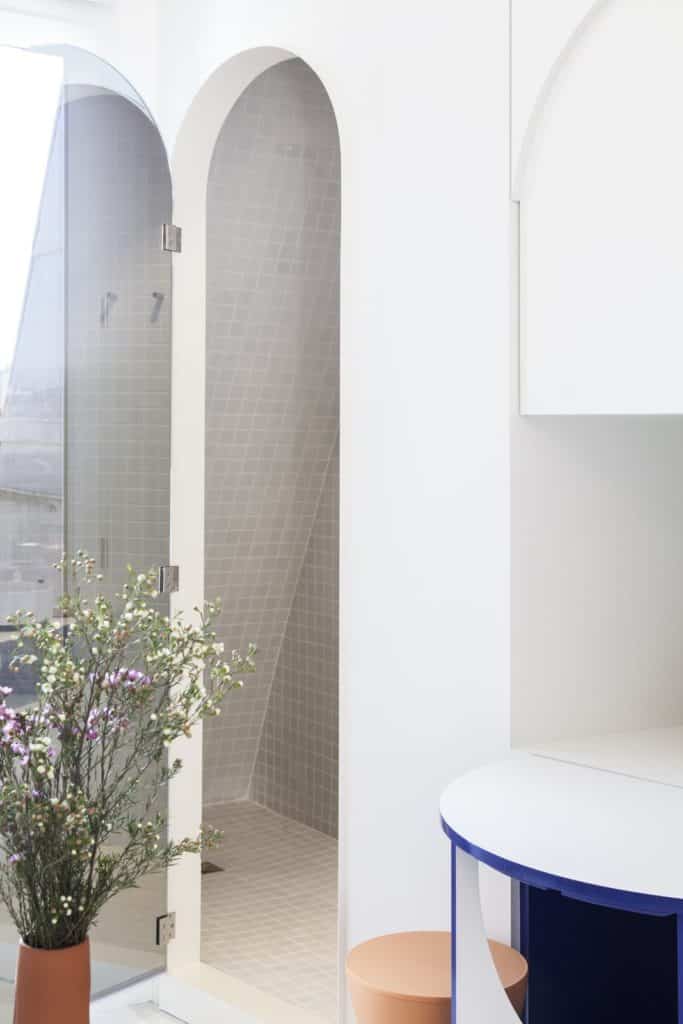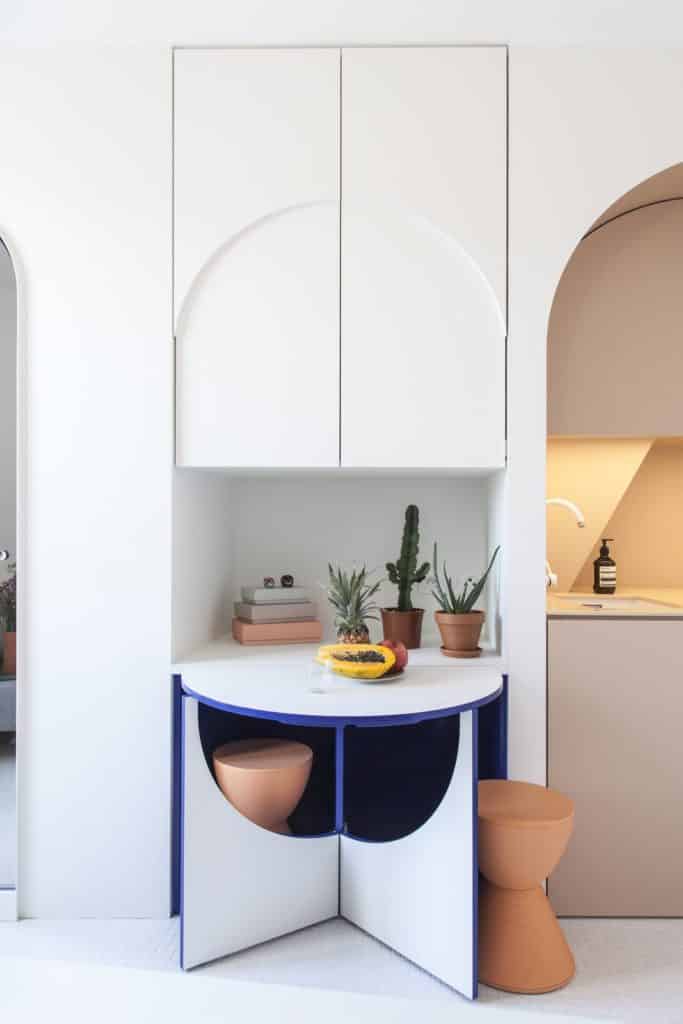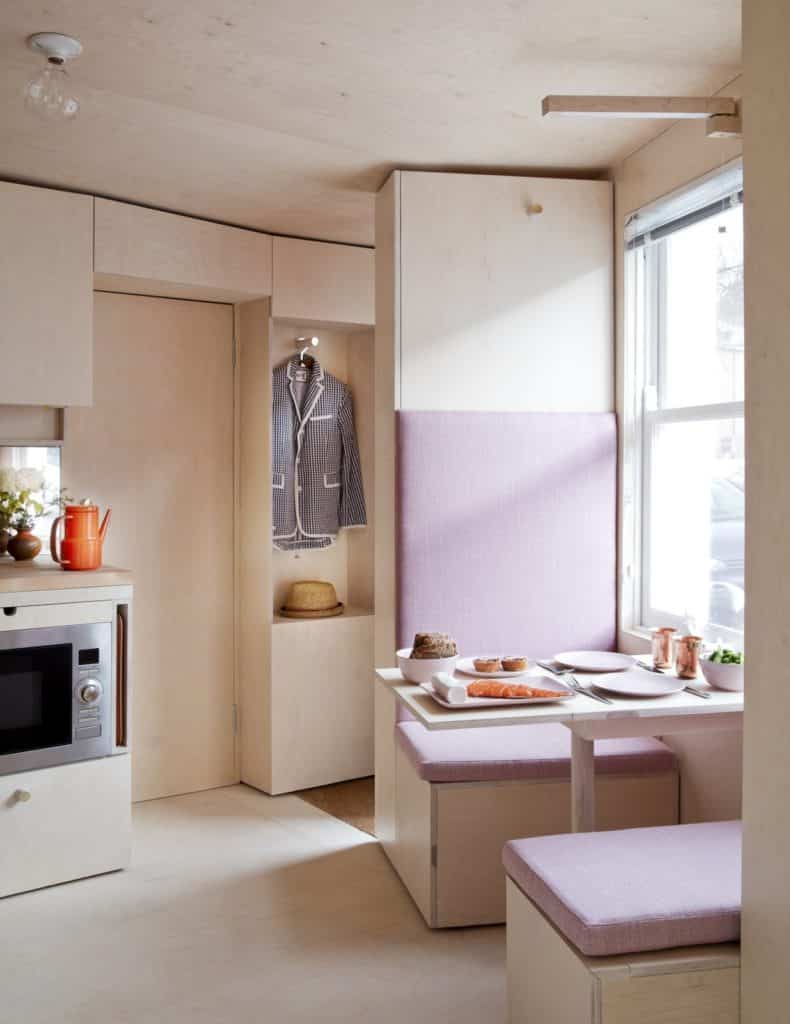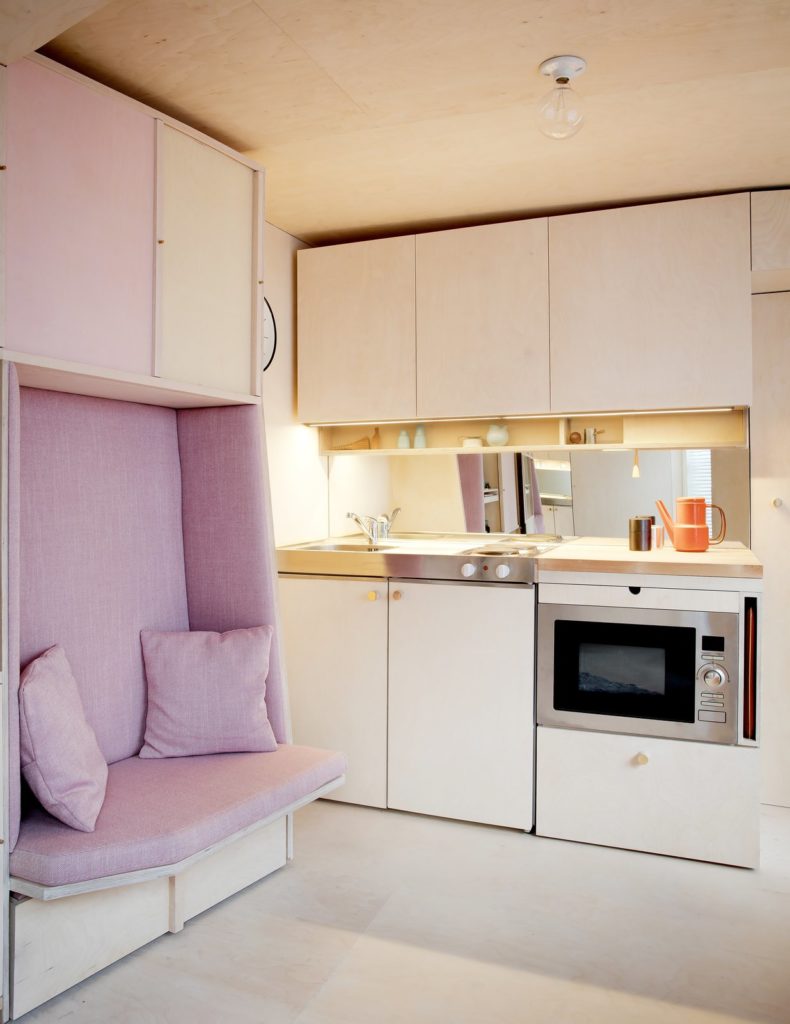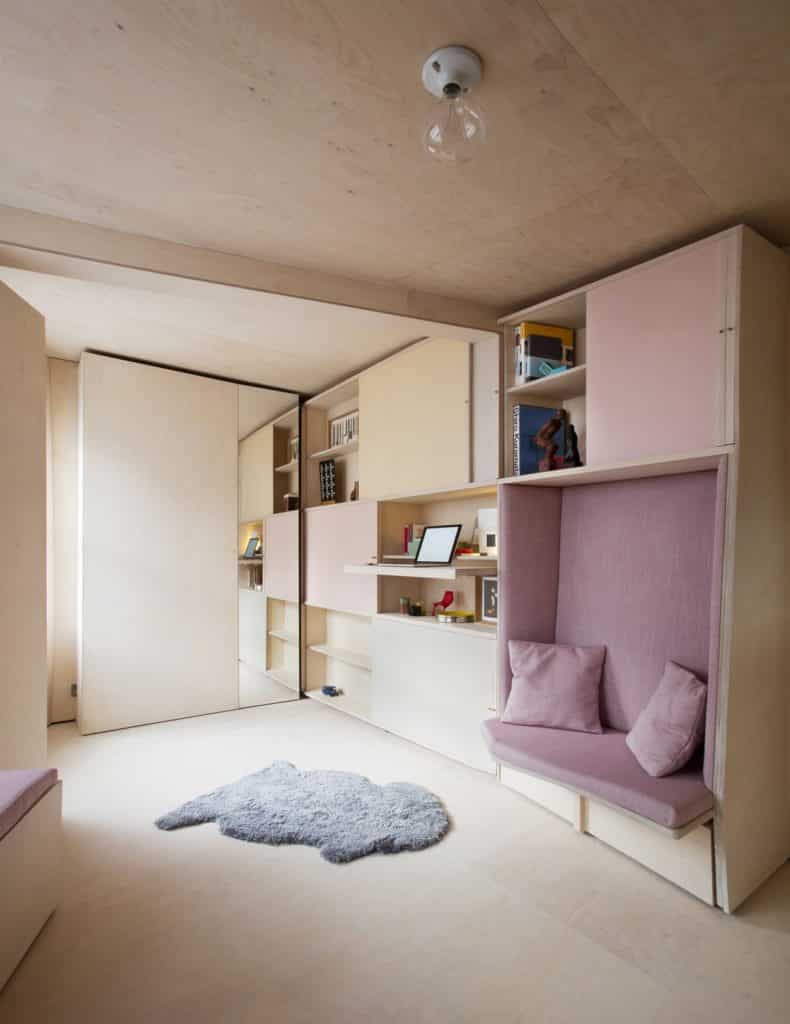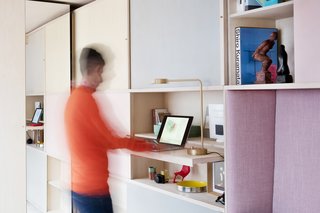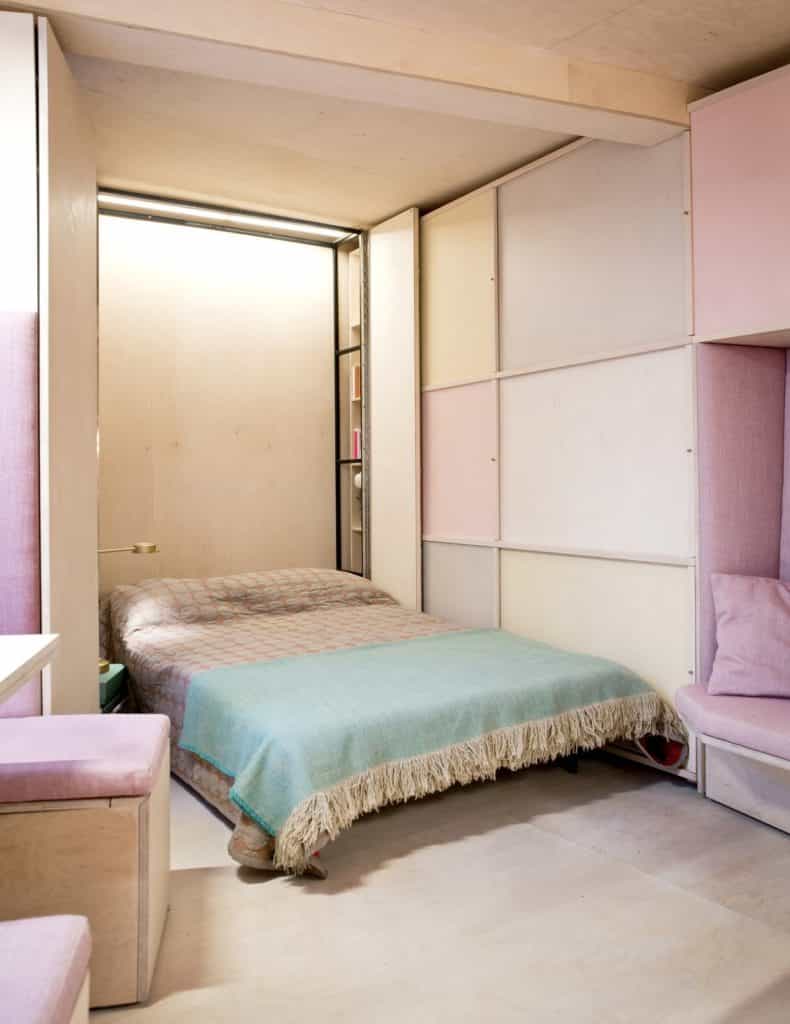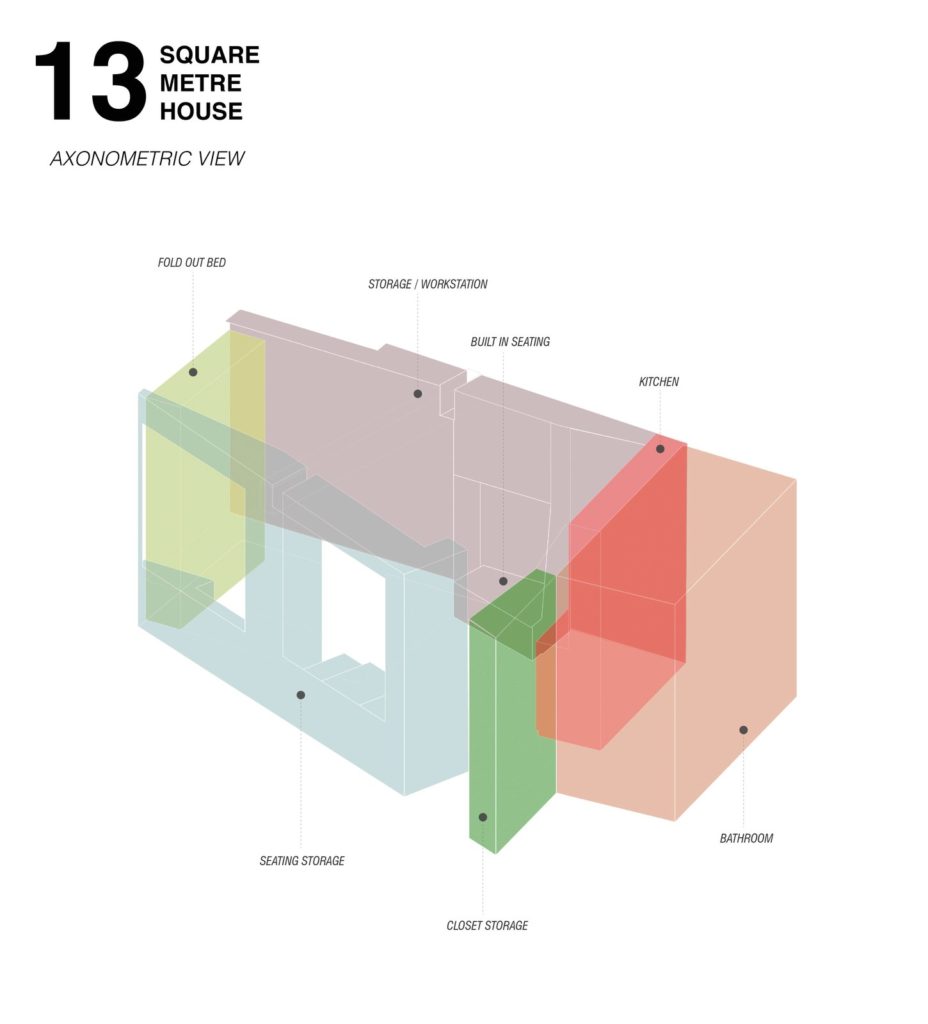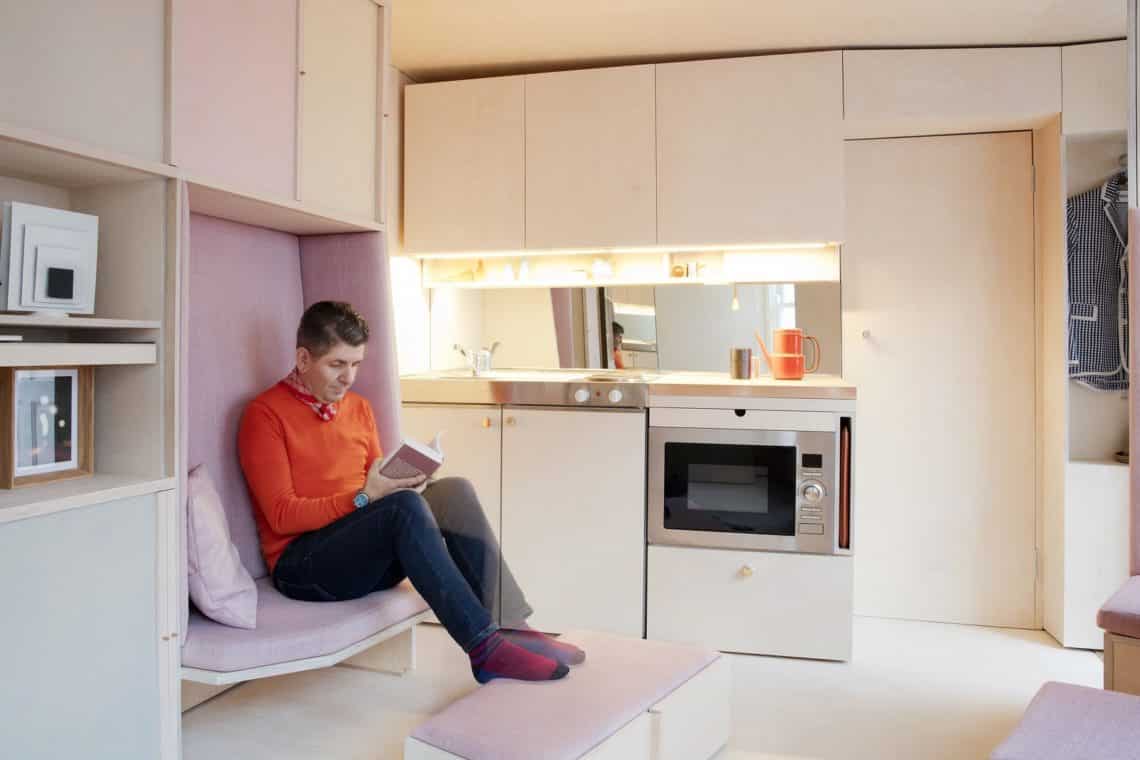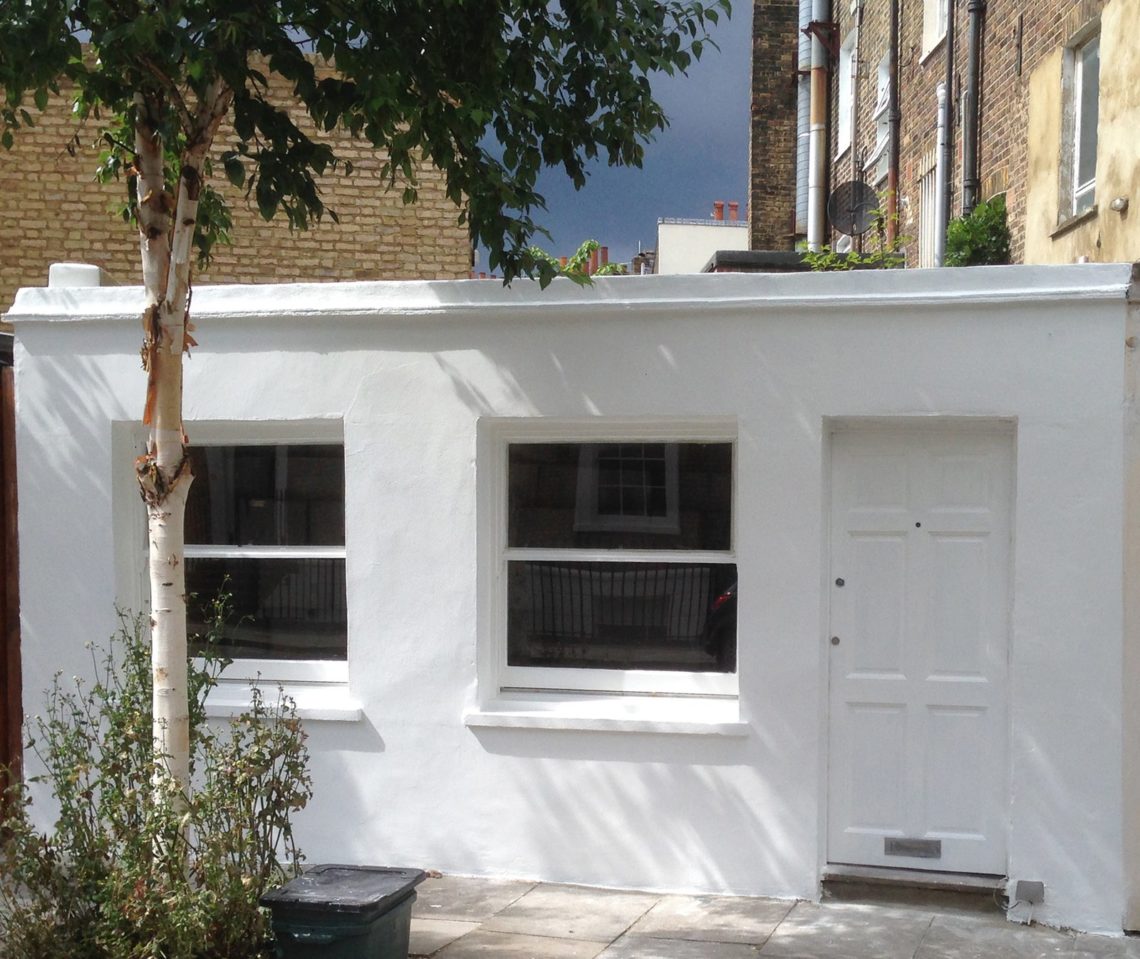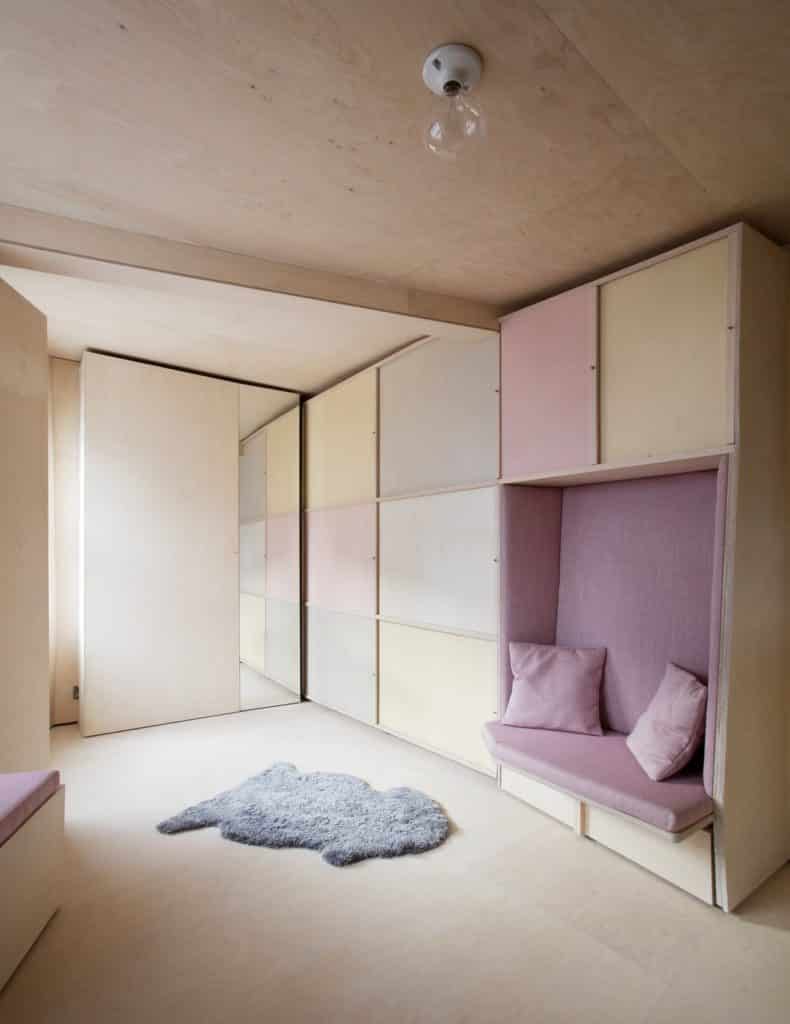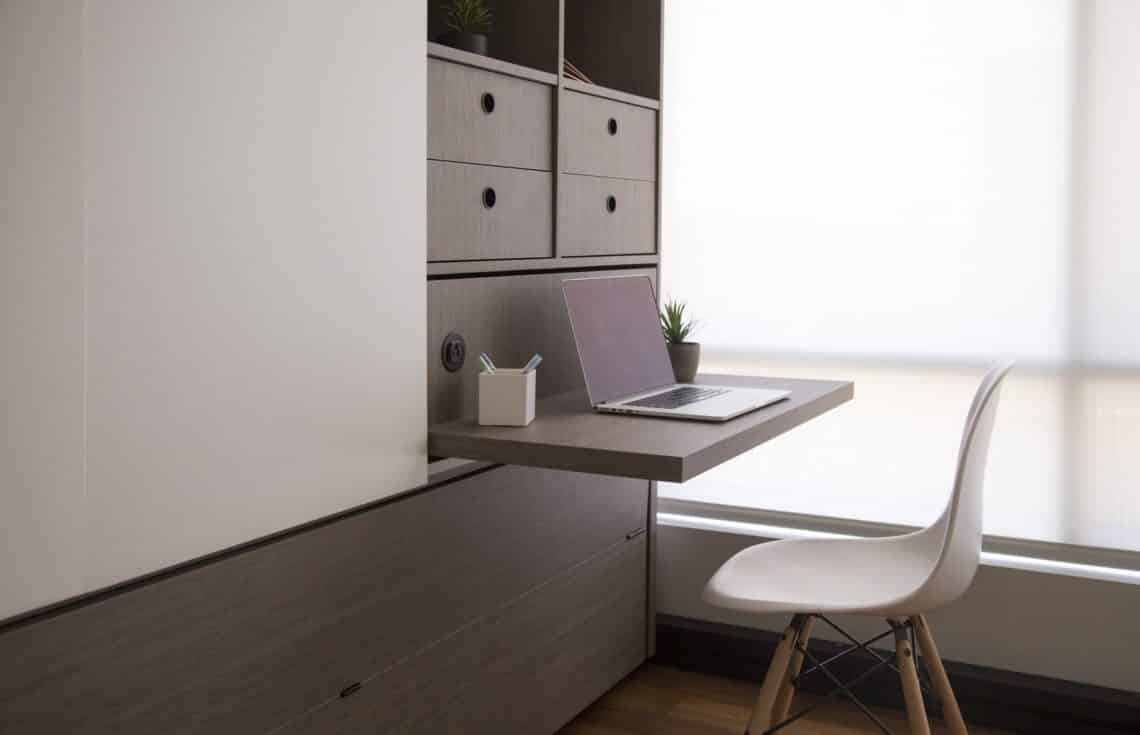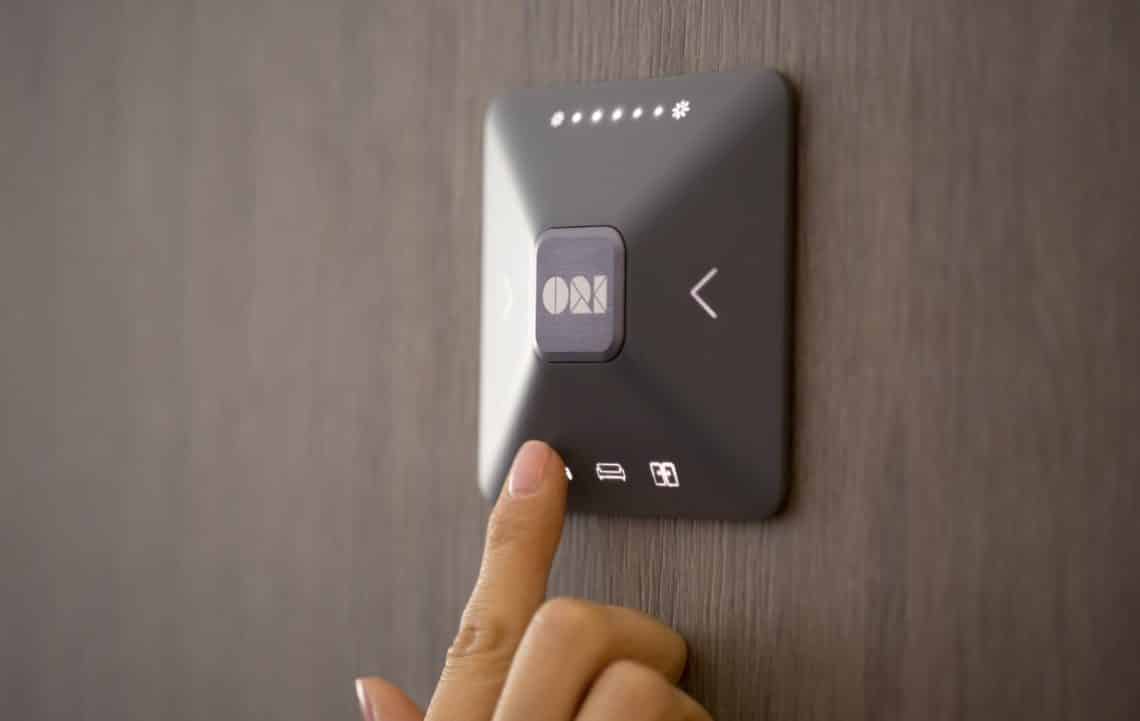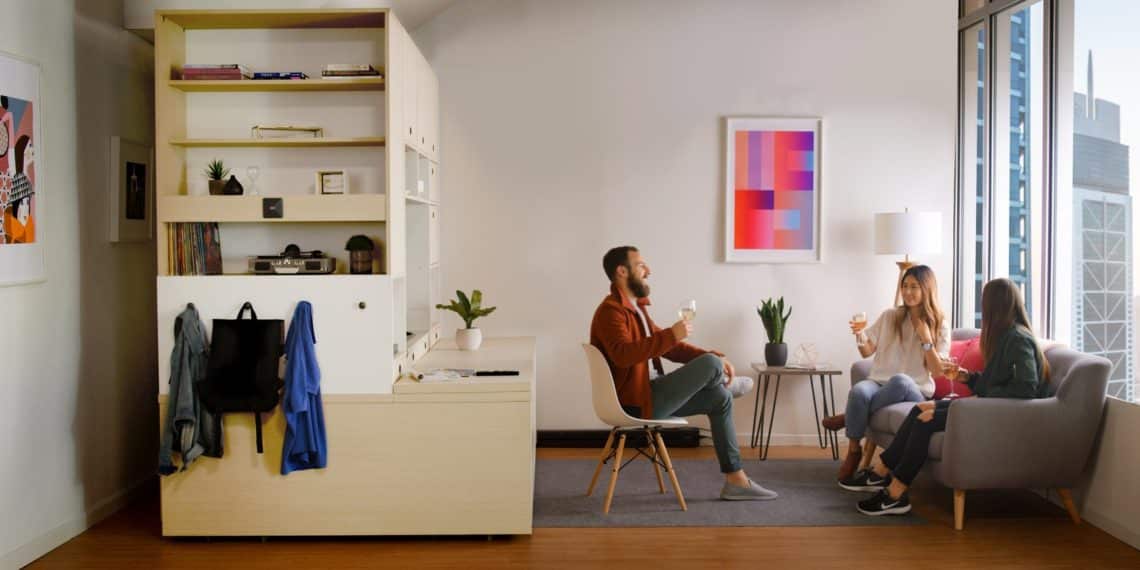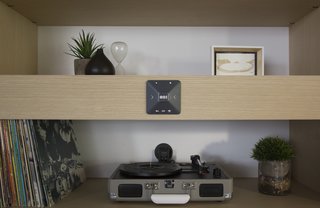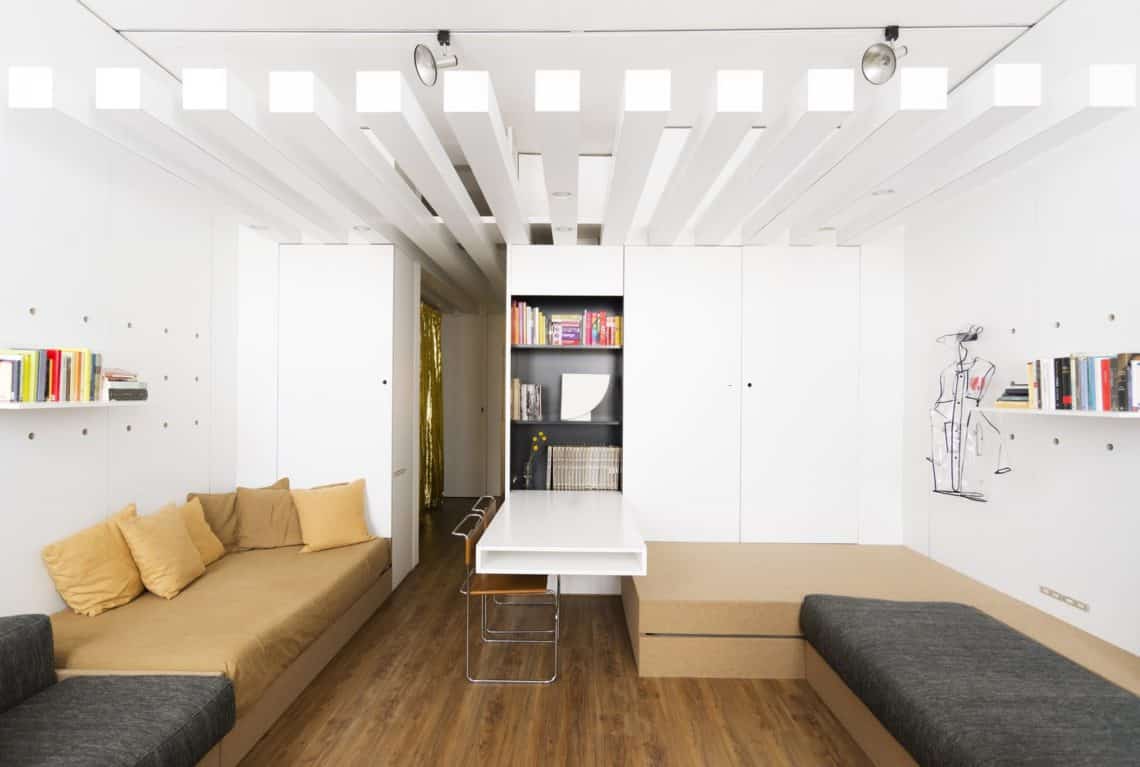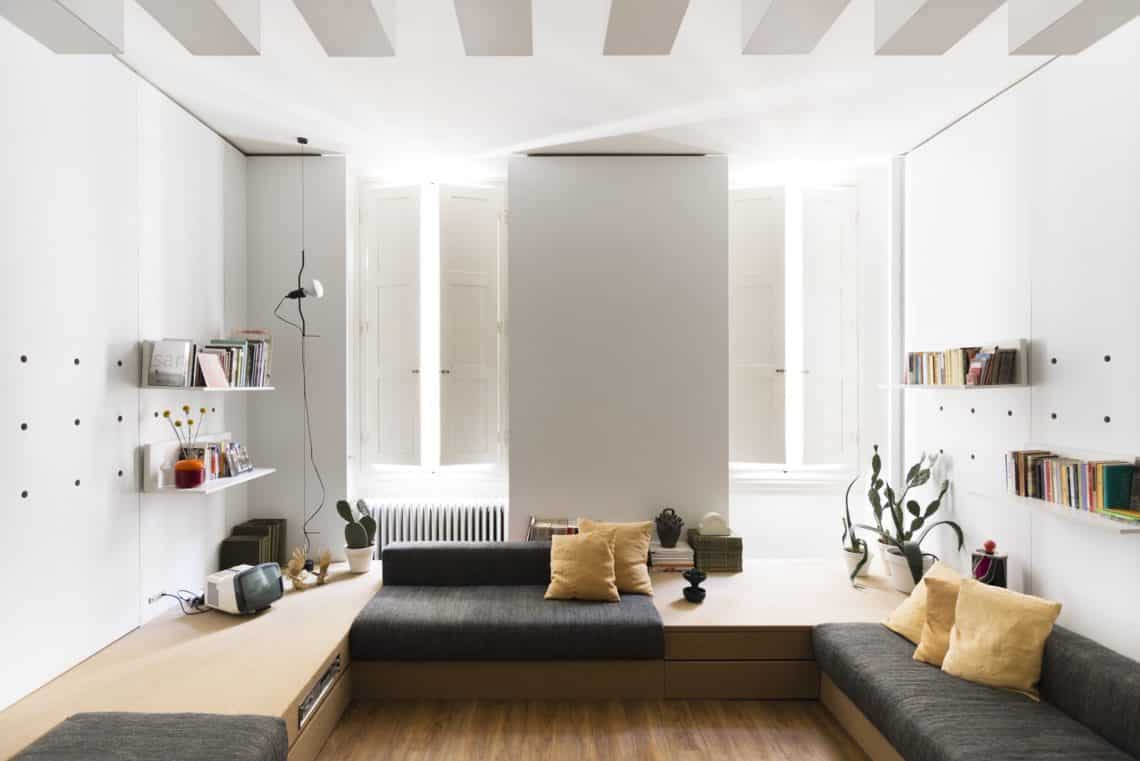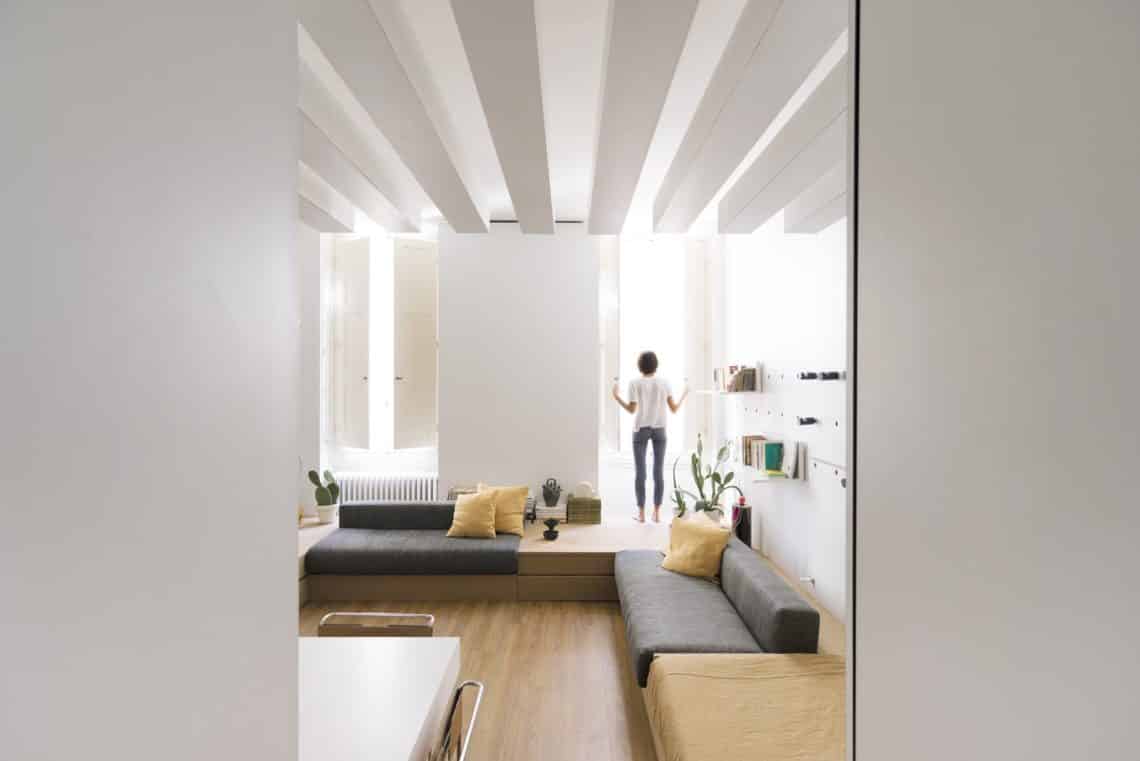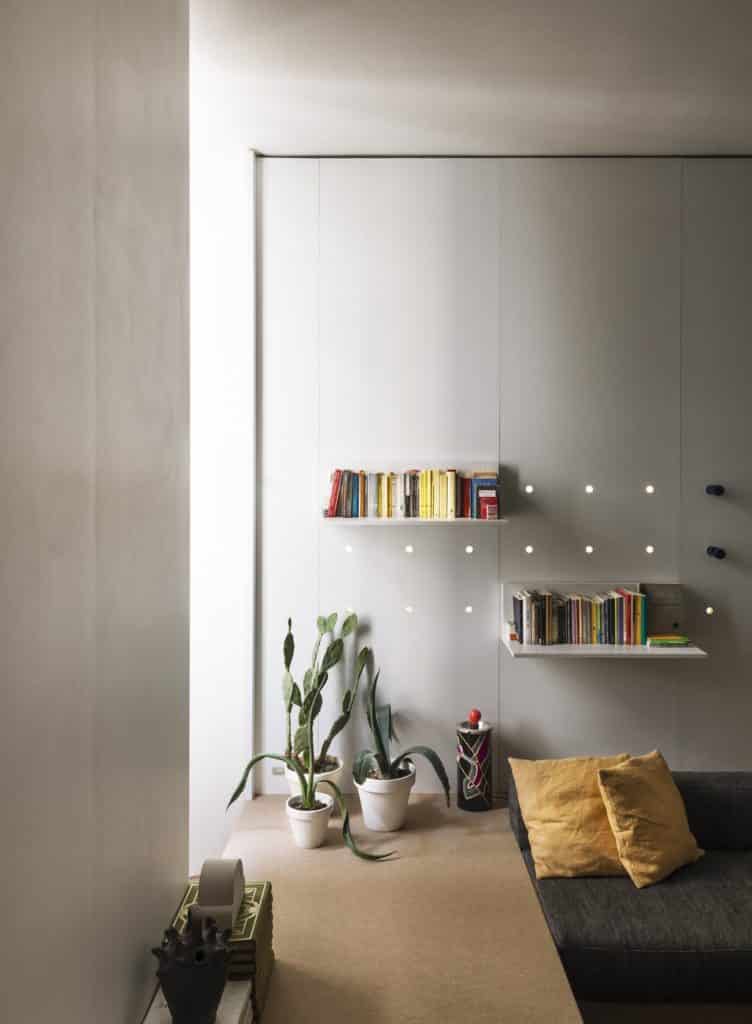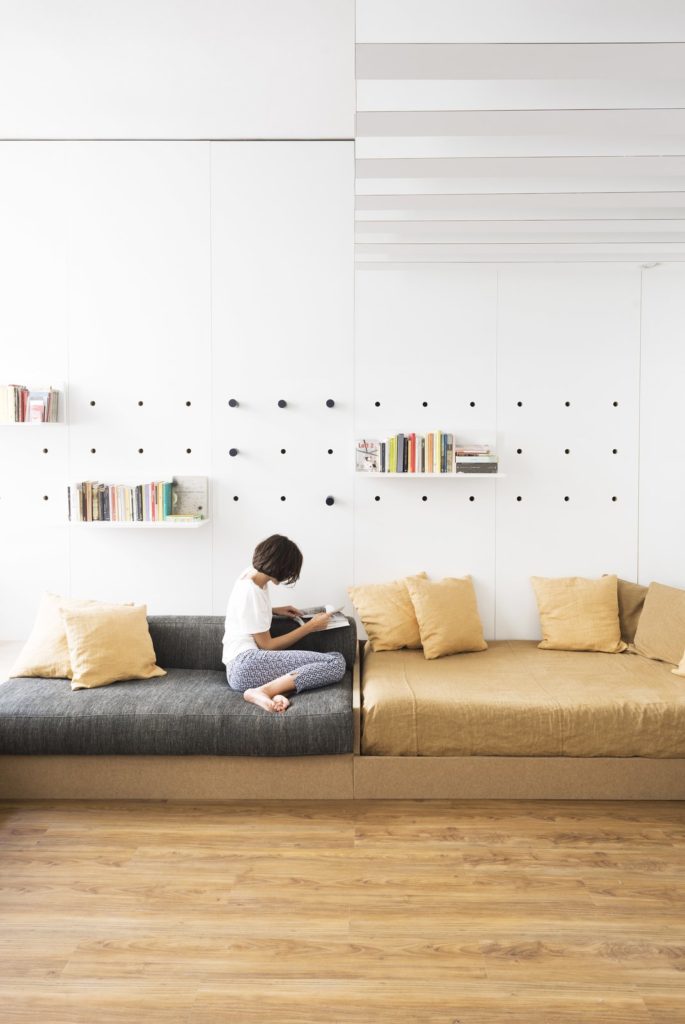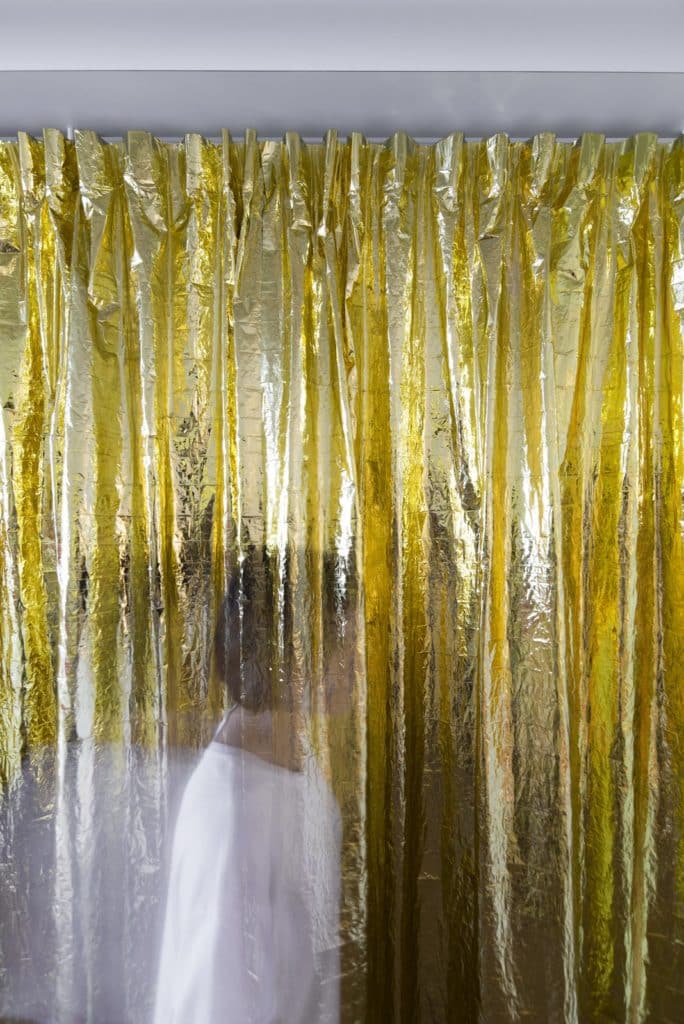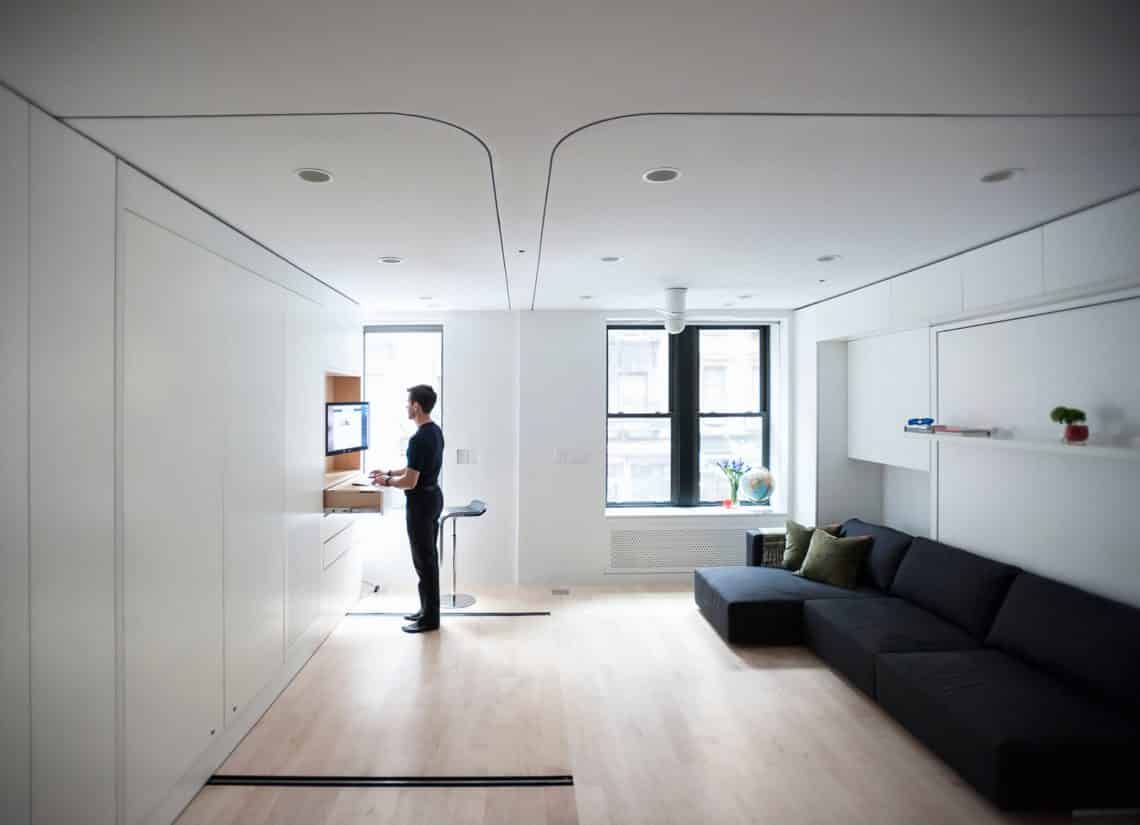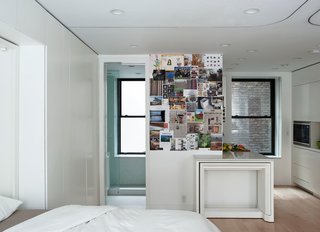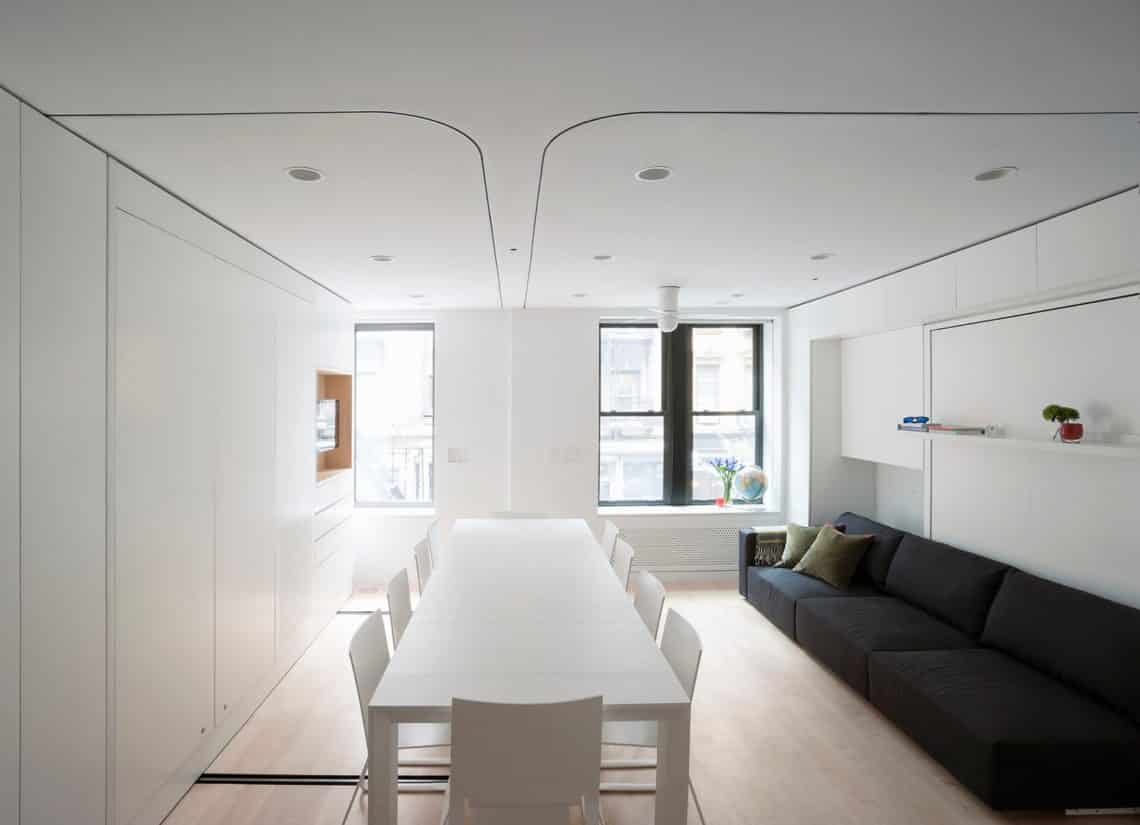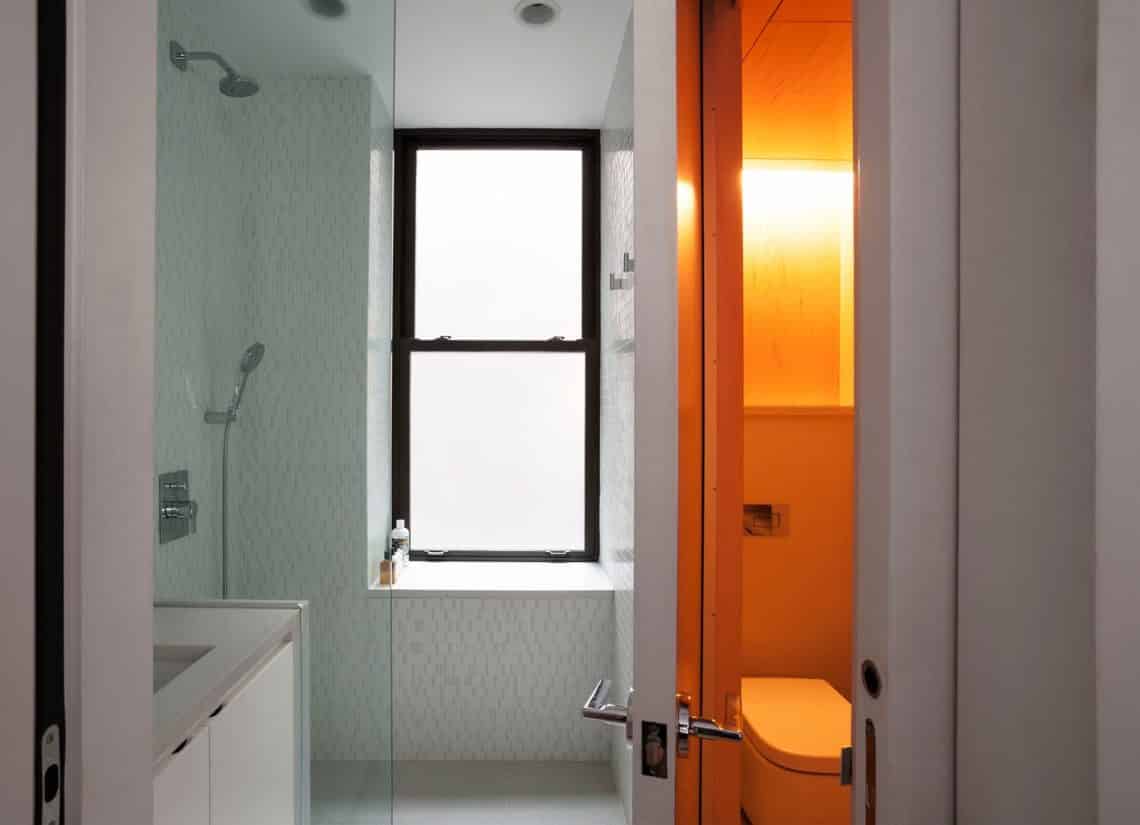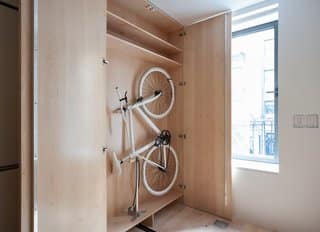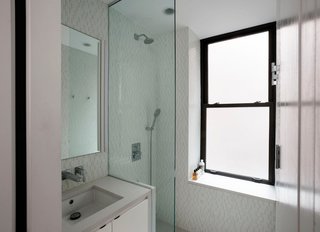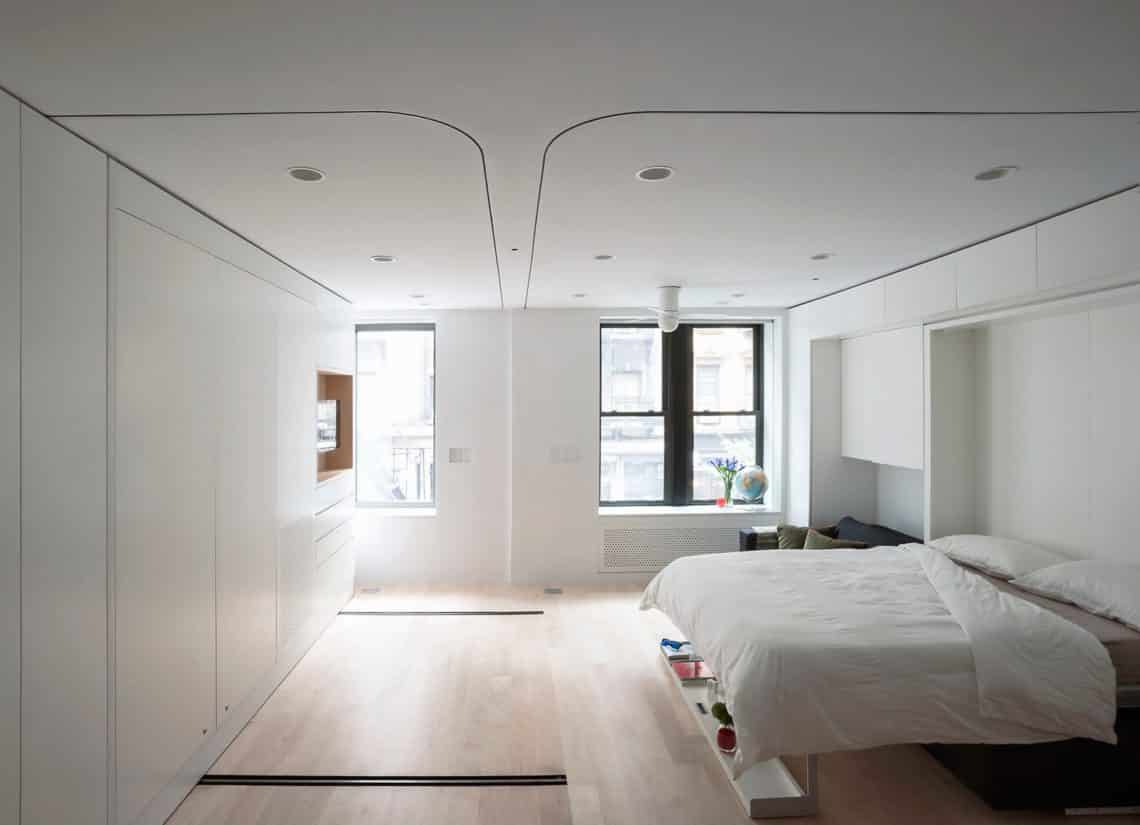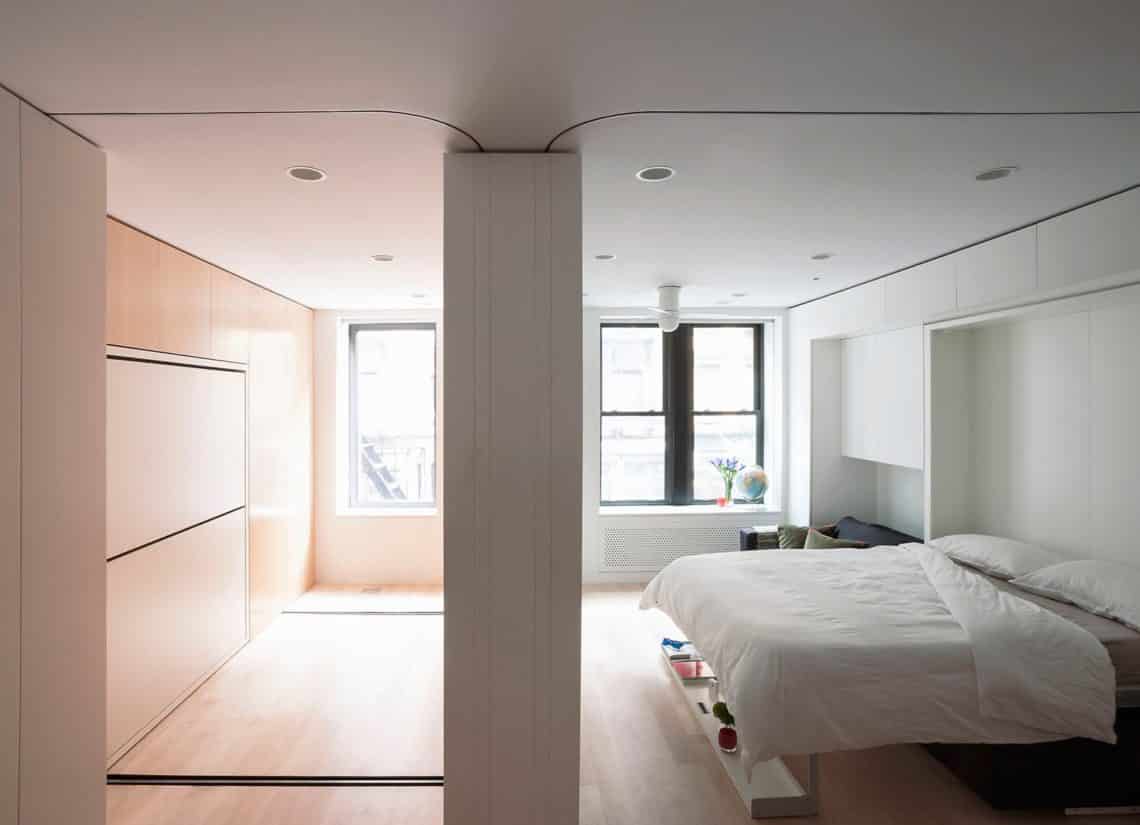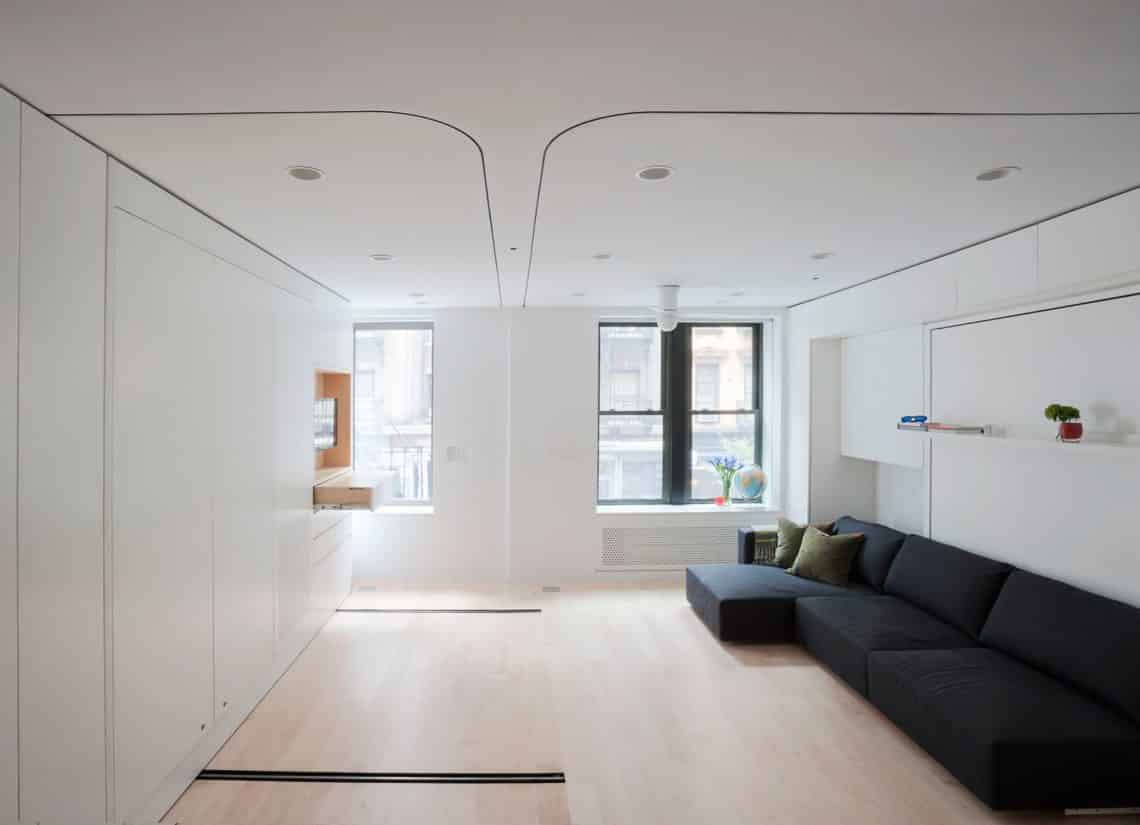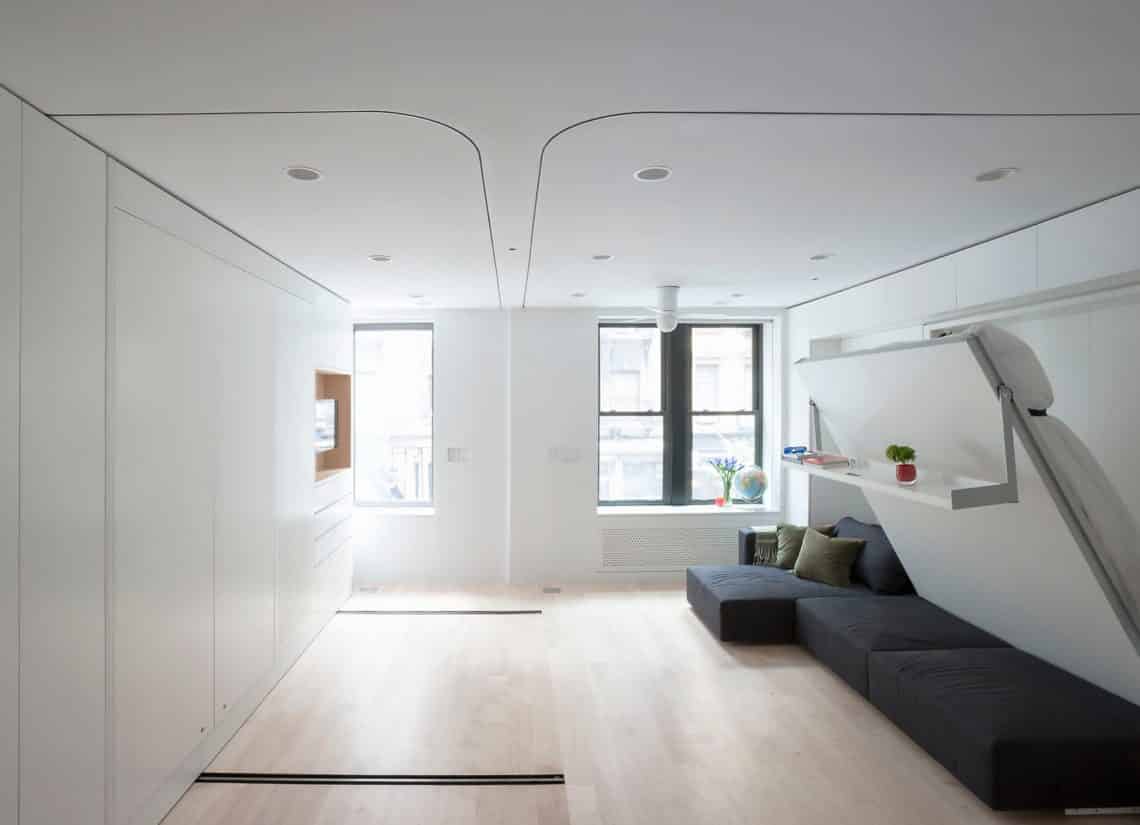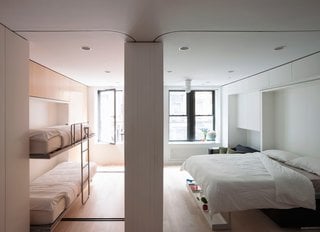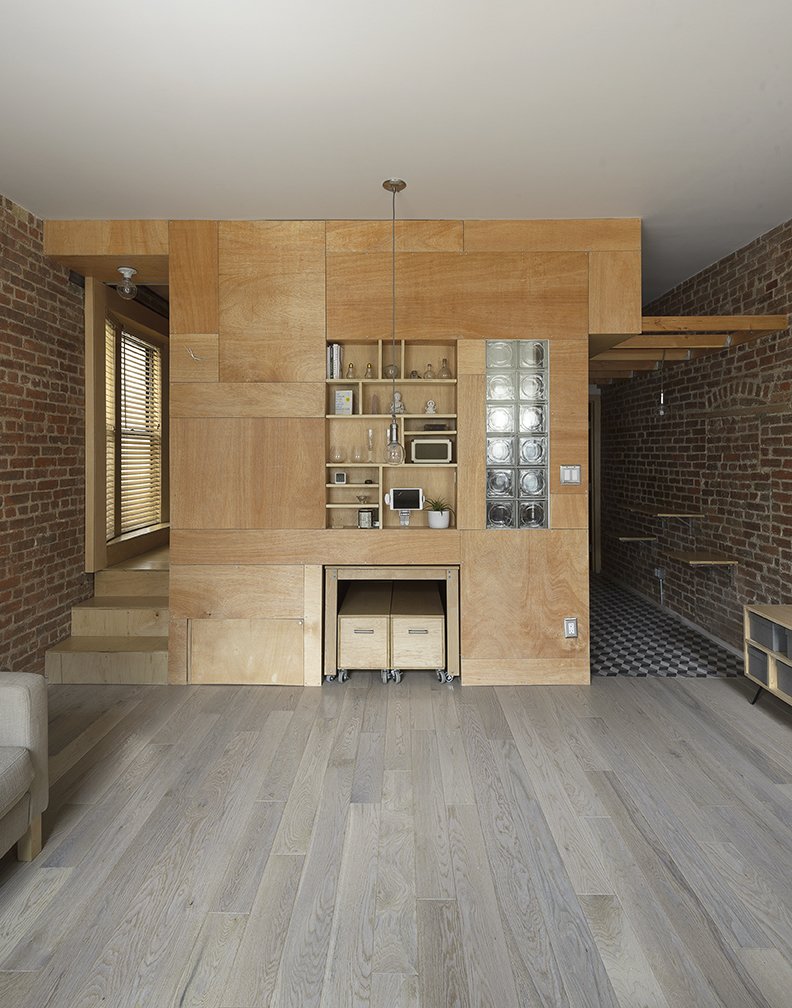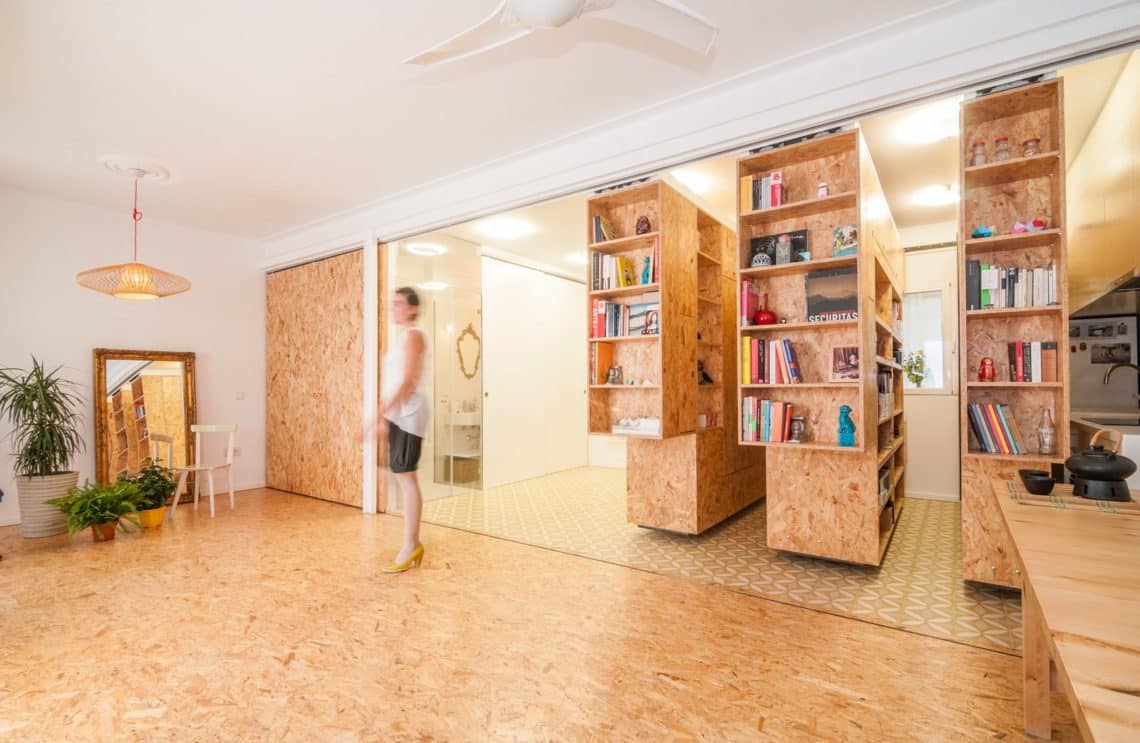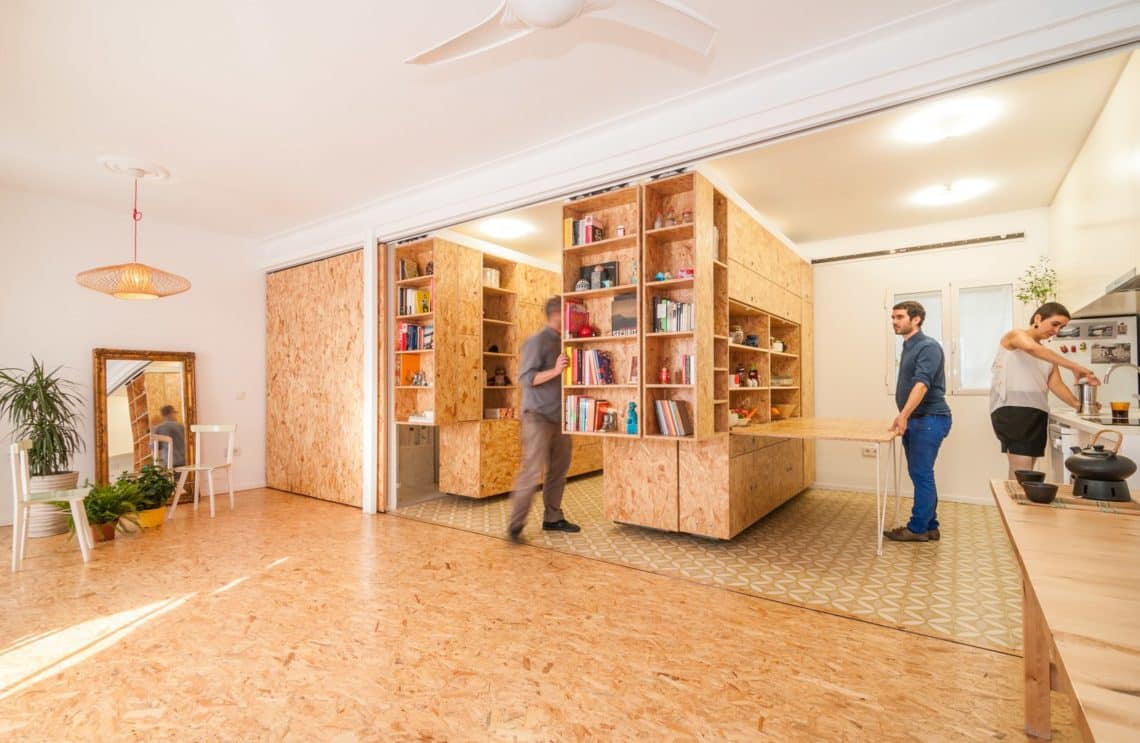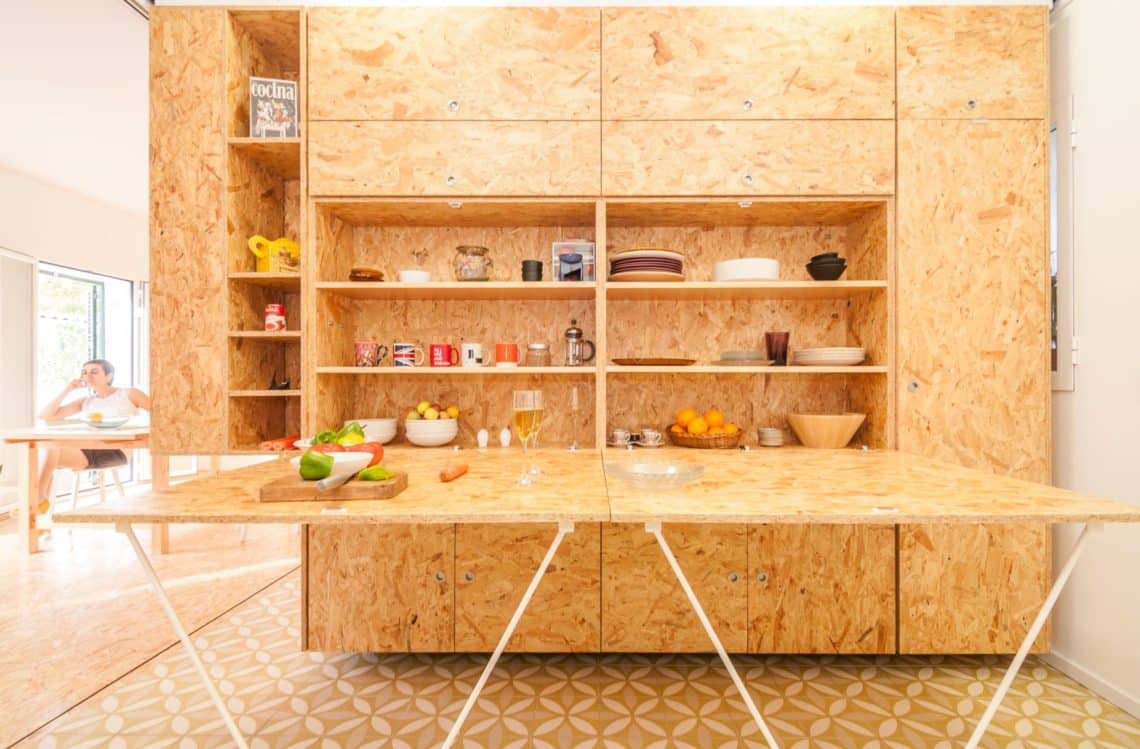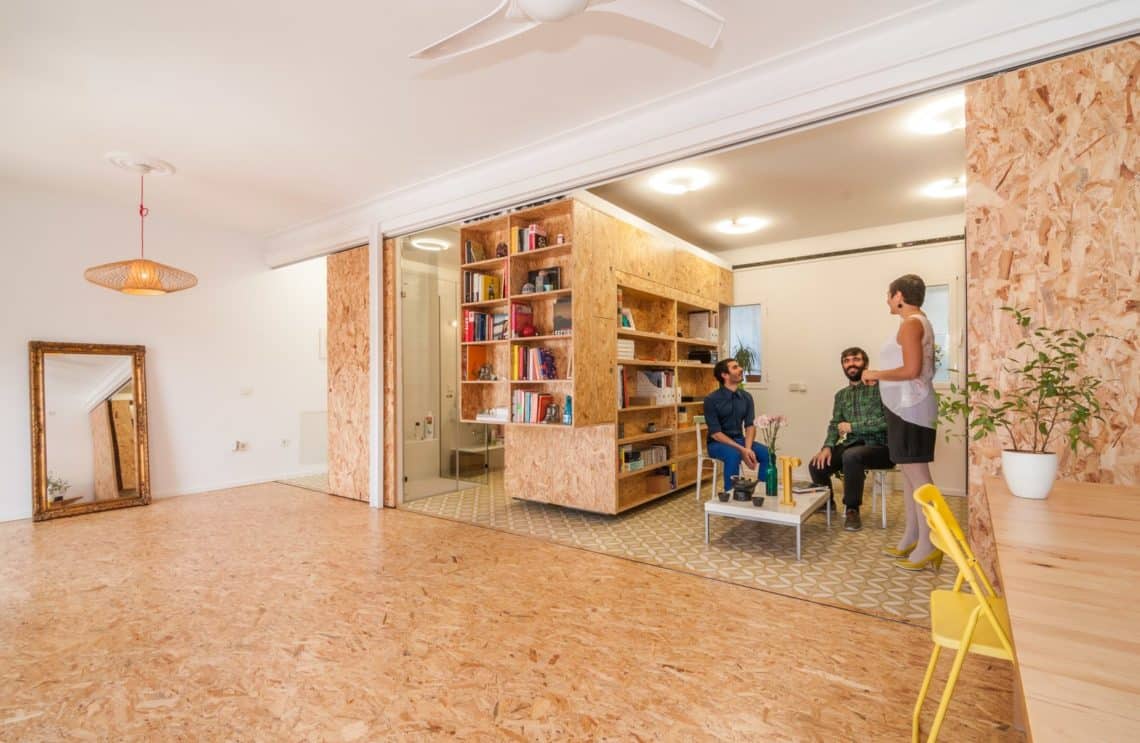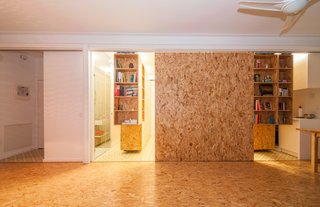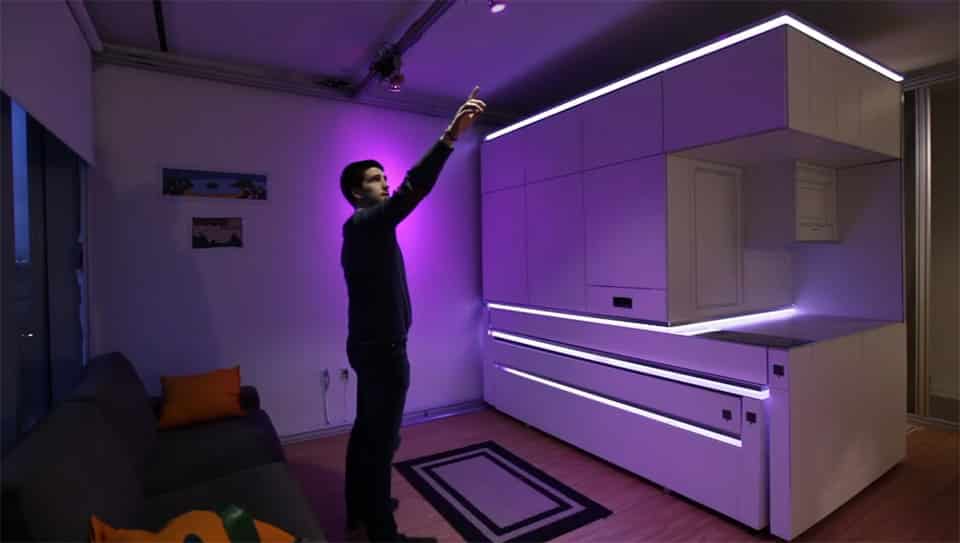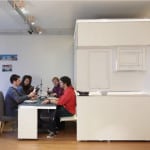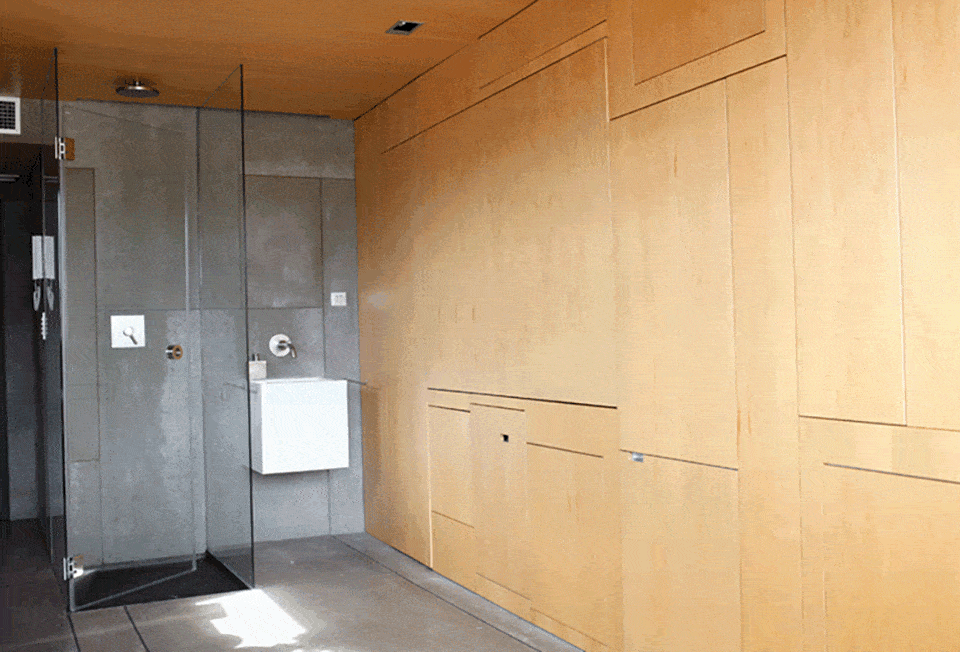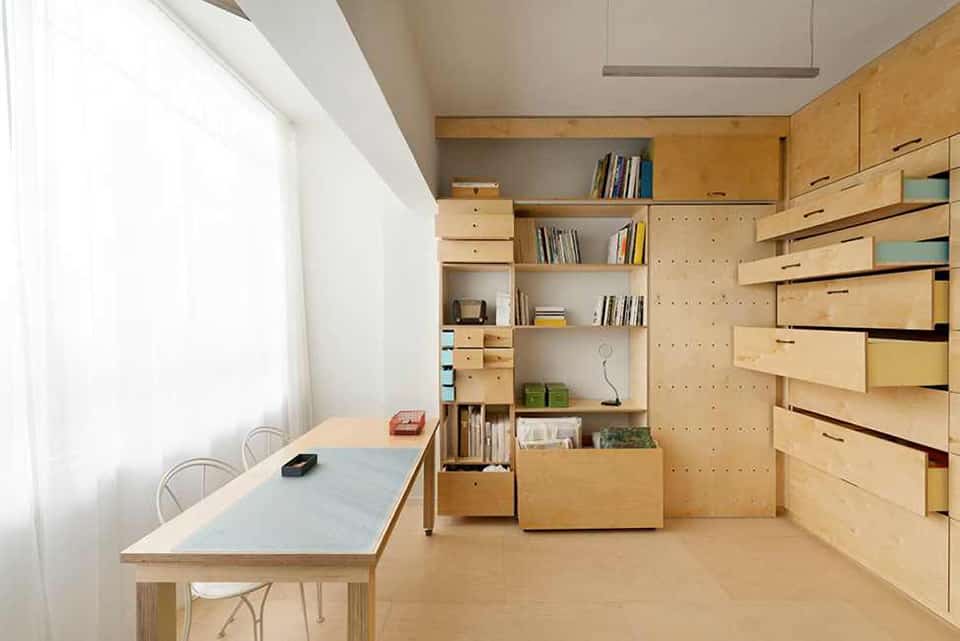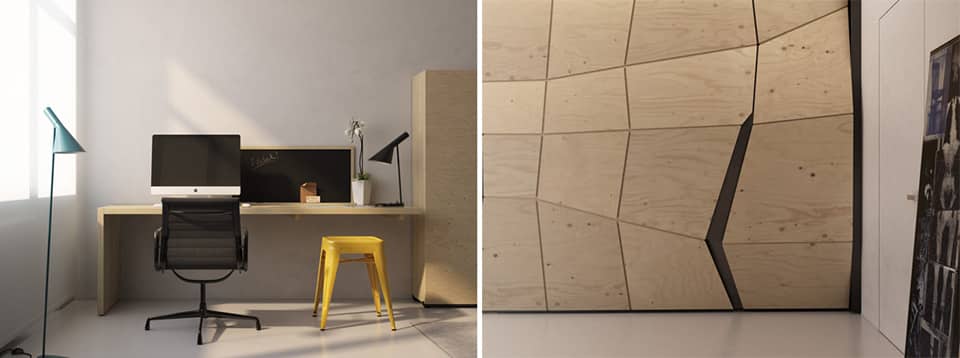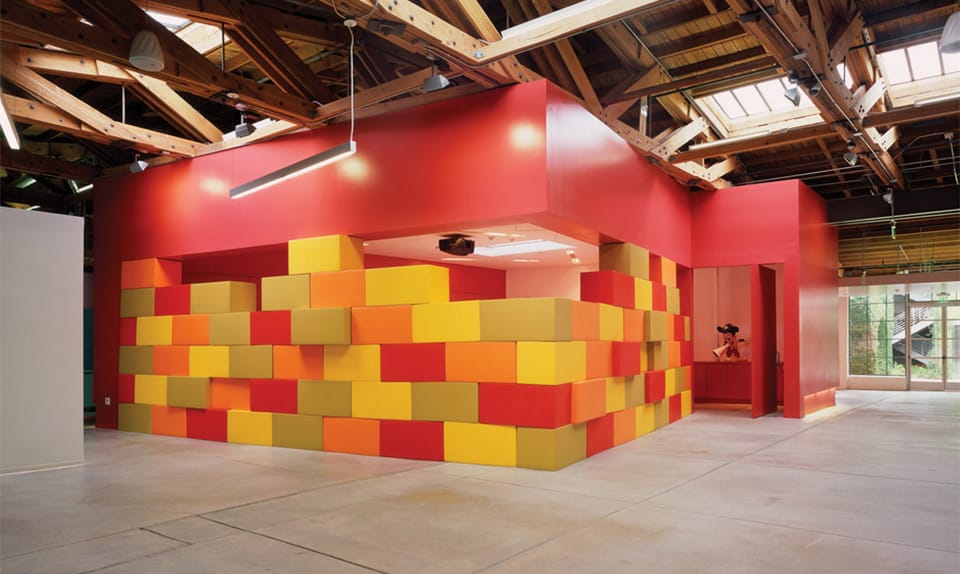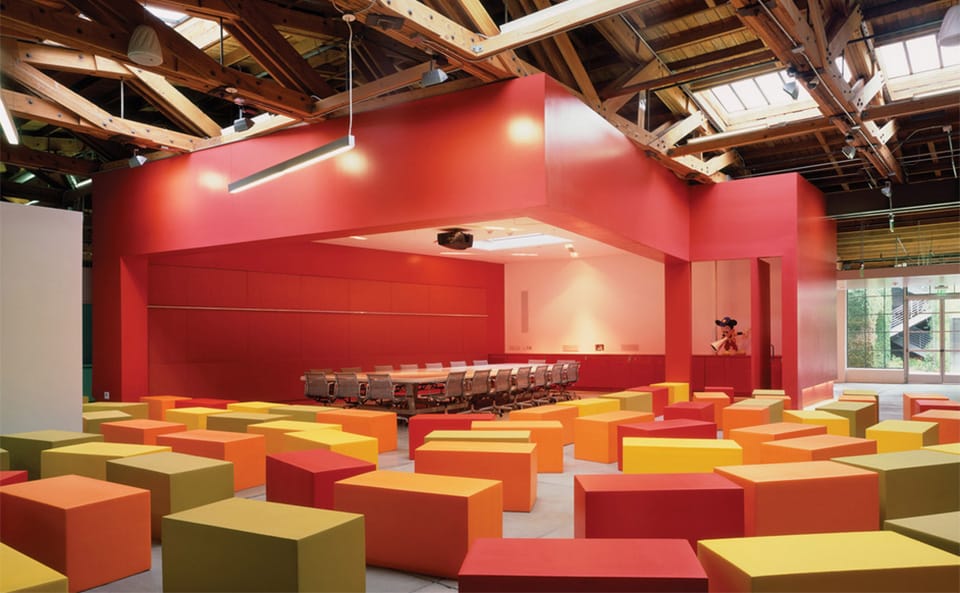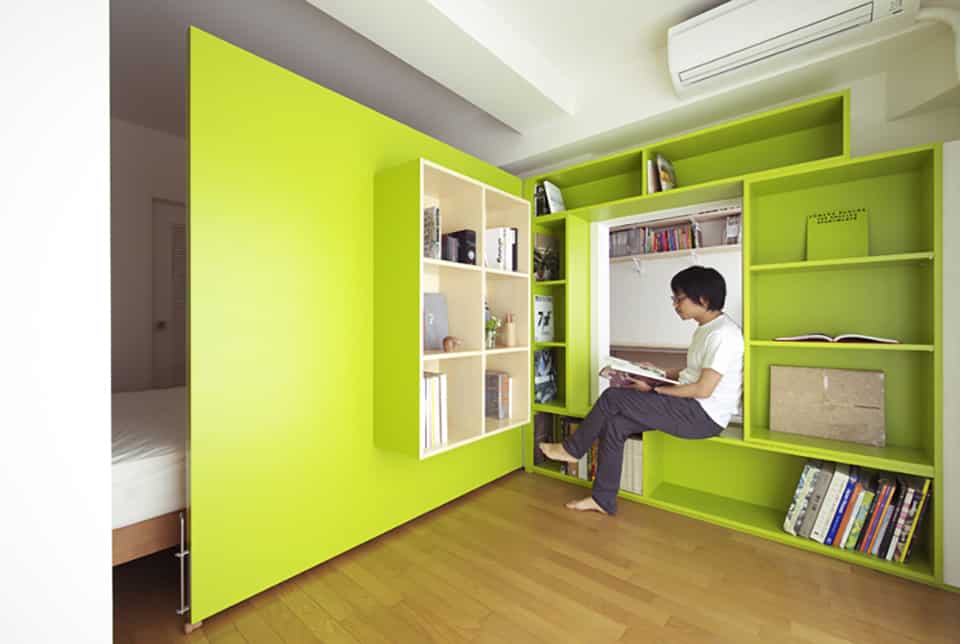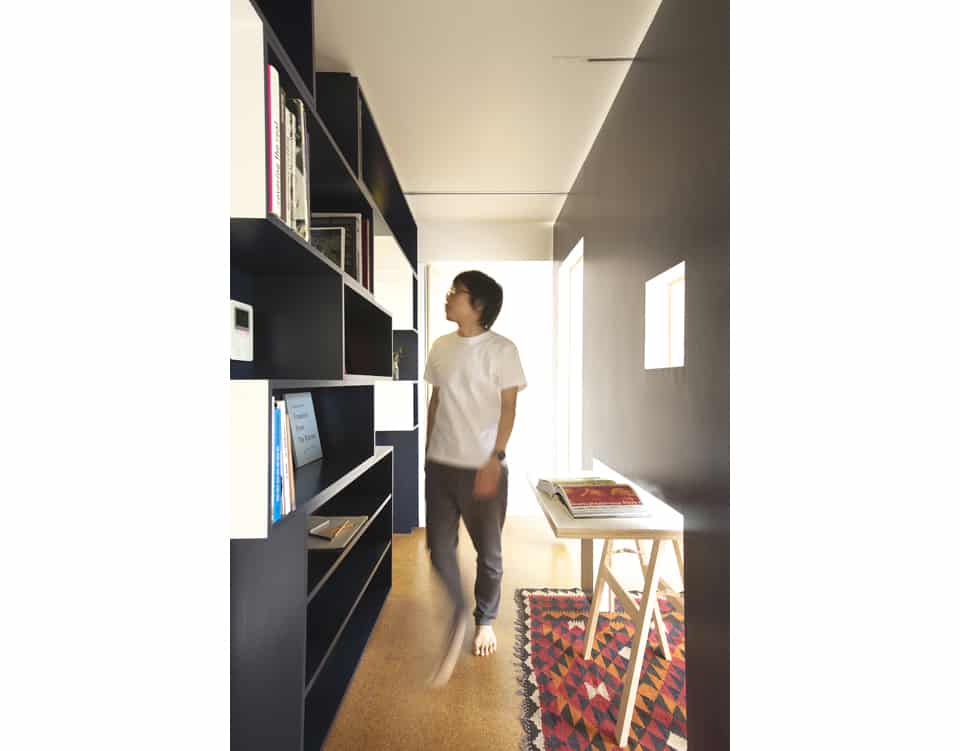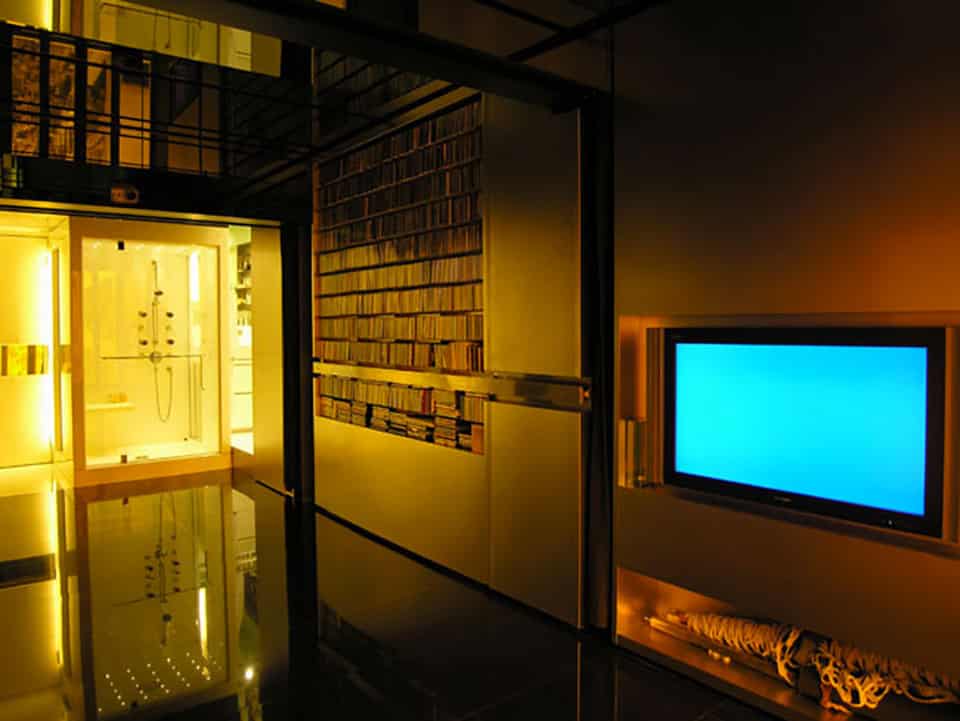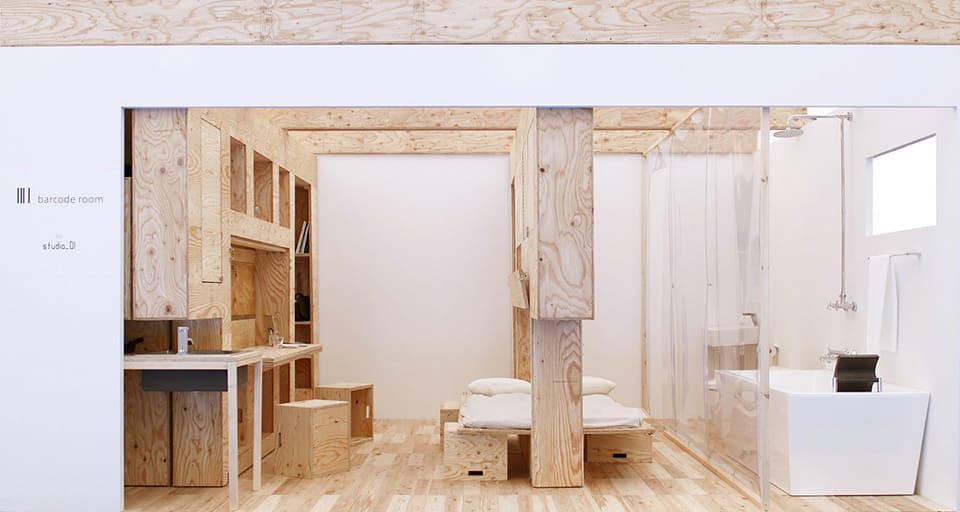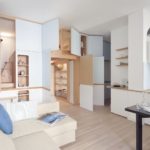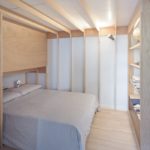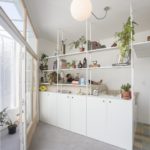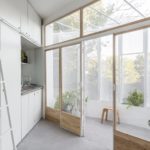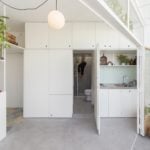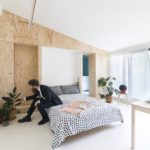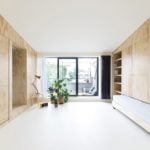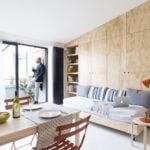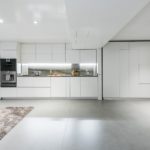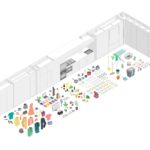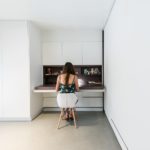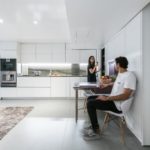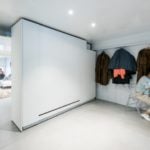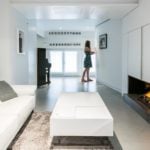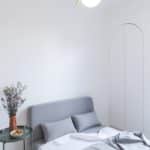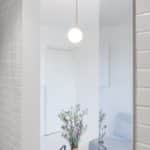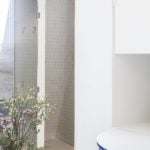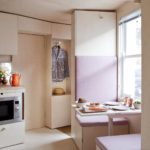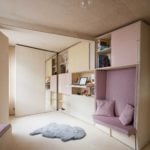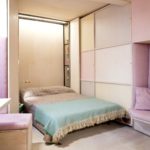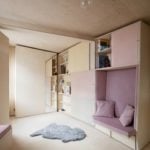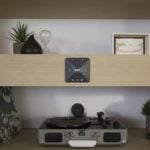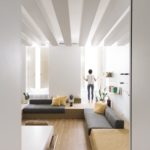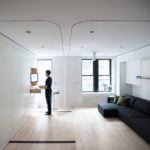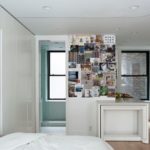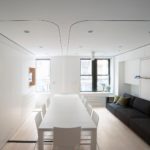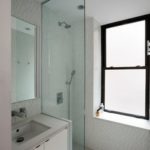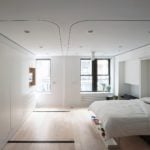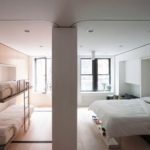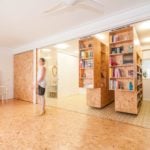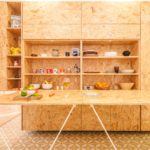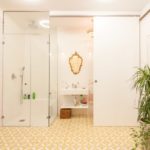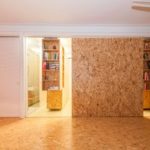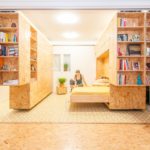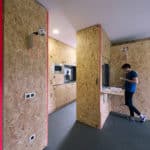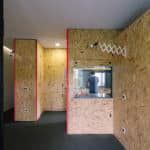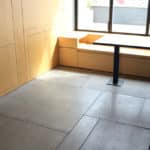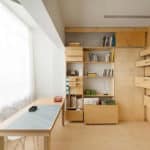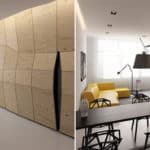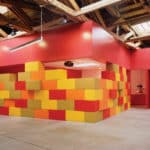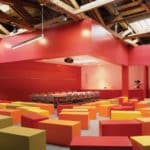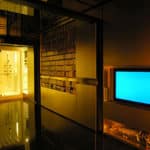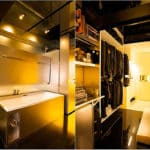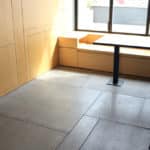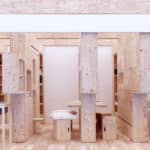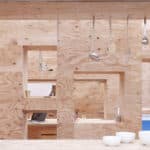So, all of us, no matter how young or old we are right now, can collectively agree on this one thing:.
That more than just being a set of building blocks, Lego is an emotion and an idea.
And to say even that would be an understatement, as the influence of Lego has impacted countless practical fields of this world, since the day it was launched.
So much so, that we can see its powerful influence on things that are shockingly different and disconnected from what Lego stands to be. This may include the fashion and beauty world, interior designing, and numerous artistic arenas.
In architectural fields, the impact of Lego has been absolutely enormous. From apartment designs and interior decor to what goes on the walls, Lego patterns and styles have extended its beautiful fingers to pervade the realm of public and private construction.
From multi-functional and multi-dimensional integrated structures to retractable furniture, there is so much, that you can always rely on Lego to get spectacular ideas for your home design!
And to give you just the perfect mental picture of what Lego -style in architecture could achieve for your home, we have brought some of the most popular and coolest Lego-style apartment ideas in the next few sections!
Lego-Style Apartments
-
Multi-Dimensional Spaces in Nautical Designs
Nautical designs for multi-dimensional spaces work exceptionally well since it brings in a clear- cut, neat boundary for all of the areas. This sort of a layout helps to boldly define the separate places in the living space with straight -lines and a geometric approach towards patterns.

The hingeds wall -panels of the set up can be efficiently used to conceal entirely functional slots which that could be used as a compact study, practical storage spaces, and even a tiered sleeping area.
An apt example of that is represented right here with this 377- square- fooeet apartment space in La Spezia, located in the Italian Riviera. It has been designed by Ilab, a Genoan firm.
All of the concealed slots, sections and walls possess plywood cabinetry that deftly camouflages a bedroom entrance. The walls also hide a small portico, leading up to a compact mansard sleeping loft.
Now, the arrangement is such that when the doors to the entrance are shut, the sleeping areas go right behind the walls, getting completely hidden away. The cabinetry wall is made of marine plywood.
The effect is further heightened with the selection of naturally calming, aquatic hues of soft blues and whites that increases the magnifying effects of natural lights.
-
Concealed Kitchen or Bathroom in the Main Room Area
The concealed bathroom and kitchen has become one of the most popular trends for studio apartments or students’ apartments. Not only does it save substantially on space, but it also ideally manages the overall utility of all the space that you do get, preventing any wastage of unused area.
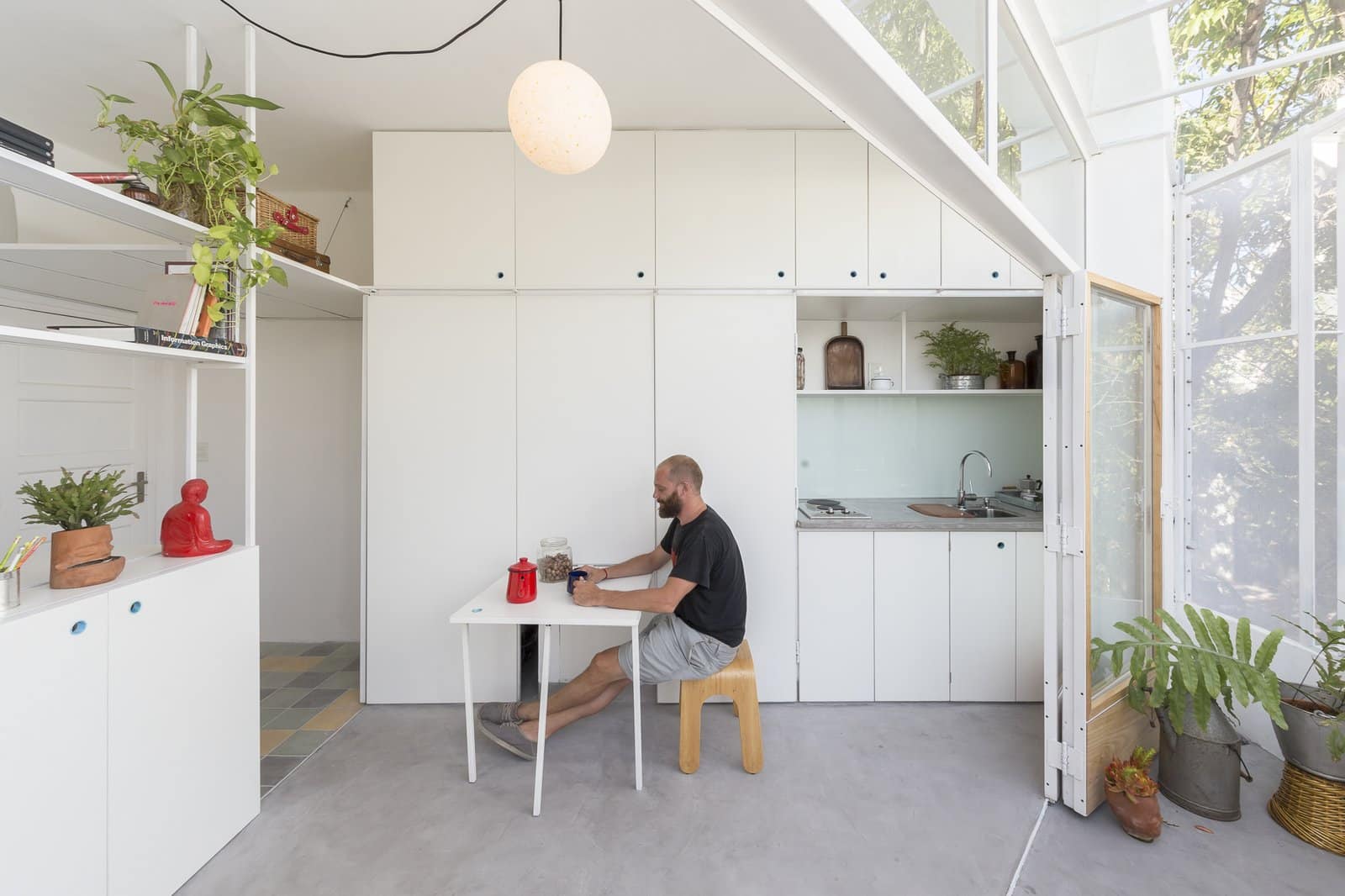
The concealed kitchen could even be laid down in a very limited area such as the corner of the room where it could be hidden by a false wall opening like a closet to reveal the unit. The overall structure unfolds like a puzzle or a Lego construction for that matter, highlighting the straight-edged appeal of the panel-work.
You could always put a pull-out dining table behind one of the walls as well.
What you can also do is use the structure to hide a small bathroom or wash, which will find a neat little slot for itself in this arrangement.
Conversely, you could also have a slice of free space in a larger kitchen that you could use as a study or for something else. This could be concealed in a similar way using the “Lego arrangement” of movable walls.
-
Batipin Plywood Camouflage
The Batipin plywood structure is used to create a boxy wall paneling system that hides entire rooms or functional spaces such as the kitchen, bed, bathroom, or integrated furniture. Batipin plywood holds up exceptionally well for constructing this kind of a “camouflage” compartmentalized arrangement that works like “false” walls used for the purpose of concealing larger spaces. The tone and texture of the material used plays upon the aesthetic side of things, bringing in a tone of modern woodwork designs.

The entire setting spells an air of utmost comfort in a cozy retreat where you do not need a lot of room to unwind. One of the best parts of modern-day architecture, the structure reminds you of the construction toys such as Lego and gives it a mature spin with a lot of clean edges to make a dynamic statement overall.
The presented project is designed by Milanese architecture practice Studio Wok using Batipin plywood. One of the walls of the structure conveniently hides a pull-out sofa as well as a wardrobe. They could even hide a Murphy bed if need be.
We also see the element of white, which contributes to the illusion of space, enabling a free play of natural light in the room.
-
From a Studio to a Two-bedroom Apartment
Talking about retractable settings, one of the famous looks of today is the “convertible” or “shifting” structure. An incredible idea for minimalist decor, it is a significantly space-efficient alternative for the modern-day crunch-space scenario which that necessitates a more sustainable and simplistic approach.

The presented example is that of a convertible studio which that can be turned into a spacious two-bedroom apartment at just a simple push of a button. The structure of this 750- square- foot apartment in Madrid is designed by Enorme Studio. This is an entirely configurable unit that offers you the benefits of both a studio, which you use professionally or for private use, as well as a comfortable living space.
The whole project is designed to perform seamlessly on the hinges. The Lego-like fittings and movement of the large elements could be achieved easily without complications on this design.
Although, you may face initial resistance, especially if the walls are heavy. The rigid structure may take time to coordinate with the integral features.
However, what the designers of this project did was to re-engineer the setup with a harder wheel that would not absorb much friction from the ground, a creative solution that also reduced noise in the apartment creating a more comfortable quieter home.
-
Pop-up Book Apartments
The “pop-up book” is an absolutely brilliant modern apartment layout that is gradually gaining immense momentum in the present-day architectural scenario. It brings in the element of fun and games, reminiscent of our childhood days spent listening to pop-up storybooks and night, evoking a sort of nostalgic feeling that way.

This kind of arrangement usually calls for bright, cheerful colors, much like the illustrated pop-up storybooks it gets its name from.
The pop-up arrangement in practicality is a clever way of concealing whole parts and furniture in the living area to leave room for fantastic transformable options.
The given example is that of a “pied-a-terres” or small living unit in Paris that has been designed exclusively by Battik Studio. You could see that the bespoke cabinets in the setting conceal a dining table along with stools and even a small pop-up fridge.
The unit is located in a larger home in the 10th Arrondissement and is known as the Marine-Josephine project. It is marked by arched alcoves, and a sophisticated, muted color scheme.
The dated effects for the patterns and colors work beautifully to highlight the overall design of the apartment.
-
Functional or Free Space in Apartment Units
Generally, the structure of the multi-dimensional space is for apartments leave hardly any free or functional area that could be used for other purposes. However, the use of carefully and smartly constructed, adaptable furniture could create somewhat cohesive and flexible zones even within significantly limited areas, such as a micro-apartment, if strategized well.

Functional spaces could open certain areas that could be put to have a large number of uses, and provide the living area with a spacious effect.
Also, a significant amount of workable project could be efficiently placed in the area available, especially if one chooses to go with flexible and furniture for that matter.
Over here is a marvelous example of the same is projected through the design and decoration of a 140- square- fooeet micro-flat in London under the clever orchestrations of Studiomama.
As explained by the company’s co-founder Nina Tolstrup, who employed East London carpentry firm, which was Ccommissioned by you to create the bespoke furniture, the real challenge lay in working up a minimal space such as this one using off-the-shelf-furniture.
They were successful in creating an entirely concealed workstation and storage right next to a snug bench seat. Also, a pull-out deisk is concealed underneath one of the shelves.
-
Bot Furniture!
The spirit of the new age could be best expressed best through Ttechnology’s love child with Mman’s desire to create their own non-human entities to execute their bidding. And hence eEnter: Robots for everything!
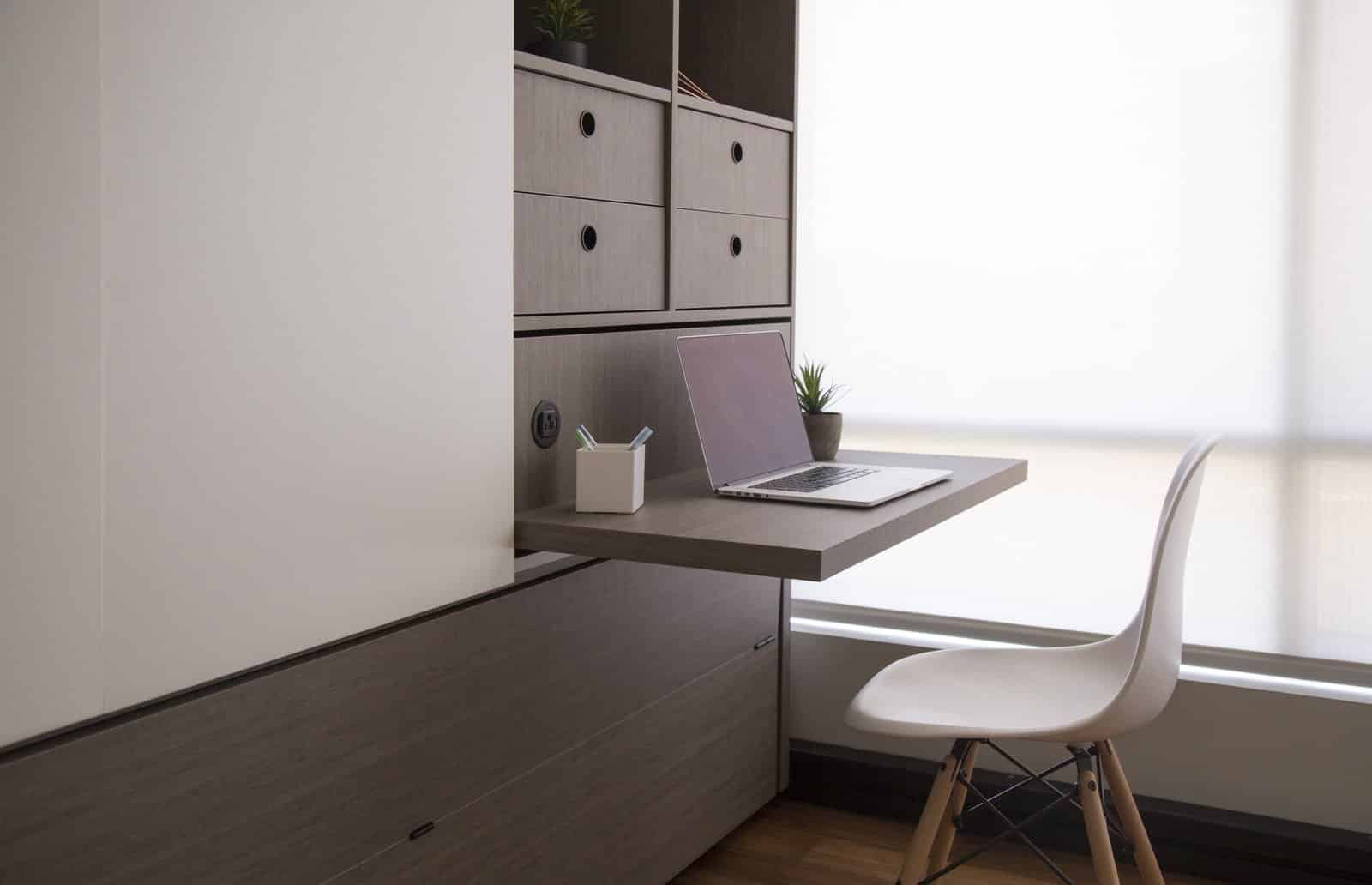
Although some will take that as a scathing criticism for Mman’s desire for power, one can hardly resist the undeniable charm of things that manage themselves around us most satisfyingly and functionally possible with just the push of a button.
As an example of the same, we have a brilliant collaboration between MIT Media Lab and Yves Behar and his team at Fuseproject, to bring the Ori Full and Ori Queen Systems. It is a spectacular collection of robotic furniture that transforms a single studio to flow seamlessly between several different states, including the bedroom, living room, office, and even an office.
The technologies and systems are such that they could be paired with any of your personal devices or could even be activated through voice command.
What you have to understand over here, as CEO of the company, Hasier Larrea, explains, that when you’re getting bot furniture for your space, it is essential to think about how they will interact and adapt themselves to your space and, in turn, how a space will adapt to us, rather than the other way around.
-
Flexible Platforms
Pliable or flexible platforms, in most cases with regards to multi-dimensional spaces, are considered to be the crucial foundations for any sort of movement achieved for the structure.
If planned and charted out well, a single pliable platform could facilitate several different functional spaces and structure in many different ways.

The base for all of the functional aspects of this kind of a platform lies in the flexibility of its form and structure. This opens up the possibilities of customizing an entirely movable or “floating” area for you within the boundaries of smaller spaces which that can’t otherwise be salvaged.
To explain this in a better way, what we have over here is a superb specimen of pliable platforms fitted in a 452- square- fooeet Roberto Monsani flat in Florence. The said space is owned and designed by Italian architect Silvia Allori, who has made use of an integrated white laminate panel system for her wall storage and platforms consisting of niches and other storage spaces underneath.
The platforms could be topped with cushions and used as beds or sofas. A separate panel folds down from the living room wall to reveal a bookshelf and that forms a table.
The sleek, white soleil-like beams run along a set length of the ceiling in the apartment’s mid-section, heightening the Lego-like appeal of the place.
-
The Futuristic Convertible Space
The modern-day architectural designs have inclined heavily towards the dynamic appeal of an abstract, futuristic layout. The structure could be done in bold tones and patterns, including flexible central partitions that can hide major portions of a given living space.
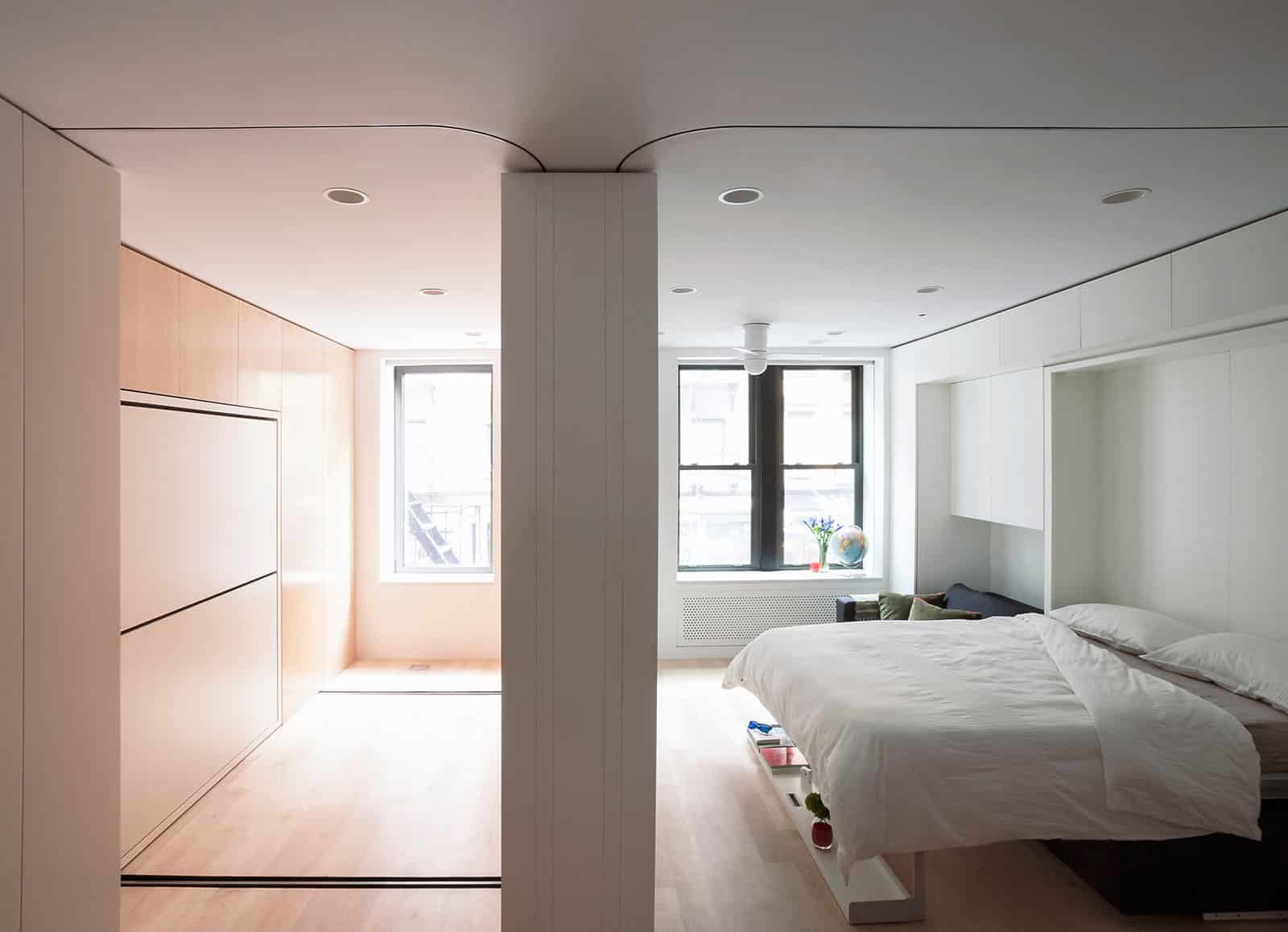
The definitive thing about such abstract architectural scapes in a multi-dimensional area is that it is pretty much based on experimenting with the form and structures of the overall structure of the space. One should analyze how the different components of the form interact with the kind of elements that you want to put in it.
The only aspect of the space that could be played with are the parts that are configurable, necessitating the act of coordinating them with the stable features of the space.
One of the vital points of the room that could be the most versatile out of all other workable spots is the central or middle-ground of the space. This particular portion could be put to the maximum use.
You could either put up a retractable partition to create a concealed portion or functional storage space, or you work around this point to create other niches and utilitarian slots.
A brilliant example of the same is this 420- square- fooeet Manhattan apartment designed by Graham Hill, a designer, and entrepreneur at LifeEdited.
It is equipped with moving walls that open to reveal a second bedroom as well as a swinging shelf known as The Swing from Resource Furniture, which acts as a handle to pull down a Murphy bed above the sofa.
The second room also features a bike storage and an office space, and can also be converted into a guest bedroom.
-
Fluid and Flexible Apartments
Fluidity and flexibility in a multifunctional and multidimensional space are all that you need for such arrangements to fall correctly into place. The essence of getting the functional aspect to run things very smoothly in a structure such as this is to focus on the interaction of the different components or elements in the space.

Whatever you choose to put in your residential space should, by all means, compliment the overall shape and form of the structure first and only then should you go ahead with the designing and customizing the aspects that you need.
Sliding and folding panels are the best ways to utilize a certain space in many different ways,. It does as it increases the functionality of a certain space.
Plus, it is a whole lot satisfying to opt for neat sliders and folding panels that fit in smoothly like the building blocks of Lego, than abrupt hinges and doors opening at awkward angles.
Russian architect Peter Kostelov is an expert at creating flexible spaces using multi-functional, custom furniture that folds and slides away. One of the most charming examples is the 700- sSquare- fooeet New York apartment that he created for himself and his wife.
And as is evident, the appearance of the structure is starkly similar to that
-
Sliding Shelves for Numerous Configurations!
And iIf you’ve got multidimensional structures consisting of retractable shelving units, then you can configure it in as many ways as you want! A multifunctional shelving unit could be maneuvered in many different ways to provide a lot of space that can be used for a range of purposes.
However, the options and variations to the style of the unit will depend on the kind of space that you have, and if that would be able to accommodate and adapt itself to the architectural designs.

You could opt for a sliding multi-shelf unit that could also act as a partition in a room to create two functional areas or “rooms” to be used as a study, sitting area or for recreational purposes.
Or you can go for a unidimensional sliding or folding structure that can separate in the middle to offer a substantial space. This could be used as a bedding area or an office space in that way.
The presented project shows a structure that consists of three particle board shelving units that are set on a track system. The apartment is designed by using this structure by Madrid-based firm PKMN Architectures, and it can be configured in countless ways depending on the purpose that you want them to serve.
It can be turned into a space for a kitchen, bedroom, changing room, or sitting area, and so much more!
The unit can also be configured to provide a space for preparing meals around an integrated kitchen. Also, one of the shelves on the unit can accommodate a Murphy bed, making for a comfortable sleeping area.
-
Compact Auto-transformable Sliding Structure
Gone are the days when you had to lay an architectural design before even taking the dimensions of a space to determine how it will turn out to be. Well, as they say: “The future is now!”, And that is precisely what we mean by configurable walls and other structures, is that which you can reconfigure in several different ways simply by activating or deactivating the various individual sections of the infrastructure.
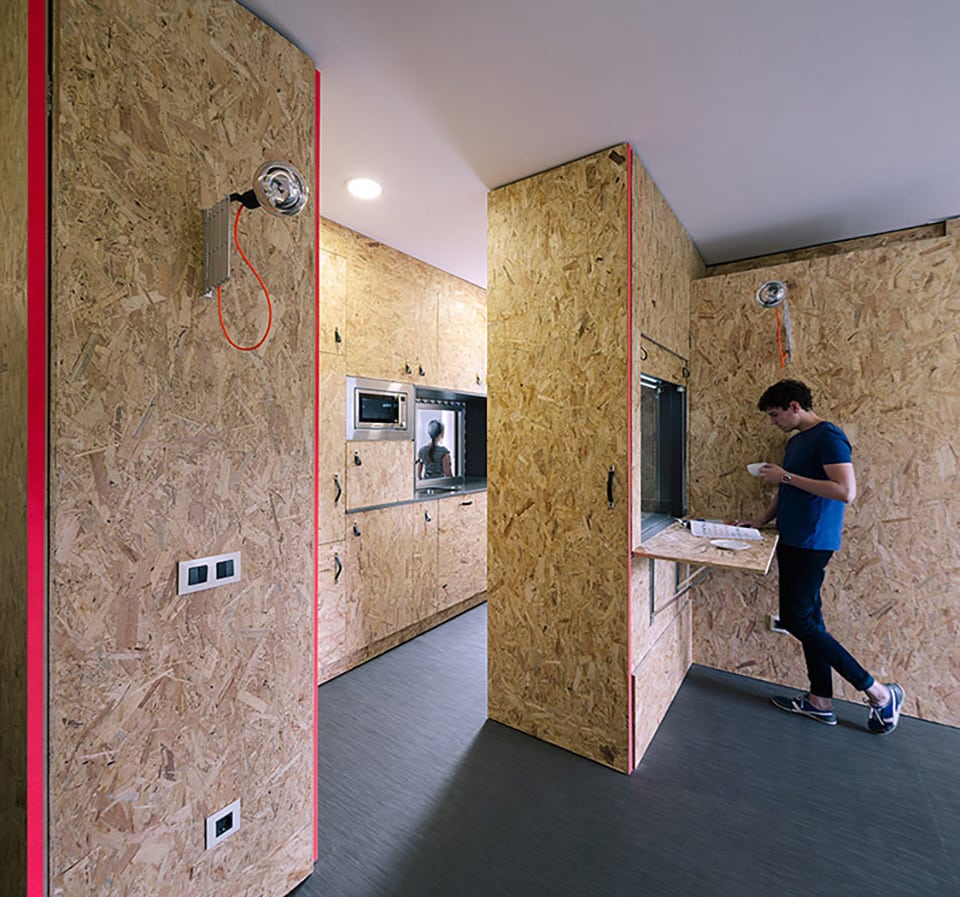
Very similar to the robotic furniture that we had previously discussed, the auto-reconfigurable infrastructure is one that could be independently managed and controlled by wireless technologies.
One of the stunning works in this department is the Pop-Up House by TallerDE2 Architects. This is a 68.5- square-meter micro-apartment for a single person that is equipped with concealing panels that hide different elements and functional spaces in the room. The partitions can be moved around to create the desired space.
The apartment is made of 54 individual components which that could be unfolded, closed, opened, or moved around to create a flexible and fluid living area. These independent components could be activated to reveal shelves, storage spaces, and windows; moved about to make rooms or expand the existing interior spaces;, or these can also be pulled down to be tabletops.
-
Gesture-controlled Architectural Lego-designs
And as if automated moving structures and bot furniture weren’t enough, we could even tell you about gesture-controlled ones thatwhich are as much a reality as the rest of them!
Gesture-controlled multifunctional units could be easily controlled by touch, gesture, or voice control to open up into substantial chunks of functional portions.
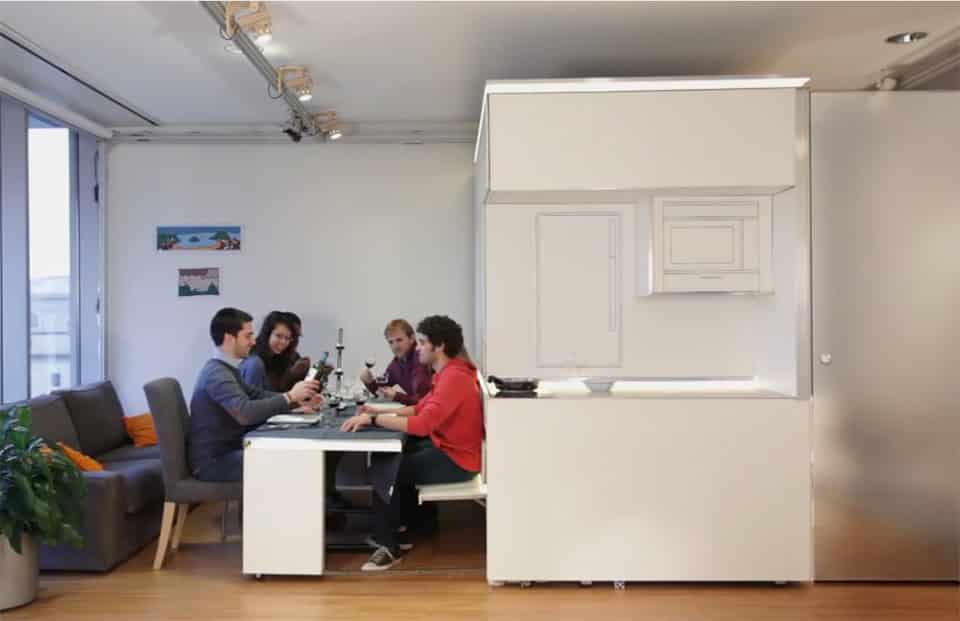
Gesture-controlled components do work exceptionally well for crunch-spaces, where they can freely interact with the dimensions to set up a cozy arrangement accordingly.
The example we have here is a marvelous example one of the same created by MIT Media Labs. Known as the MIT CityHome, it is an entirely gesture-controlled residence packed into a mechanical box that is approximately the size of a closet.
This “box-house” consists of a bed, dining table, kitchen surface, closet, storage spaces, and a cooking range. All of these domestic elements could be accessed via touch, gesture, or voice control.
-
Lego, Minimalism, and a Bit More!
And tThis one is an upgraded take on Lego designs and how far can architectural minimalism be defined when it comes to a “meta” or “self-referential” approach.
The strategic trials and tests with Lego designs have been taken to unbelievable new heights. And, sure enough, they have yielded some spectacular results. The impeccably versatile Lego -style has been experimented upon time and again with all sorts of elements, layouts and technological components, and it definitely has not failed us, acing the game in unique new colors every time!

What we have right here to show you is a spectacular structure that is designed in the same way the Lego bricks are designed to fit seamlessly with one another. This is the Lego Apartment designed by Spanish architect Barbara Appolloni. Situated on the rooftop of a narrow Barcelona building, it is a 24- square-meter configurable apartment that’s inspired by Japanese minimalism and boat interiors.
A structure that is made up of pieces that fit perfectly together is the core formula and ideal analogy of any transformable interior. And that’s exactly what we can observe in this apartment whose walls conceal everything except the sink and the shower.
The kitchen, the closet, the bed, and the toilet are all concealed behind walls that can be accessed through the movable panels.
The play of wood, glass, and marble is something that makes the balance of elements in the structure absolutely perfect, yet delicate in all aspects.
-
Tales of Drawers and Shelves
One of the highly ingenious ways of increasing functionality of a limited space is to play upon the attributes of drawers and shelves for that purpose. These act as functional storage components which help accommodate the rest of the required facets of the room.

One of the brilliant examples of the same is this 15- square- meter room that was transformed into a utilitarian living space by Israeli architect Ranaan Stern. The designer incorporated several drawers, slots, and other types of storage units of varying sizes and configurations in the room.
The project is known as the Space-Saving Modular Studio, and it consists of pegboard display walls, 36 drawers, two desks, shelves, modular storage compartments, as well as a bed tucked away in one of the walls.
This tiny room could be used as a comfortable guest room or an organized working studio.
-
Rotations are the Revolutions!
One of the raving designs that have taken the world of multidimensional and multifunctional arrangements for limited spaces by storm is the rotating structure-configurable systems. These go on the walls of the apartment and areis designed to create flexible and functional spaces and aspects for the room. The main idea is to have the kind of systems that will make these rotate to open up newer dimensions to the room.
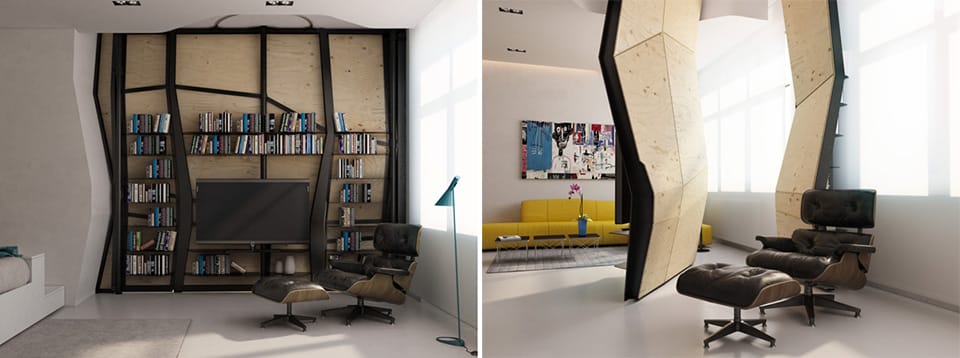
To clarify even further, we have the Transformer Apartments by Russian designer Vlad Mishin. This 60- square- meter residence uses blocks that fold or rotate to define and accentuate the borders of the space.
The apartment is actually separated by a wall structure thatwhich has one of its ends created with transforming blocks that unveils a TV and a storage space, opening up to the bedroom.
The main portion of the wall conceals the bathroom door, the refrigerator, and the kitchen equipment.
-
Block-build an Open Seating Layout
As youwe all may have noticed, all the styles that have been discussed until now, all conform to the natural arrangement of the building blocks, no matter how abstract or futuristic they may seem.
And that is exactly what Lego makes us understand: blocks hold as much power over the design on the surface, as much as it does over the pattern of the architectural foundation on which it stands.
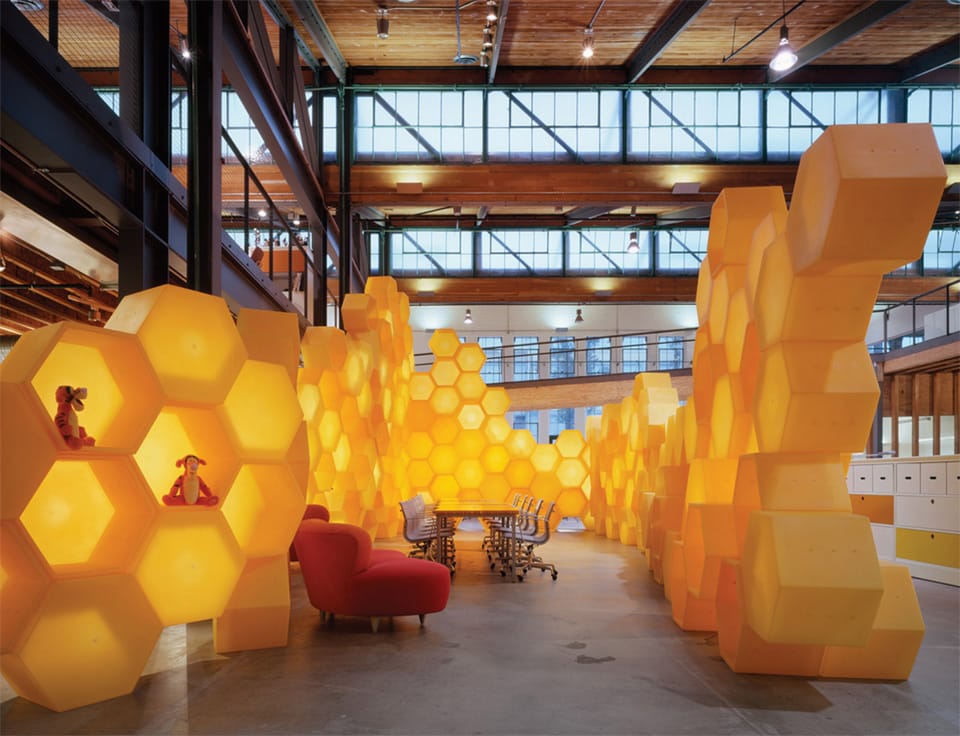
The arrangement of blocks to create a functional and flexible layout is simply outstanding in whichever way you look at it.
Here, we have an example of such a Lego-inspired pattern by Clive Wilkinson Architects. They have used modular systems that dually function as both architecture and furniture for the layout of the Disney Store Headquarters in Pasadena, California.
It includes a 20-person Block Conference Room that possesses two walls made of foam walls thatwhich could be disassembled to create a 200-person seating system for company meetings.
Another vital aspect is the honeycomb interior structure thatwhich forms a second conference area and could also be used as product display shelves.
-
The Home/Office Switch!
Switchable units that transform the utility and purpose of a given space is one of the most popular and common ways of configuring a given area. It could be effortlessly done and easy to maintain. The simplicity and immense versatility of this arrangement have given birth to countless innovative ideas. And the most sought-after one is probably the switchable home and office spaces.
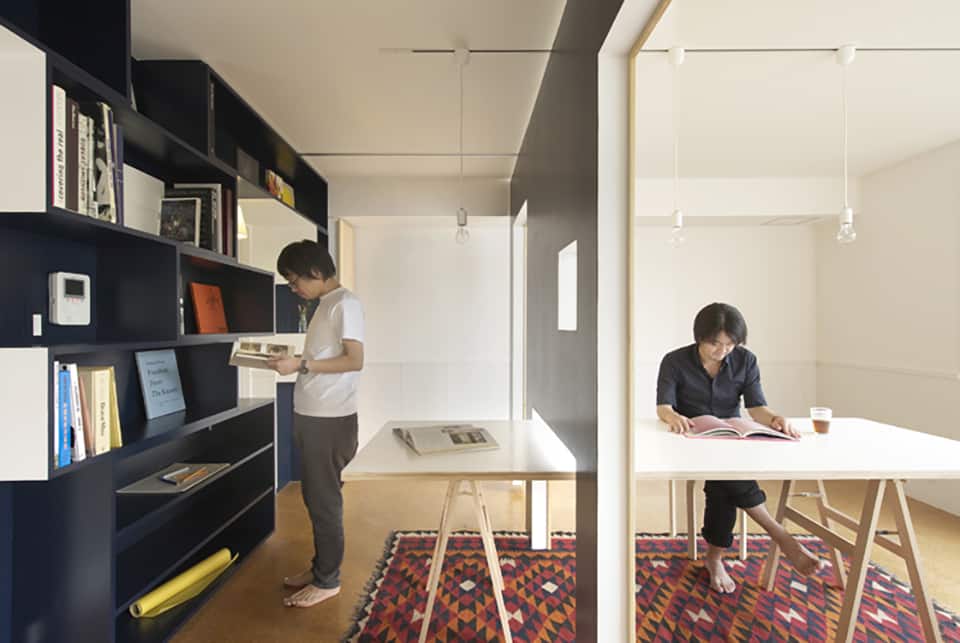
Japanese designer Yuko Shibata has added a mobile wall along with two bookshelves with large doors that allow the residents to switch the space from “home” to “office” with no changes made to the existing floor plan. This home-office project is known as the Switch, and it has mobile wall slides over a dining table, creating a “meeting” or shared space at the common table.
The bookshelf in the bedroom could become a partition between the bedroom and the study area to make a larger working space while maintaining the privacy of the bedroom.
Finding the right furniture for a configurable space could be as hard as deciding on the apartment design deciding itself.
-
Best of the “Simple” and the “Suave.”
You will find no shortage of simple, configurable designs when it comes to that. From folding apertures to sliding panels, there is everything you can think off to make your home a unique place to be at.

But, the real challenge is to get the perfect mix of the simple charm of mostly manual arrangements with just the correct amount of technological magnificence to it.
The presented example is that of Hong Kong-based architect Gary Chang’s 32- square-meter apartment, which could be configured into 24 different designs.
The apartment had been the architect’s childhood home, and it now consists of foldable and concealable furniture that moves on tracks to create different flexible arrangements for spaces for all the rooms in the house.
The mechanical systems could also be voice-controlled via smartphone.
-
To the Bar!
Managing a crunch-space residence could be comparatively tough, to begin with. And although bringing in a multifunctional aspect could be just what you need, it may still not be able to provide you with an option for recreational alternatives than just the basics of living.
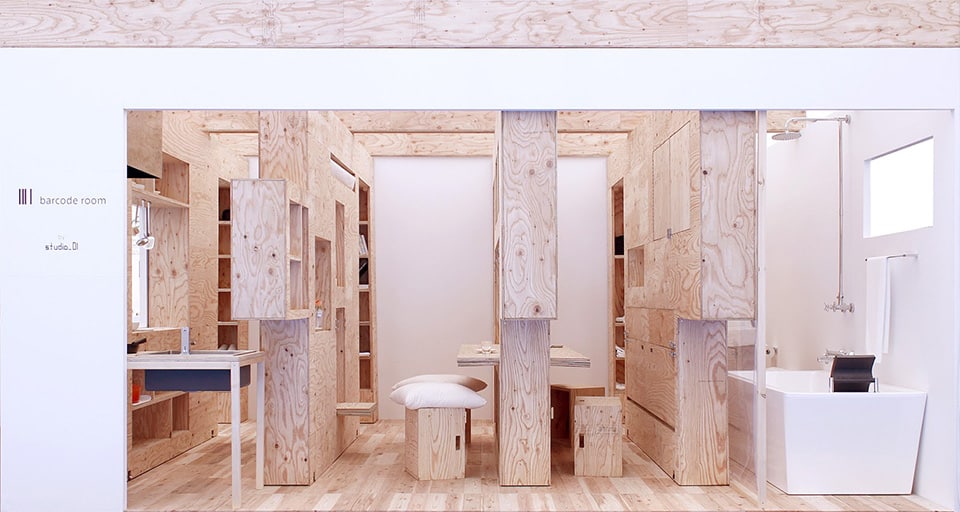
However, with modern upgrades in the field have produced some groundbreaking options of late that have brought new hope.
One of those is the Barcode Room by Studio_01, a configurable concept studio apartment with a sliding wall that could accommodateput in a small bar. That small unit, in turn, hides other functional segments such as a closet, a table, or a foldable or pull-out chair.
Users could have 12 types of bar elements to pick from, as well as other customizable combinations.
The bars could be added to an existing layout or used to transform a new apartment.
Conclusion
And with that, we come to the very end of this guide on Lego-style architecture to transform your home.
We hope that we were able to make you go back in time with our favorite Lego-themed layouts and have inspired you to put them to the test!
Here’s wishing you all health and happiness for your next home design!
Till next time!
Related Articles
Can Construction Toys Like LEGO Bricks Influence a Child’s Intellect?



